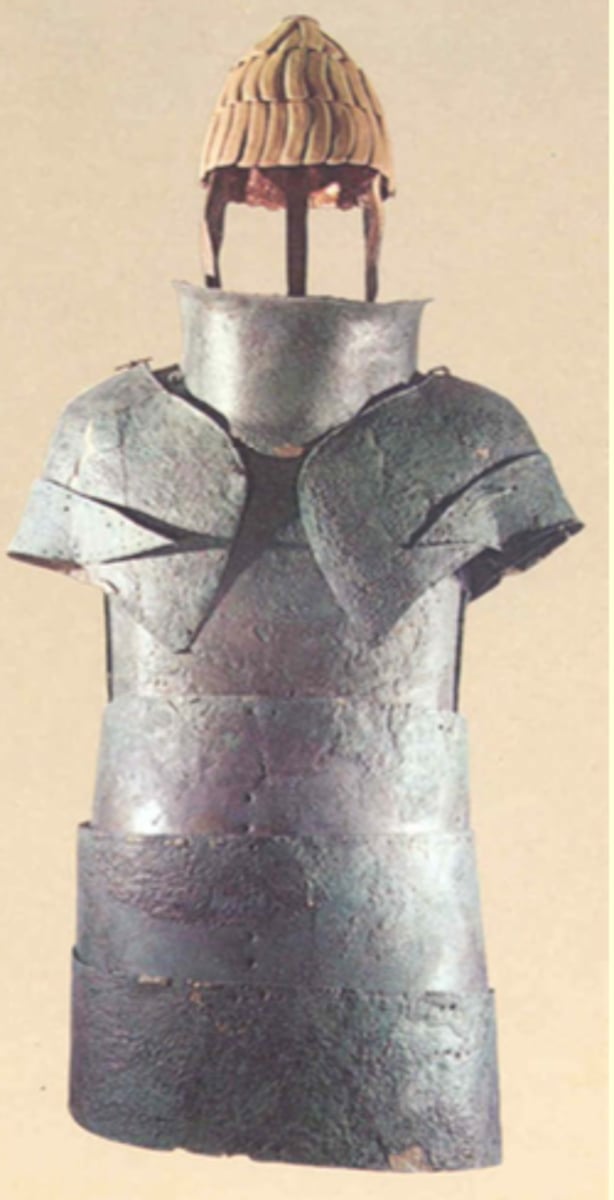Ancient Minoan and Mycenaean Archaeology: Key Figures, Sites, and Artifacts
1/113
There's no tags or description
Looks like no tags are added yet.
Name | Mastery | Learn | Test | Matching | Spaced |
|---|
No study sessions yet.
114 Terms
Sir Arthur Evans (1851-1941). Excavator of Knossoss
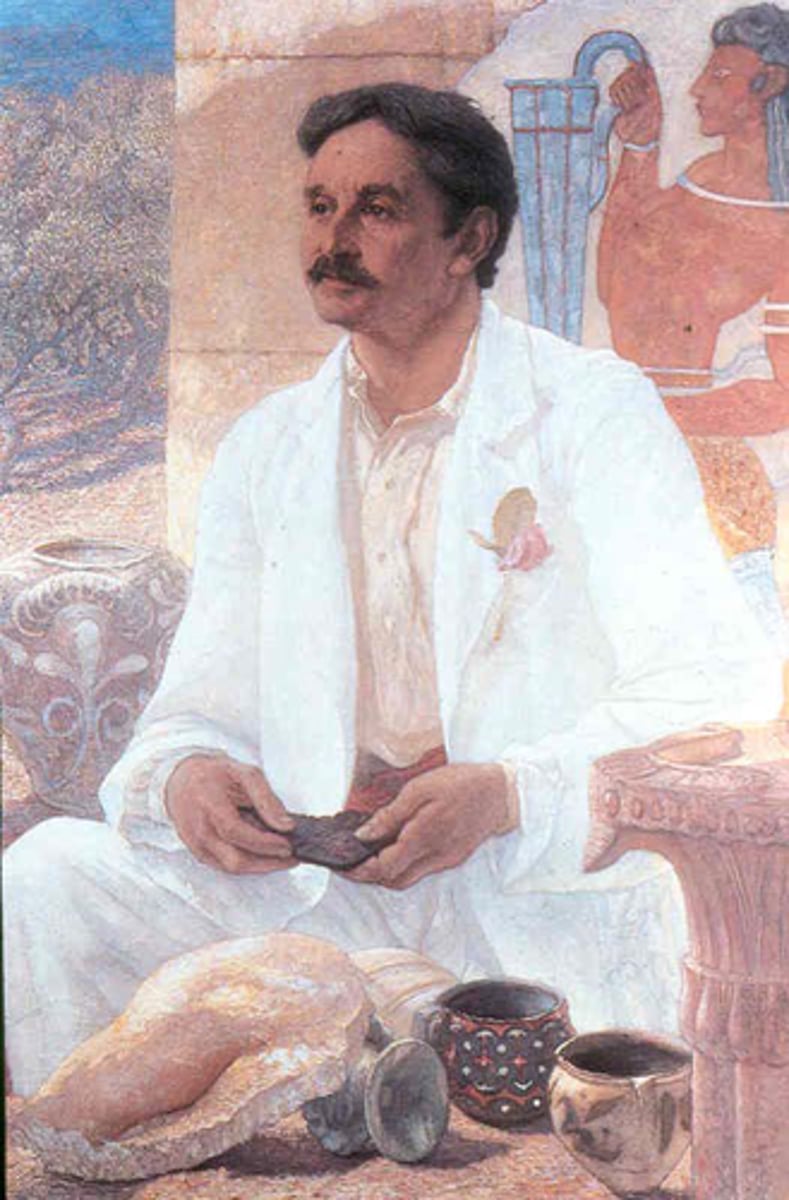
Heinrich Schliemann. (1822-1890). Excavator of, among other sites, Troy, Mycenae,Tiryns
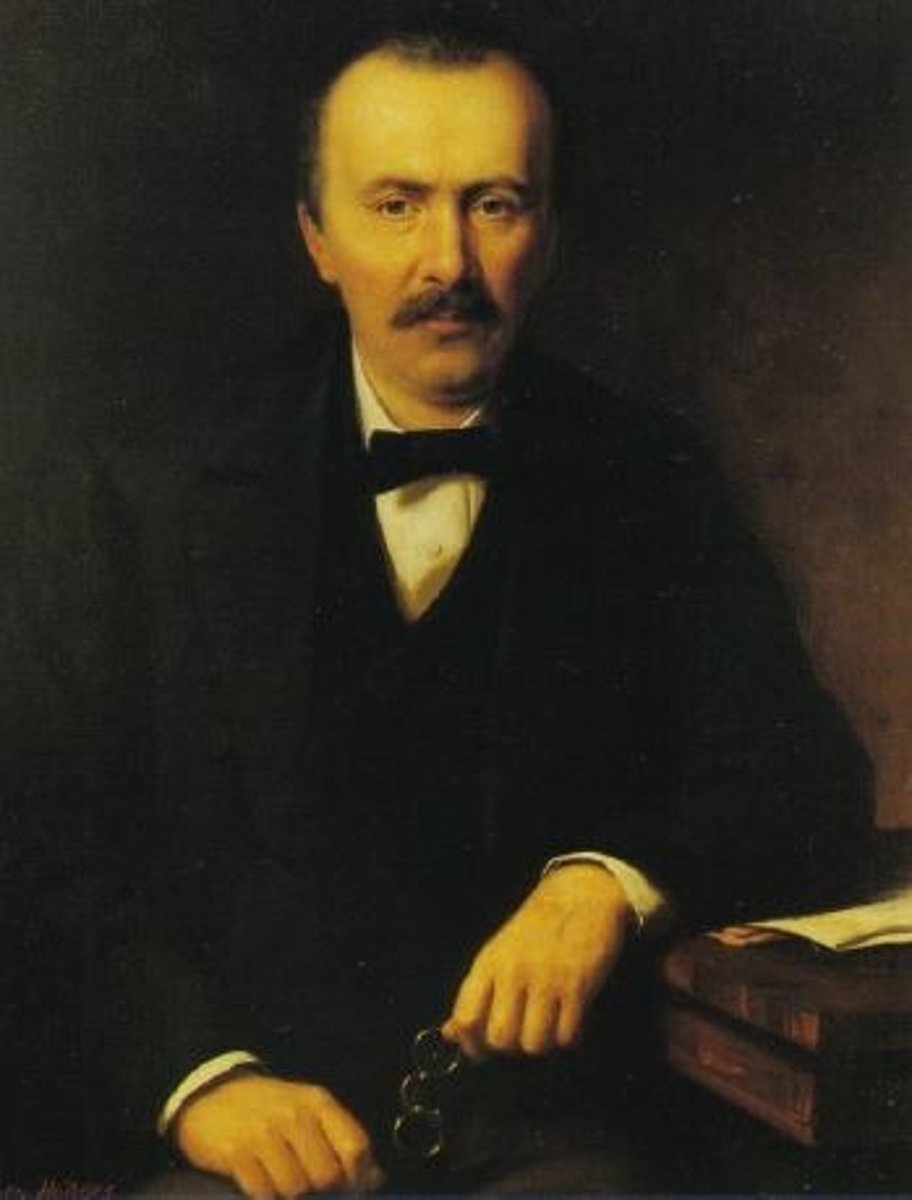
Christos Tsountas. (1857*1934). Discovered cultures of Neolithic Thessaly and the Cyclades
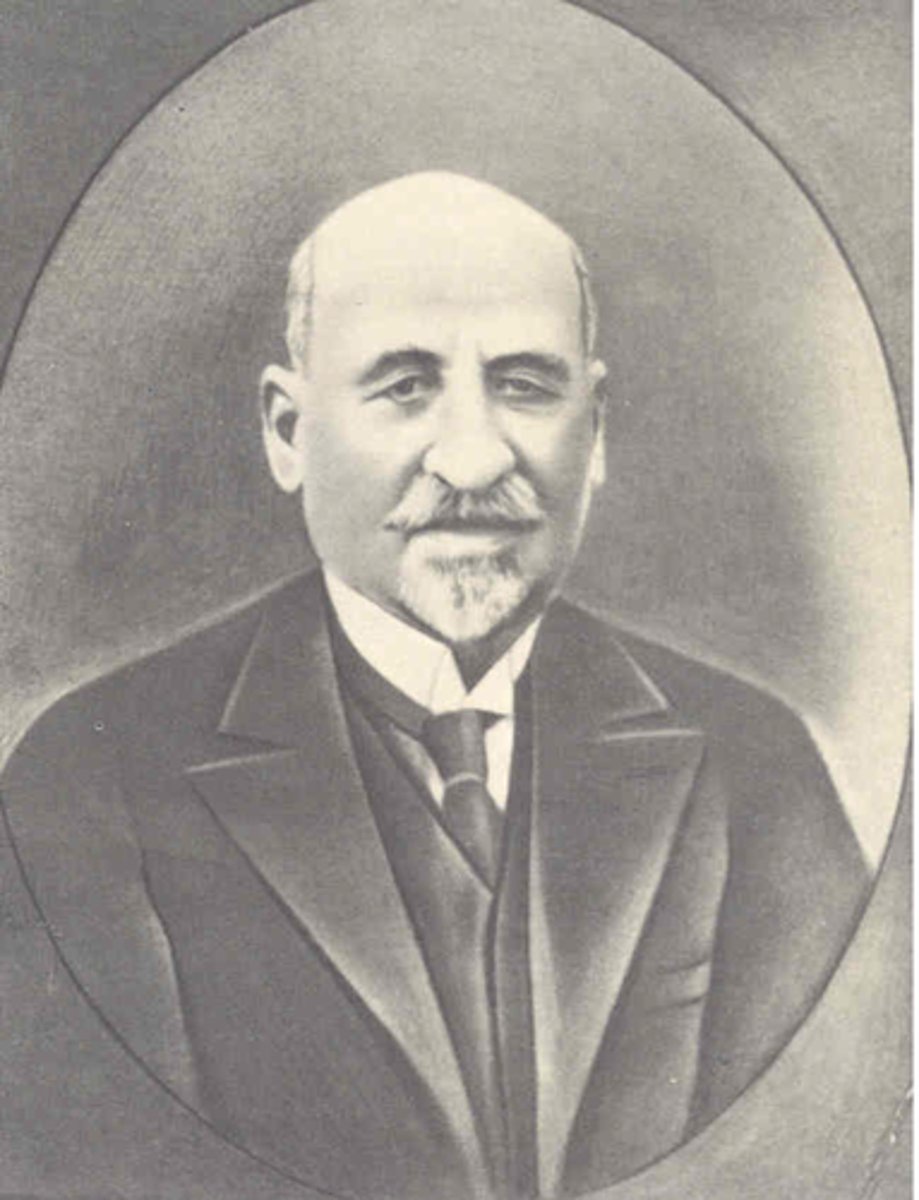
Harriet Boyd Hawes. (1871-1945). Excavator of Gournia
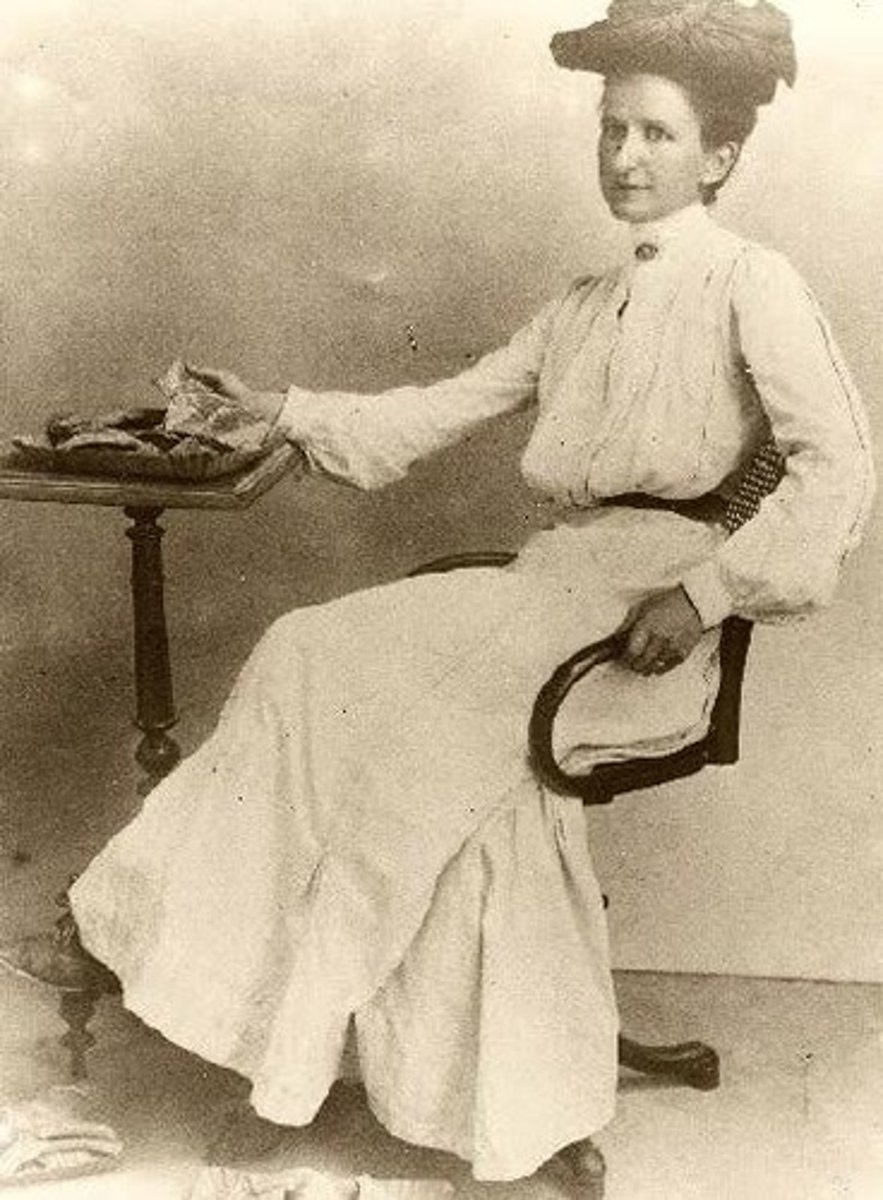
Reconstruction of the Late Neolithic site of Dimini, c.3700-3300 BC.
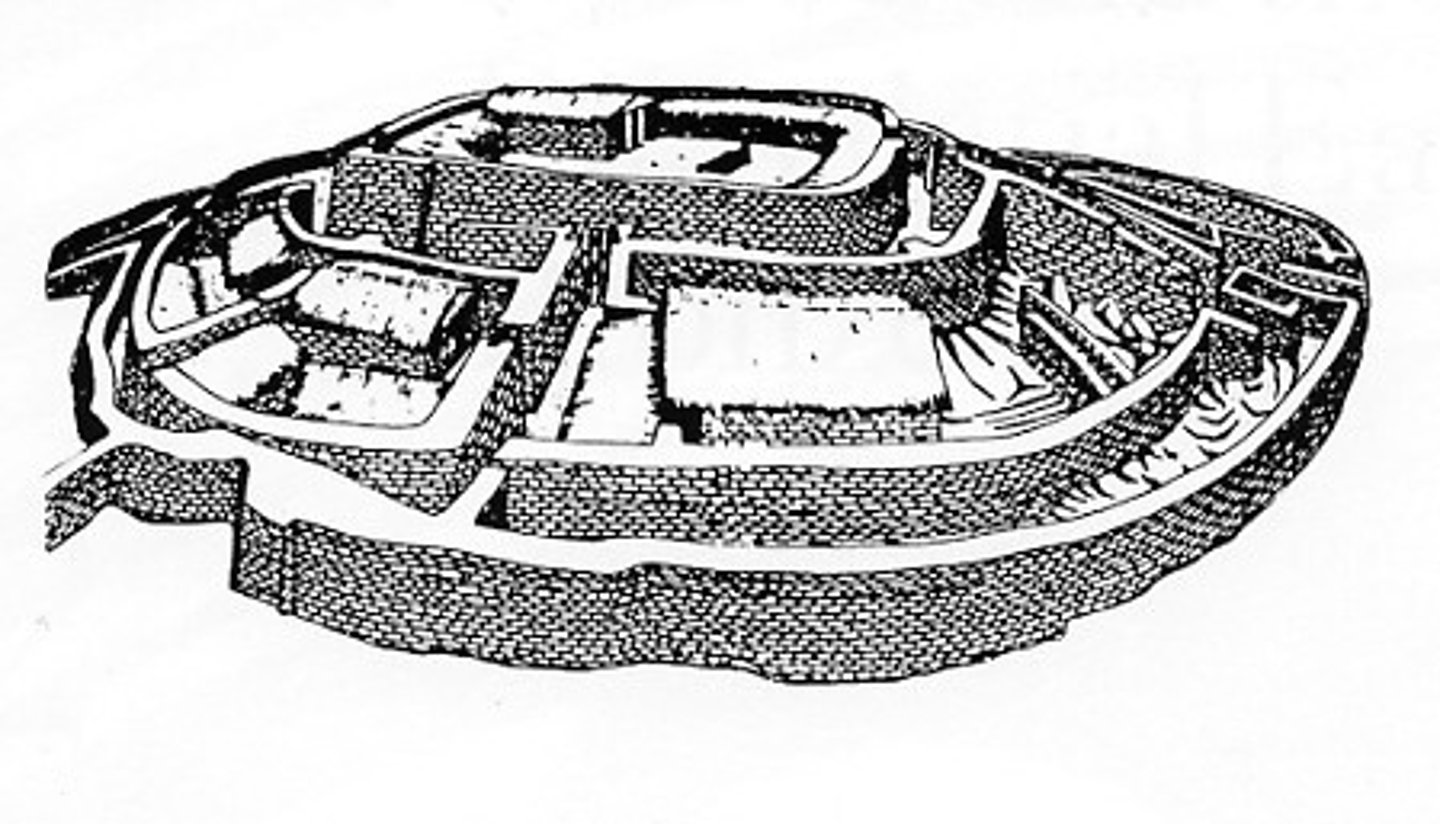
Plan of the Neolithic settlement at Dimini. Note the prominent position of the central building
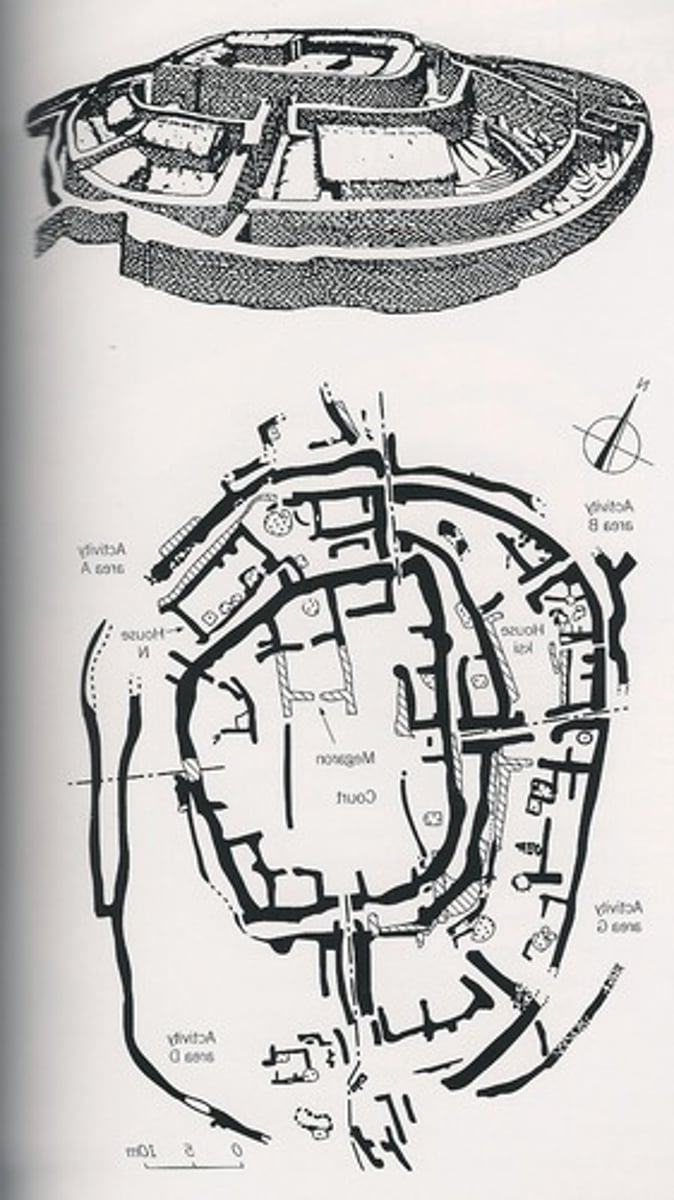
Late Neolithic handmade jar from Dimini (Thessaly), 4thmillennium BC (c. 4000-3000 BC)
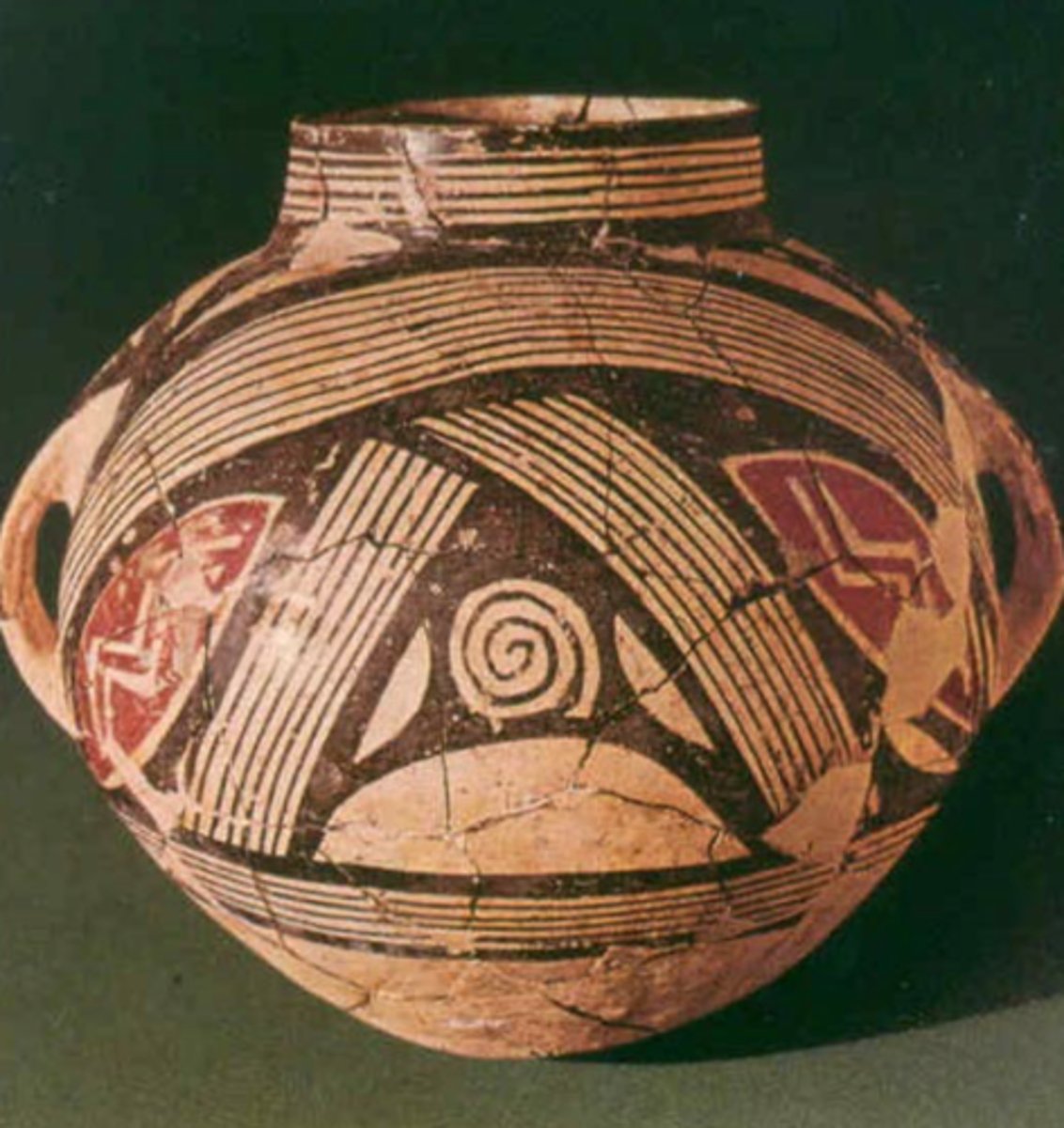
Cretan Neolithic pyxis with incised decoration, 4th millennium BC (c. 4000-3000 BC)
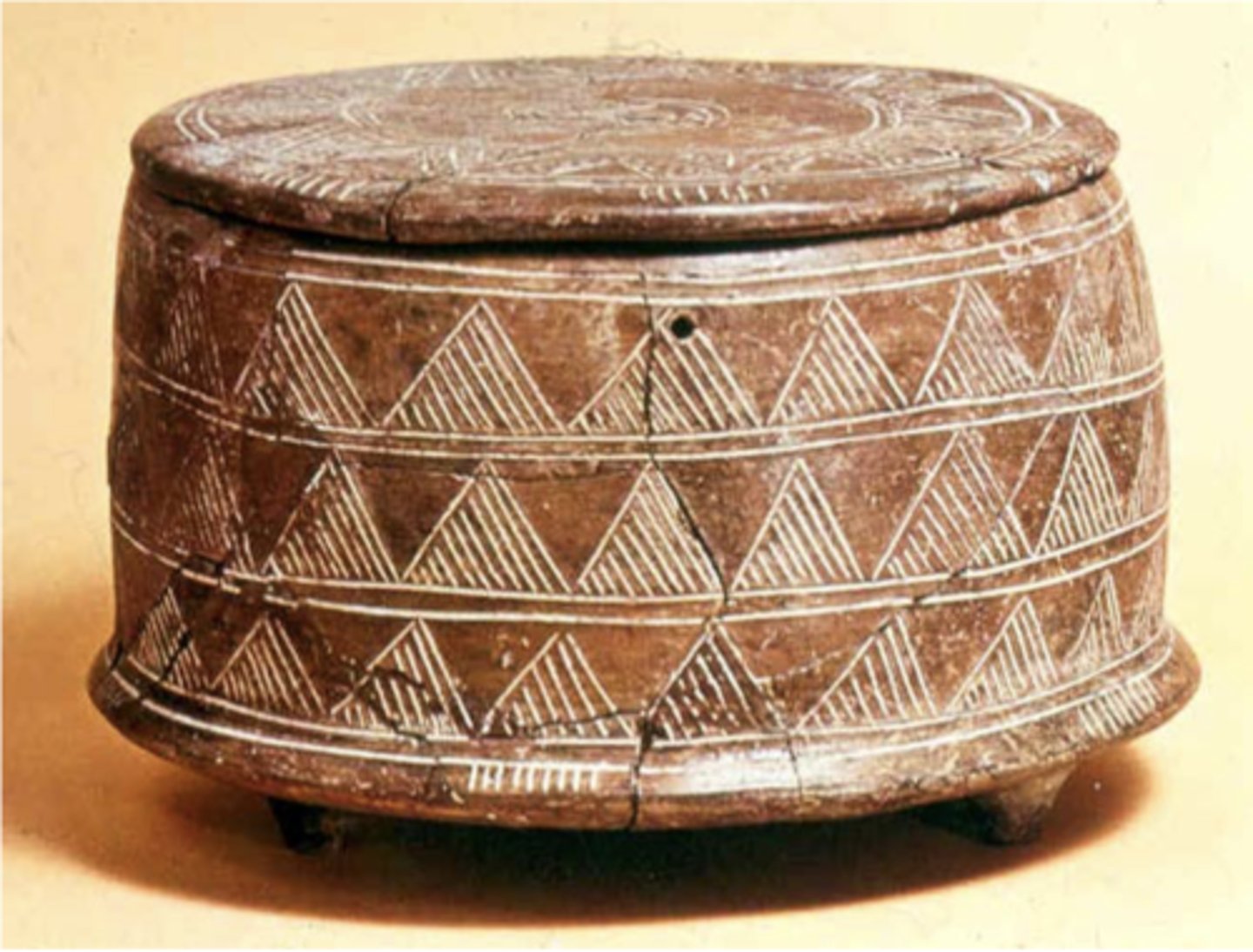
Neolithic terracotta figurines: Left: Early Neolithic from Nea Nikomedia in Macedonia (c. 6000 BC)
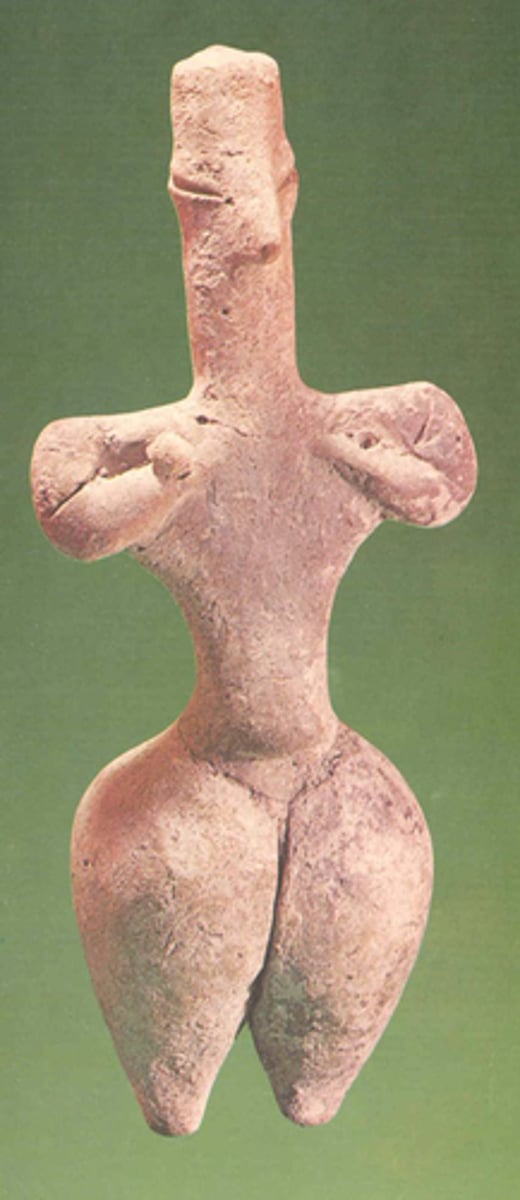
Neolithic terracotta figurines: Right: Middle Neolithic(5th millennium BC) from Pharsala
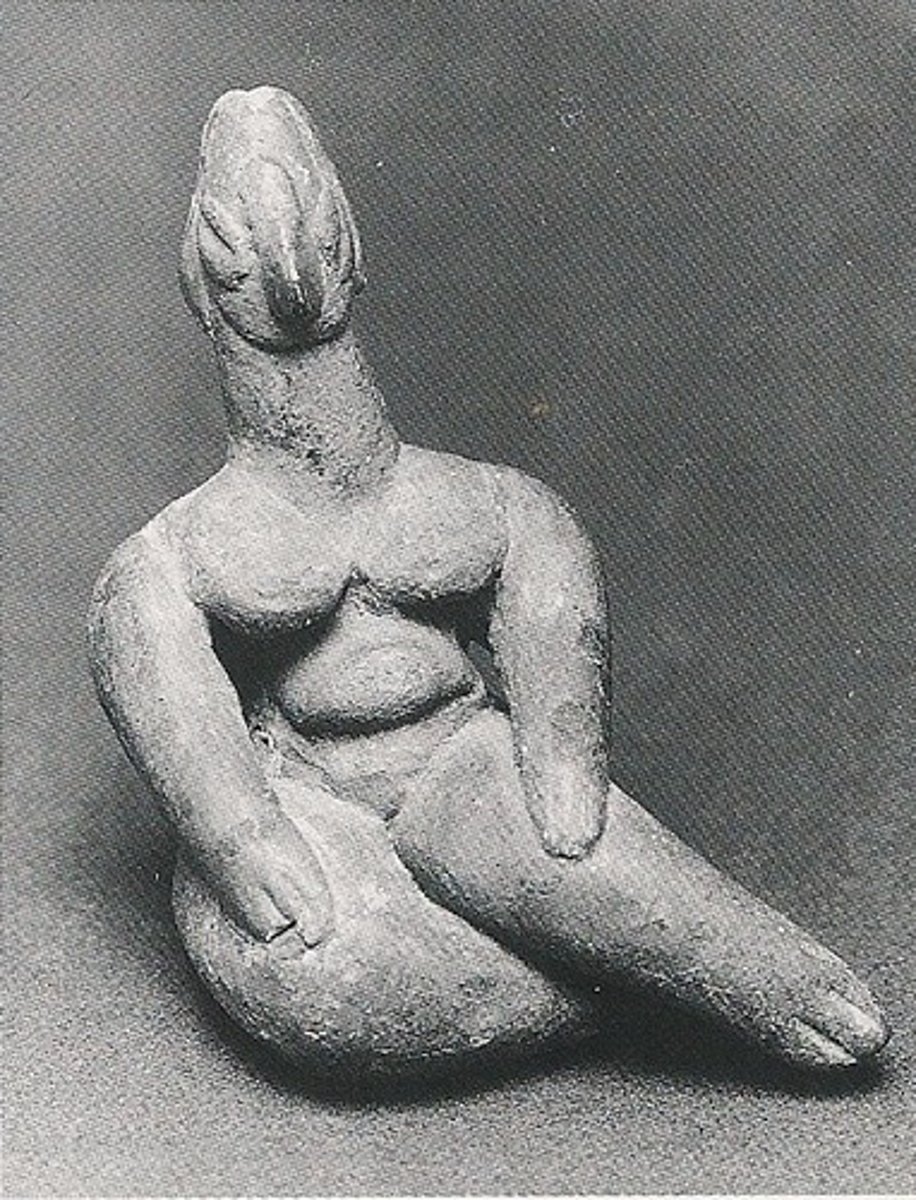
Plan and two views of Myrtos, Fournou Koriphi, the only fully excavated Minoan village. Built & destroyed in EM II (c. 2600-2300)
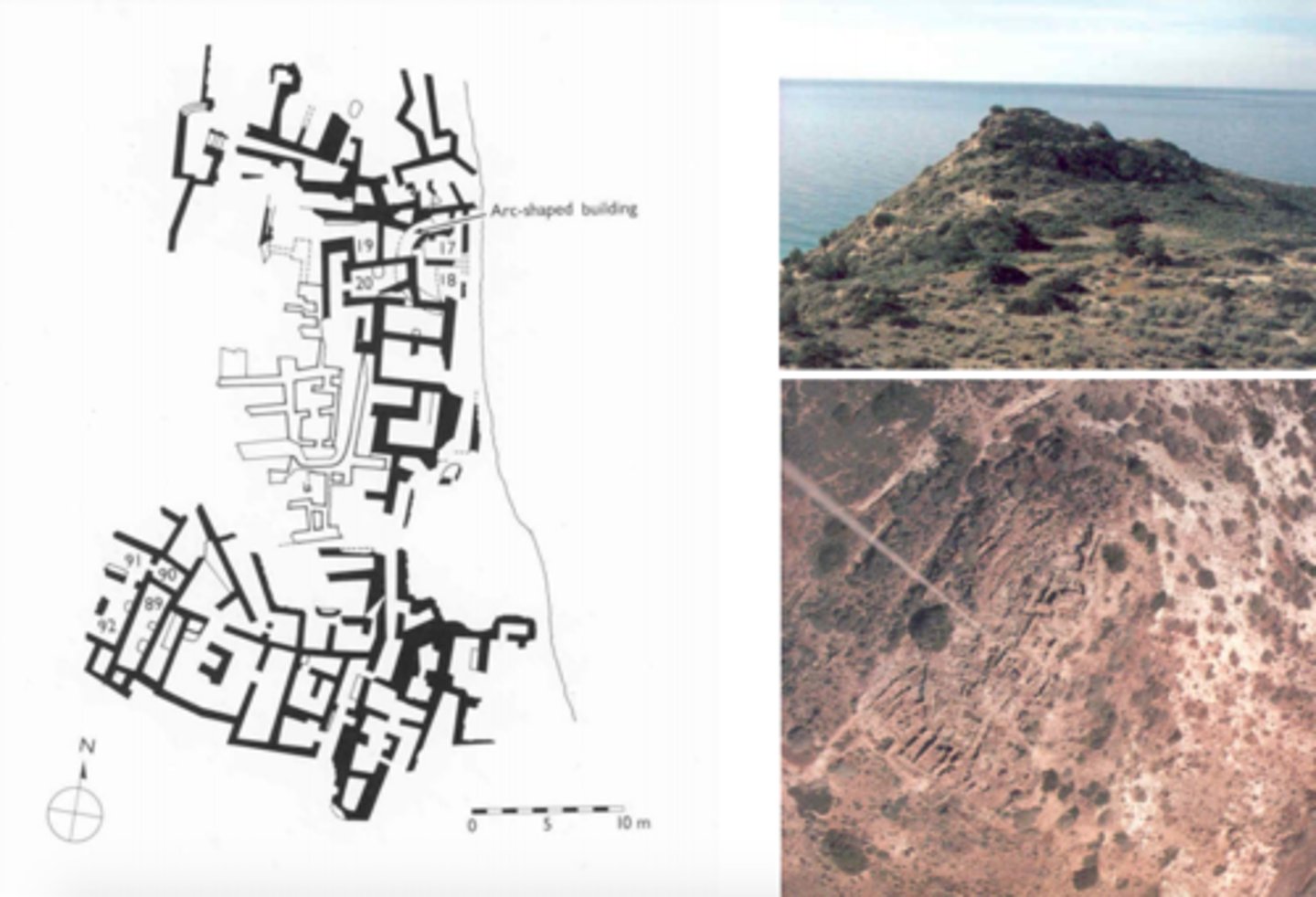
Examples of Early Minoan Ayios Onoufrios ware (Early Minoan I) c. 2700 BC
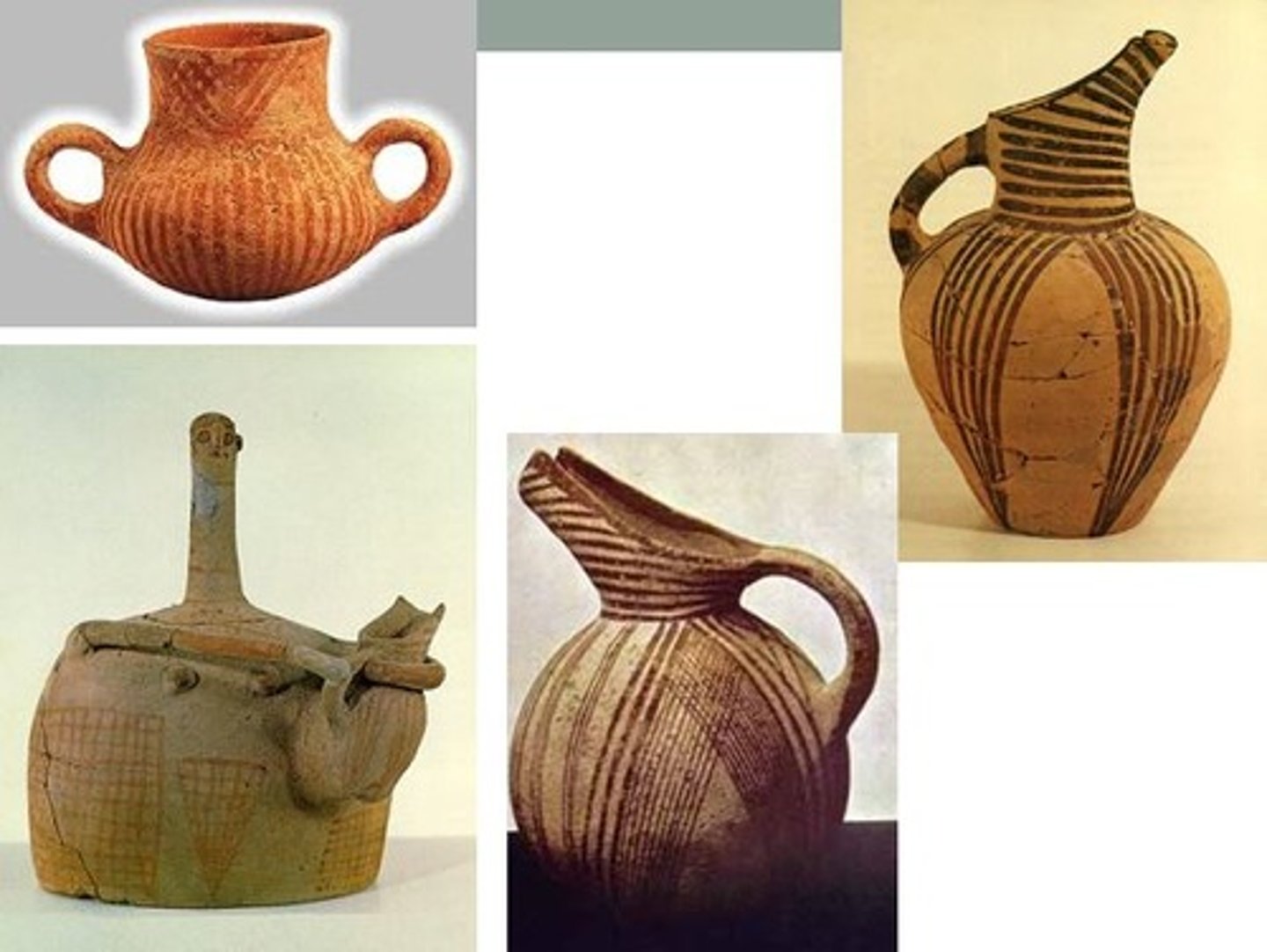
Examples of Vasiliki ware (Early Minoan II) c. 2500 B.C.
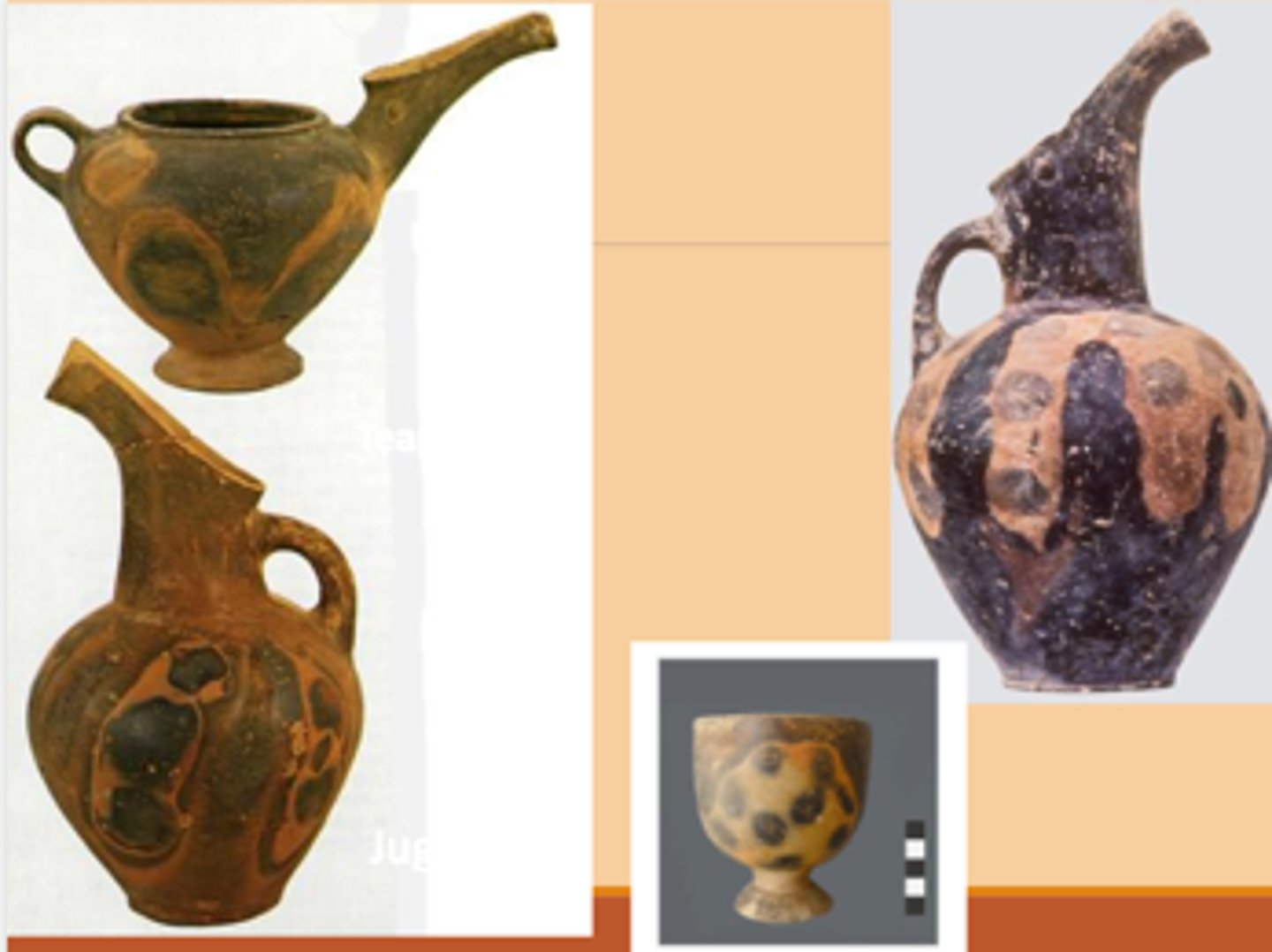
Plan and reconstruction of the House of the Tiles at Lerna. Early Helladic II (c.2900-2400 BC)
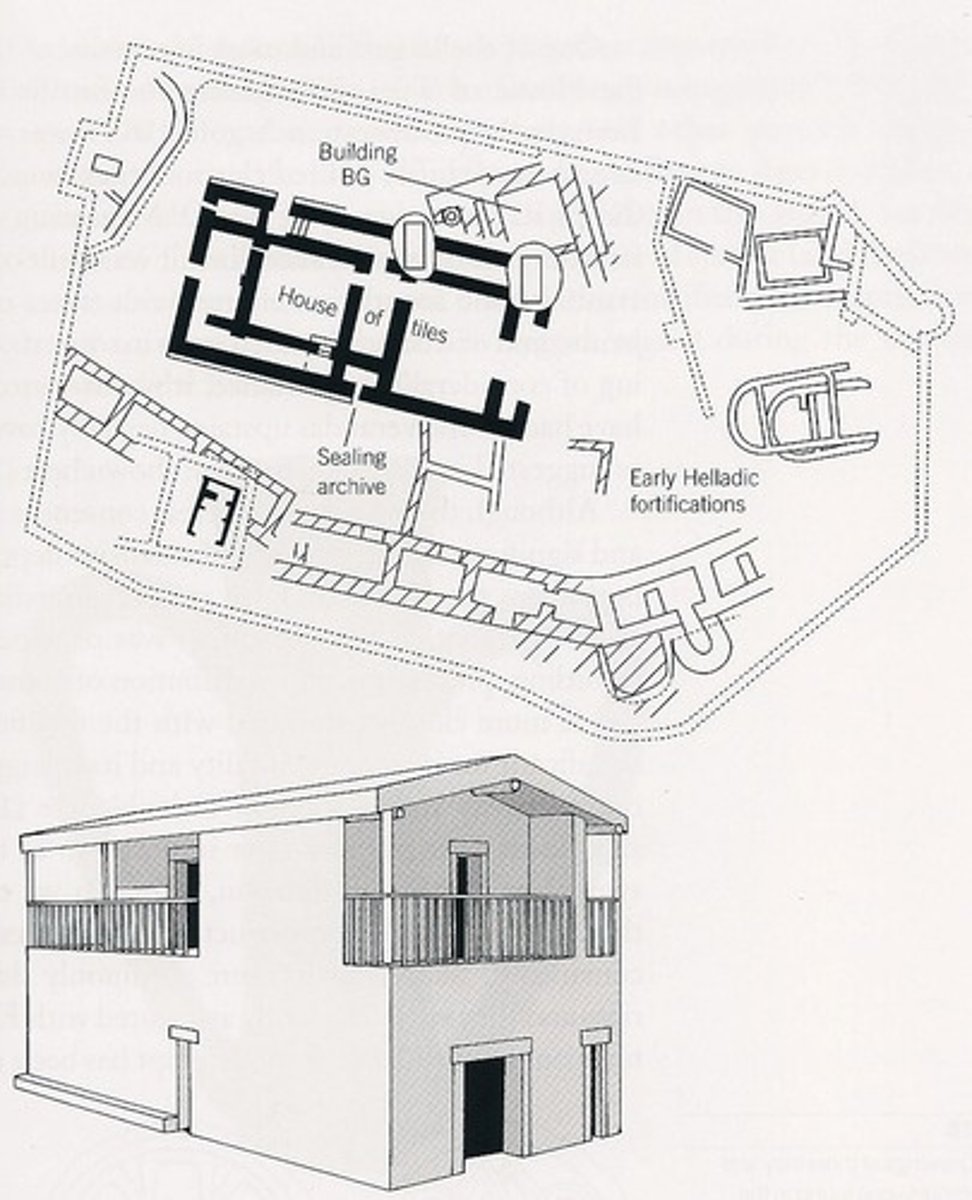
Examples of Early Helladic "Urfirnis Sauceboats" (c.3000-2200/2000 BC (the same shape also occurs in metal)
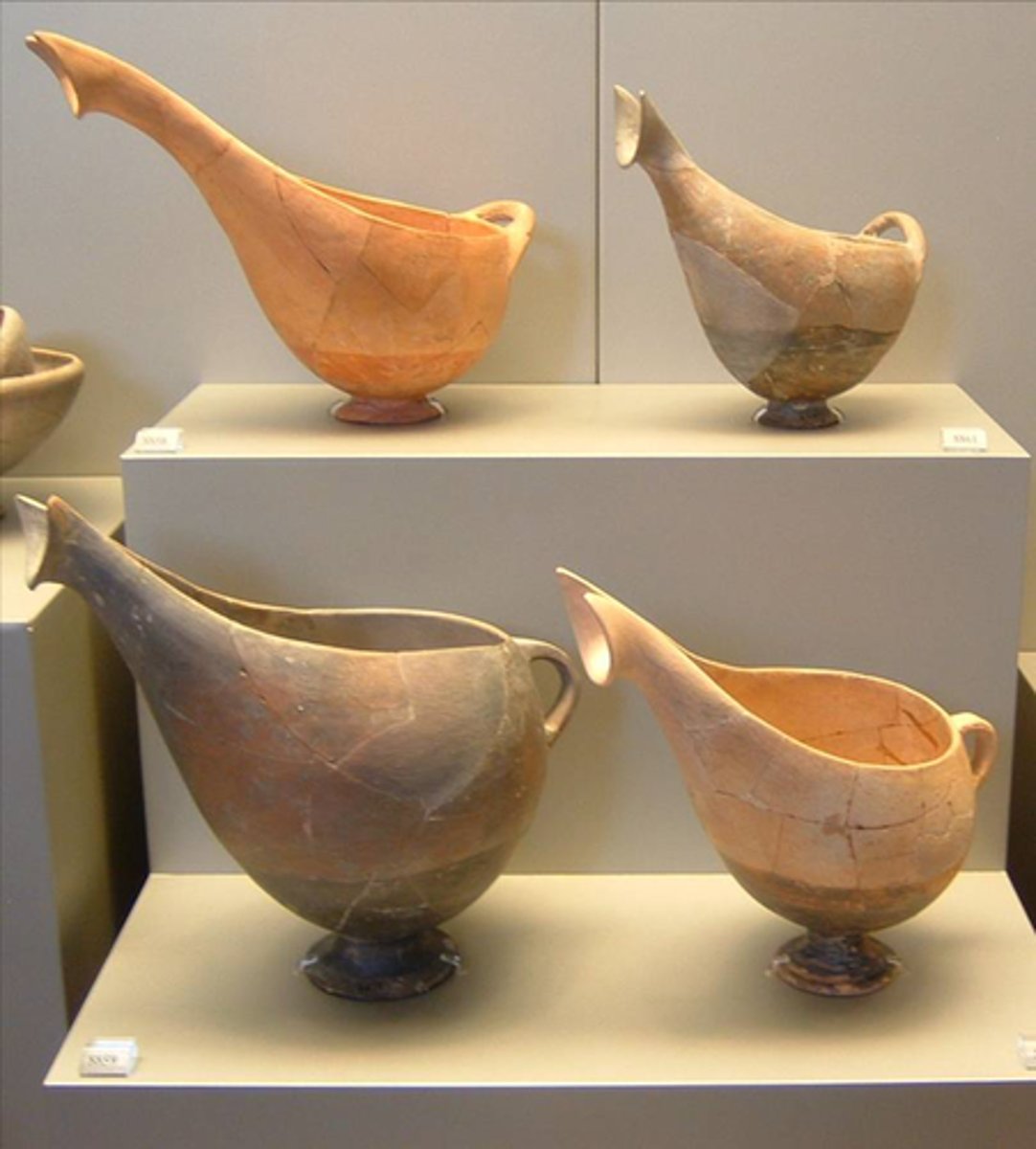
Early Cycladic II "frying pan" made of clay, with incised white-filled spirals and the profile of a ship (c. 2500 BC), from Syros, Chalandriani
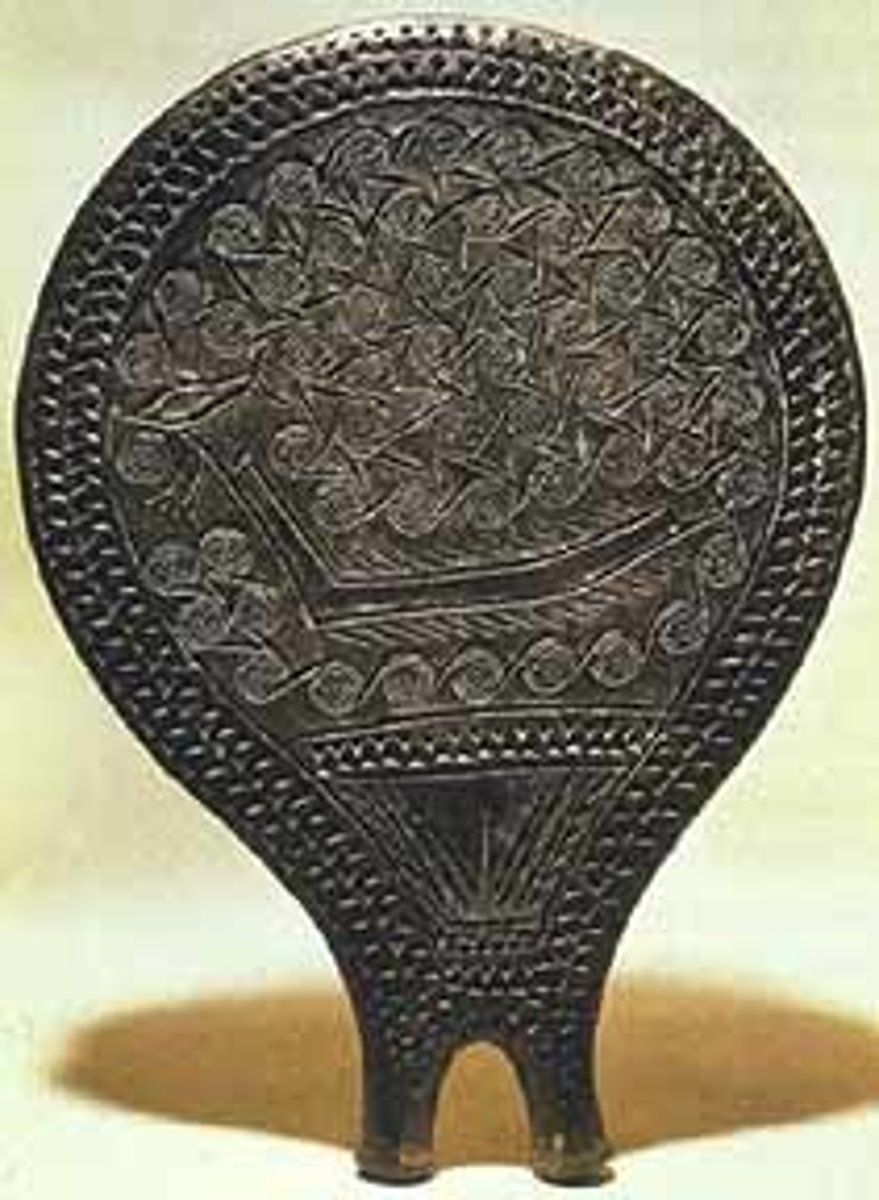
Early Cycladic II vase in the shape of hedgehog decorated with dark paint on light ground, from the site of Chalandriani on the island of Syros (c. 2500 BC)
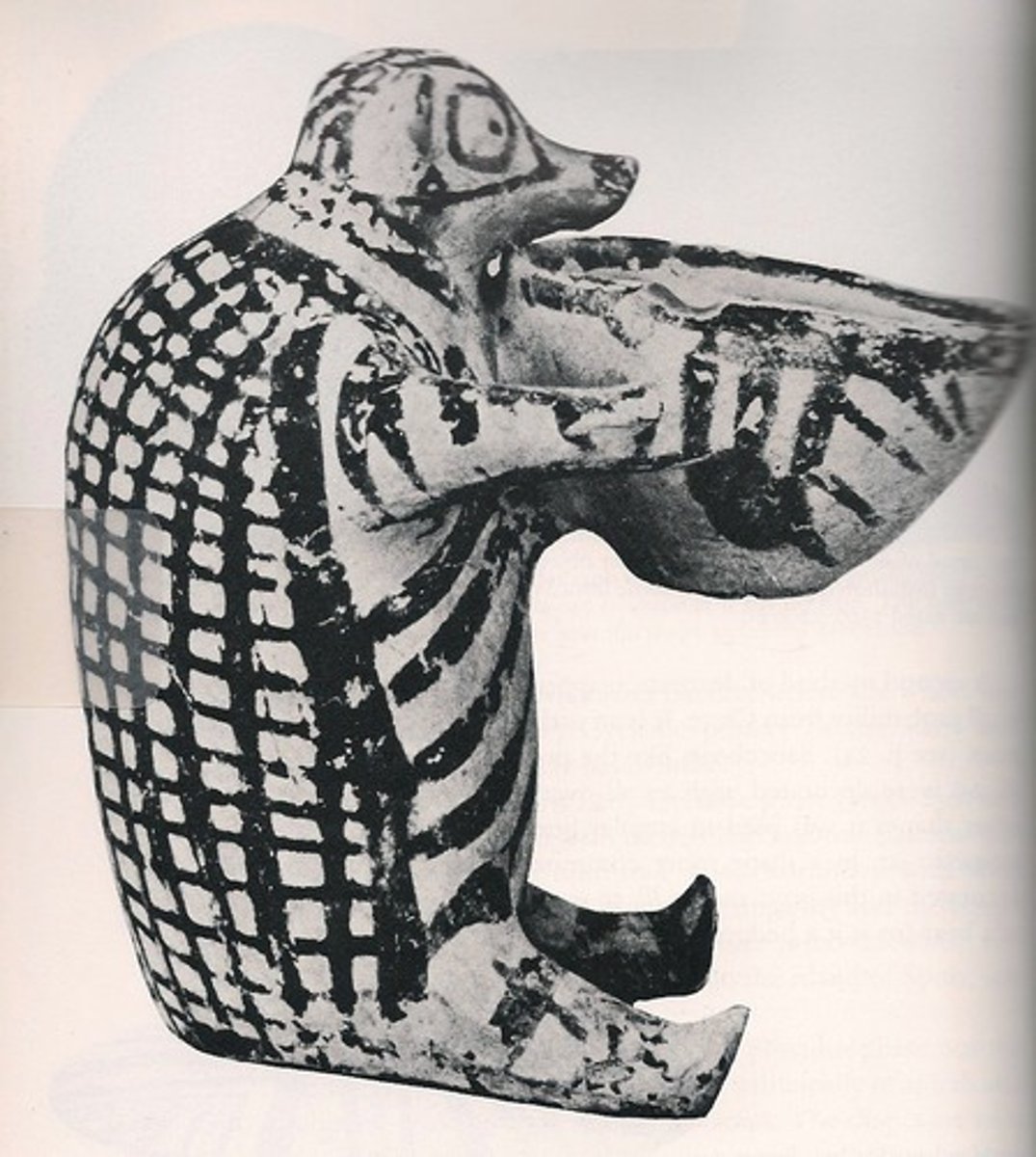
What is the folded arm variety of Early Cycladic marble figurines classified as? EC II
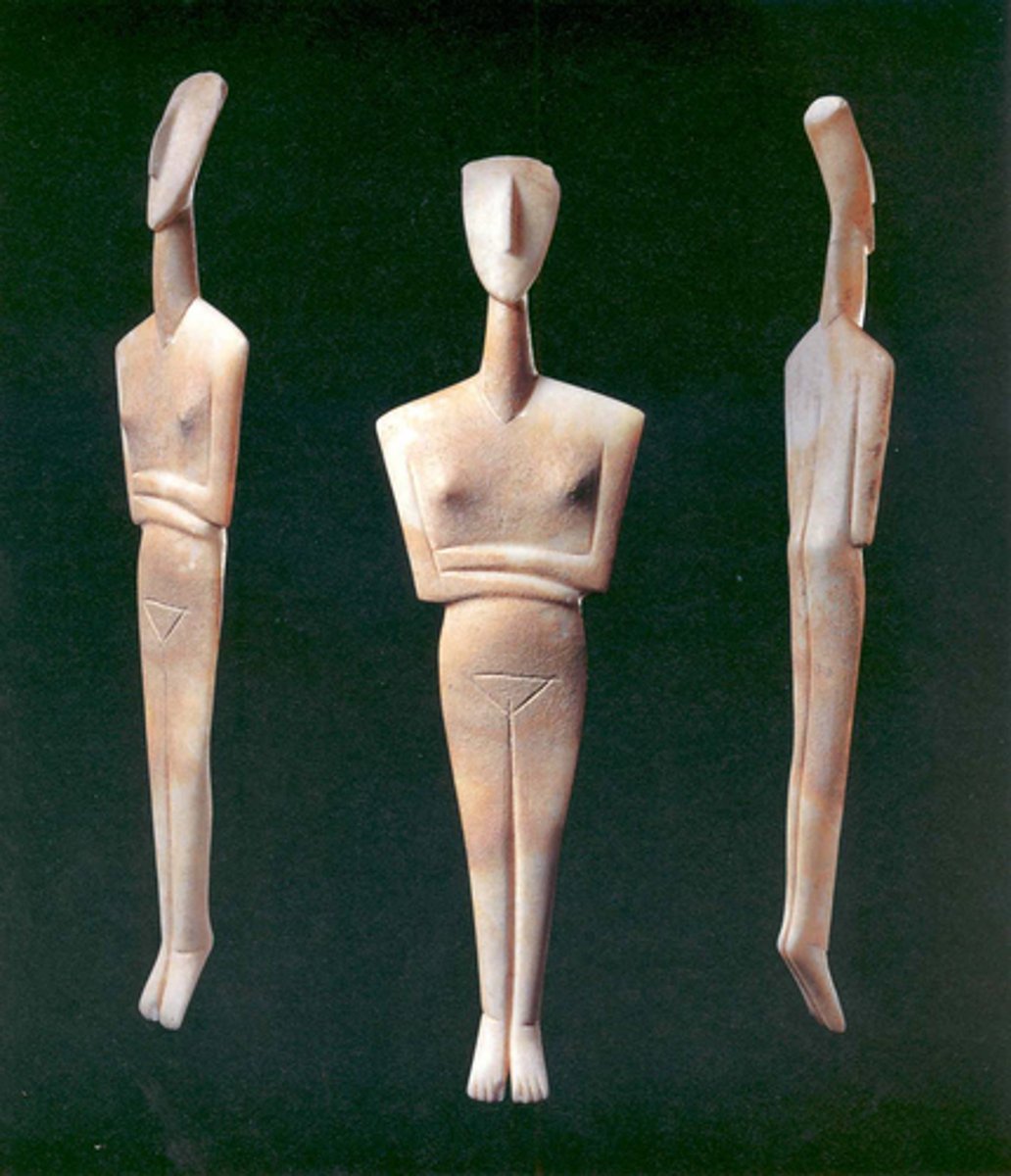
What type is the Louros variety of Early Cycladic marble figurines? EC I
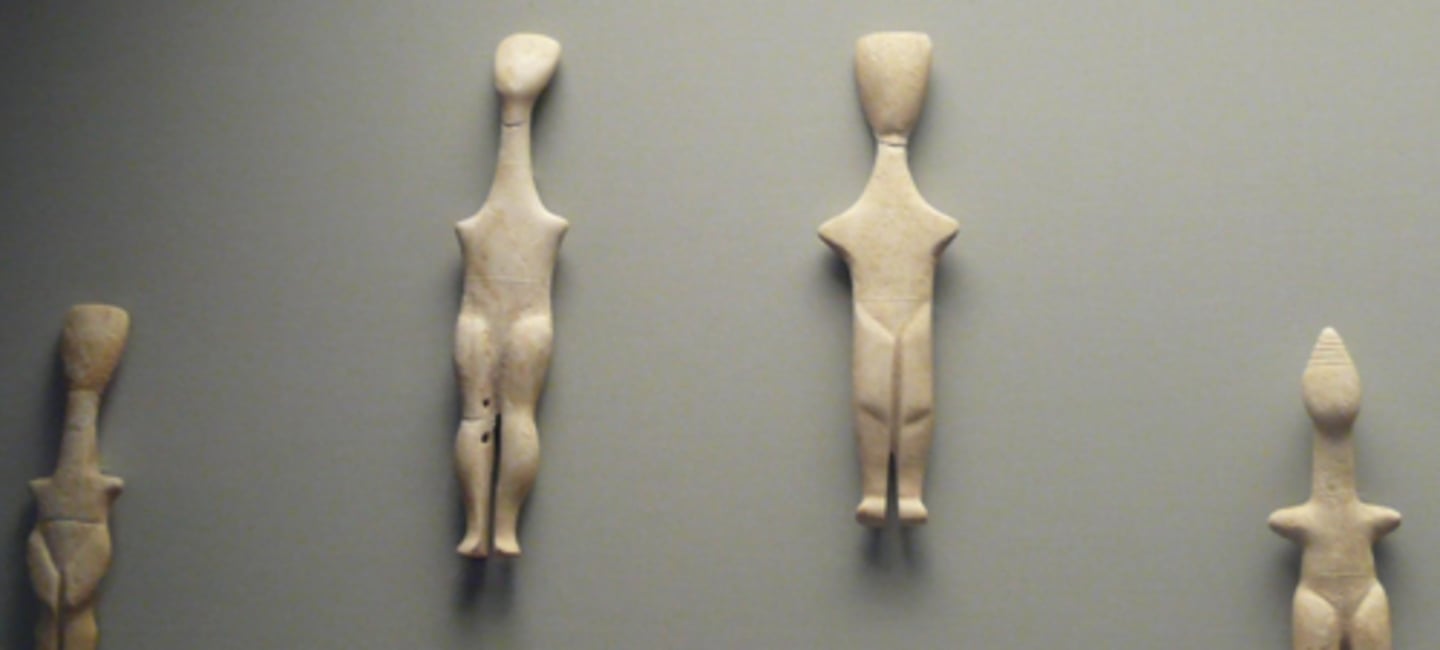
What is the classification of the violin-shaped variety of Early Cycladic marble figurines? EC I
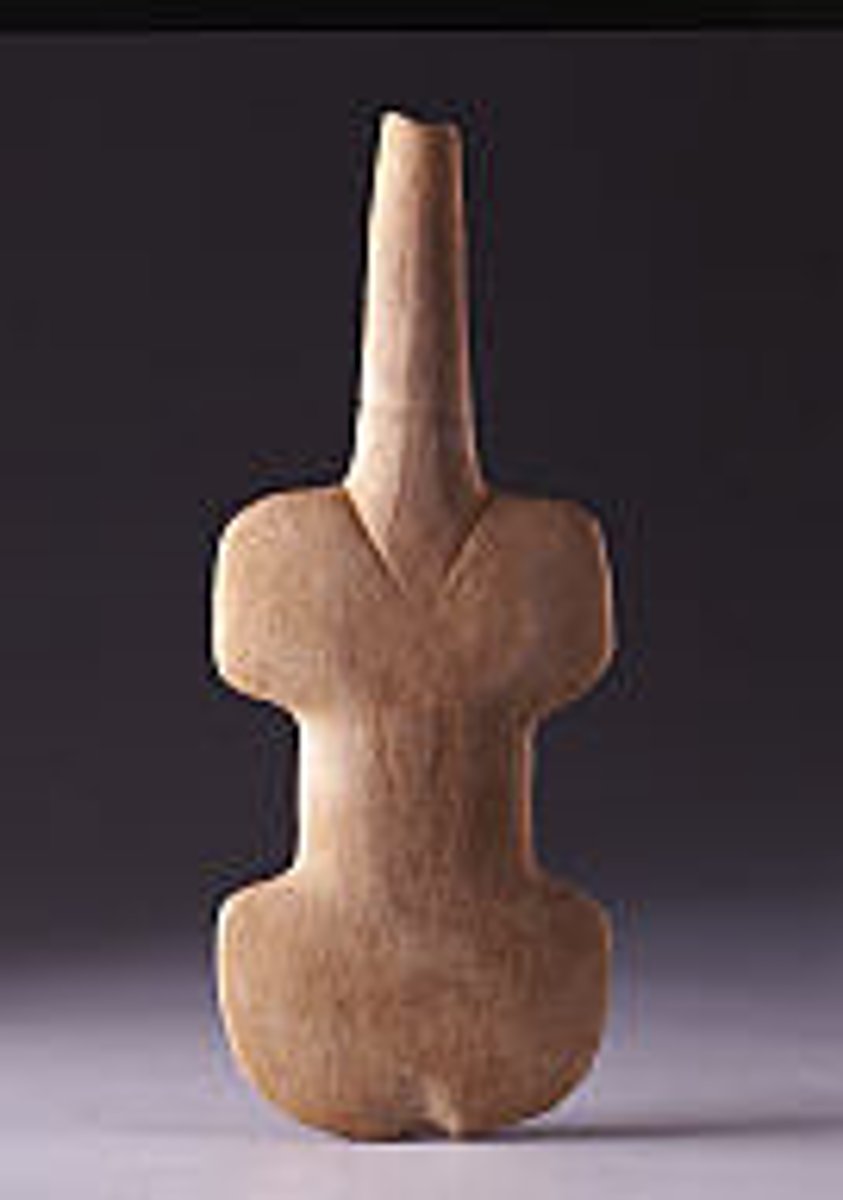
What do the musicians from Keros represent in Early Cycladic marble figurines? Harp and aulos players from EC II
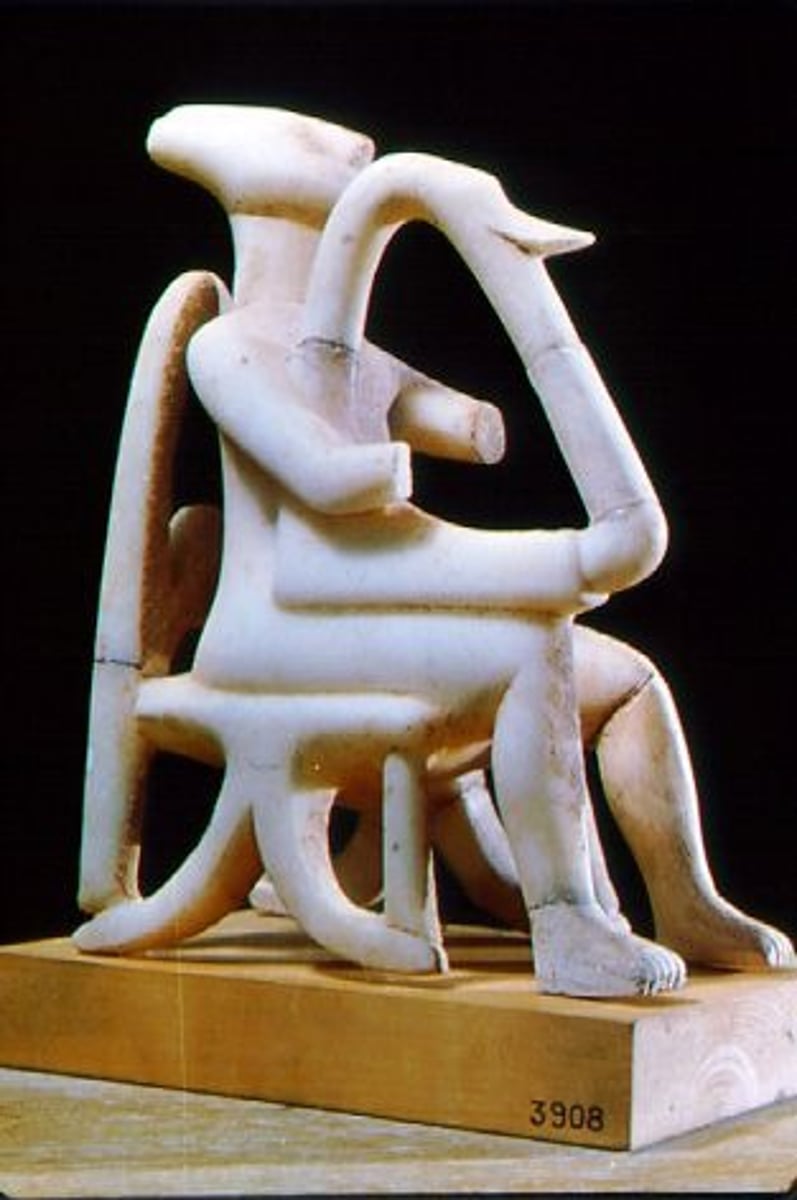
Early Minoan (3rd millennium BC) gold pendant in the form of two bees with globe of honey from the Chrysolakkos cemetery at Mallia. The goldwork includes filigree and fine granulation
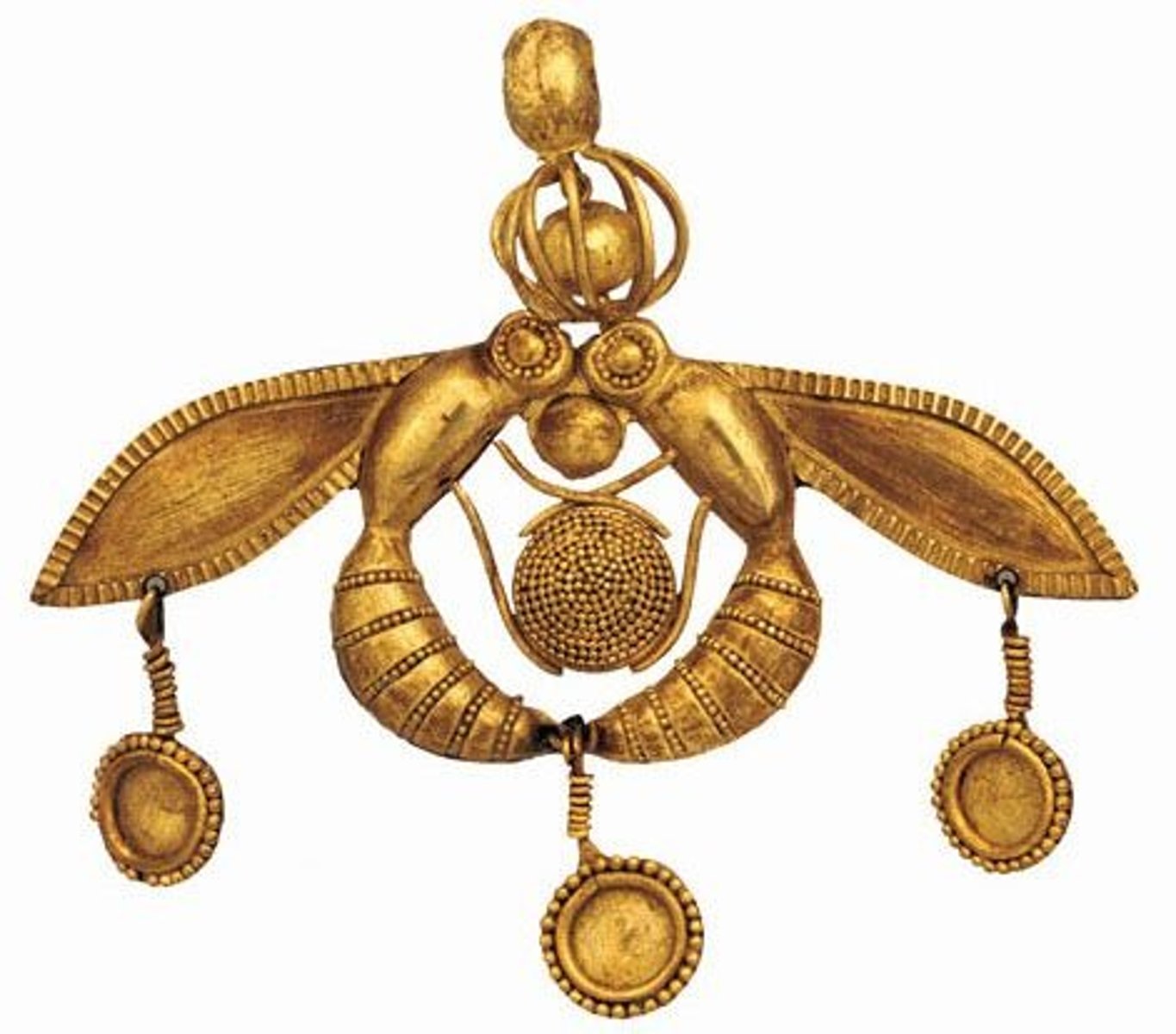
Plan and view of the Early Minoan II tholos tomb at Kamilariin south-central Crete (c. 2500-2200 BC)
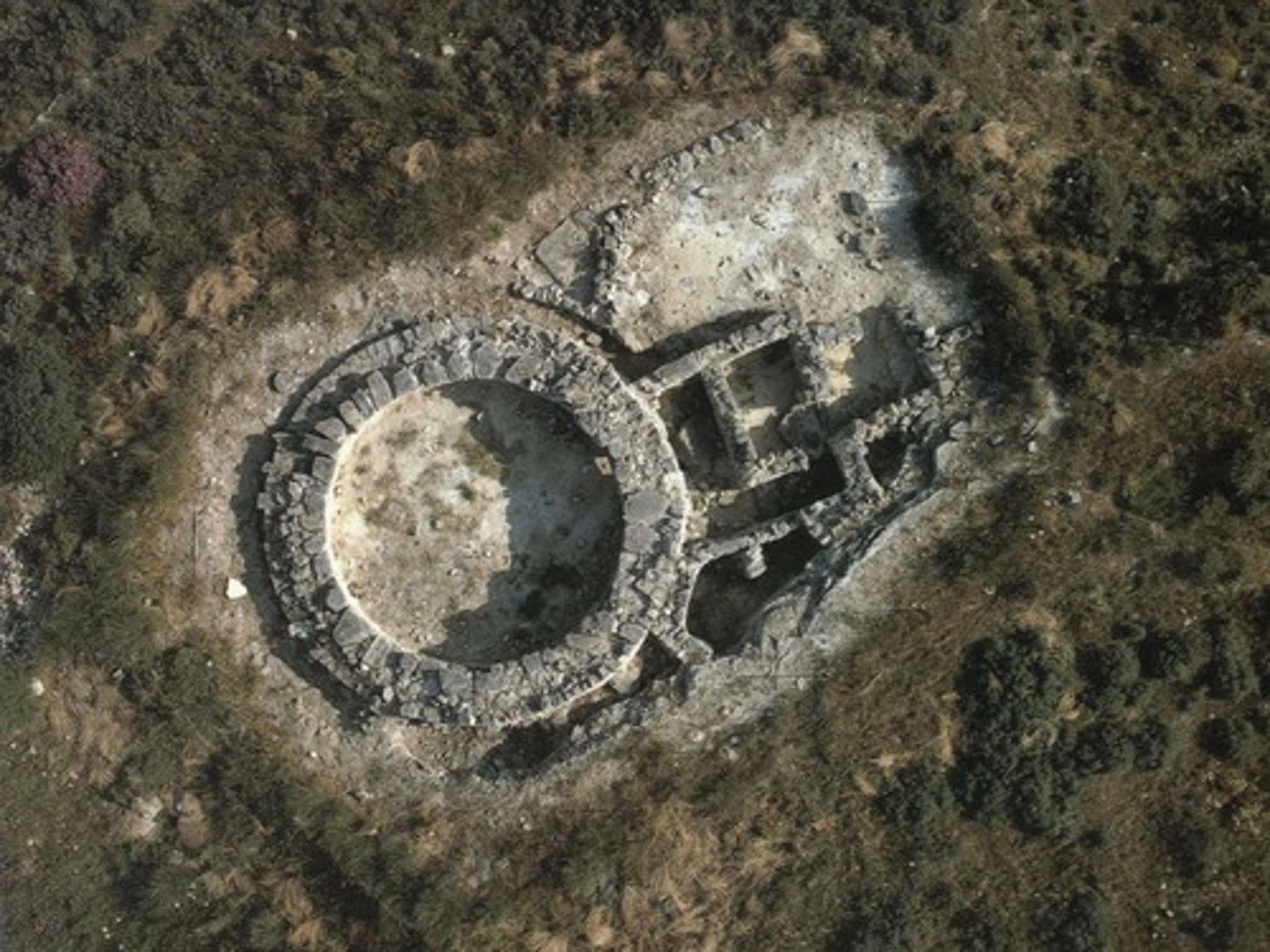
Both sides of the undeciphered Phaistos disk, dated to the Middle Minoan IIIb period (c. 1700-1600 BC), impressed with pictographic signs arranged in a spiral and divided into groups by traverse lines
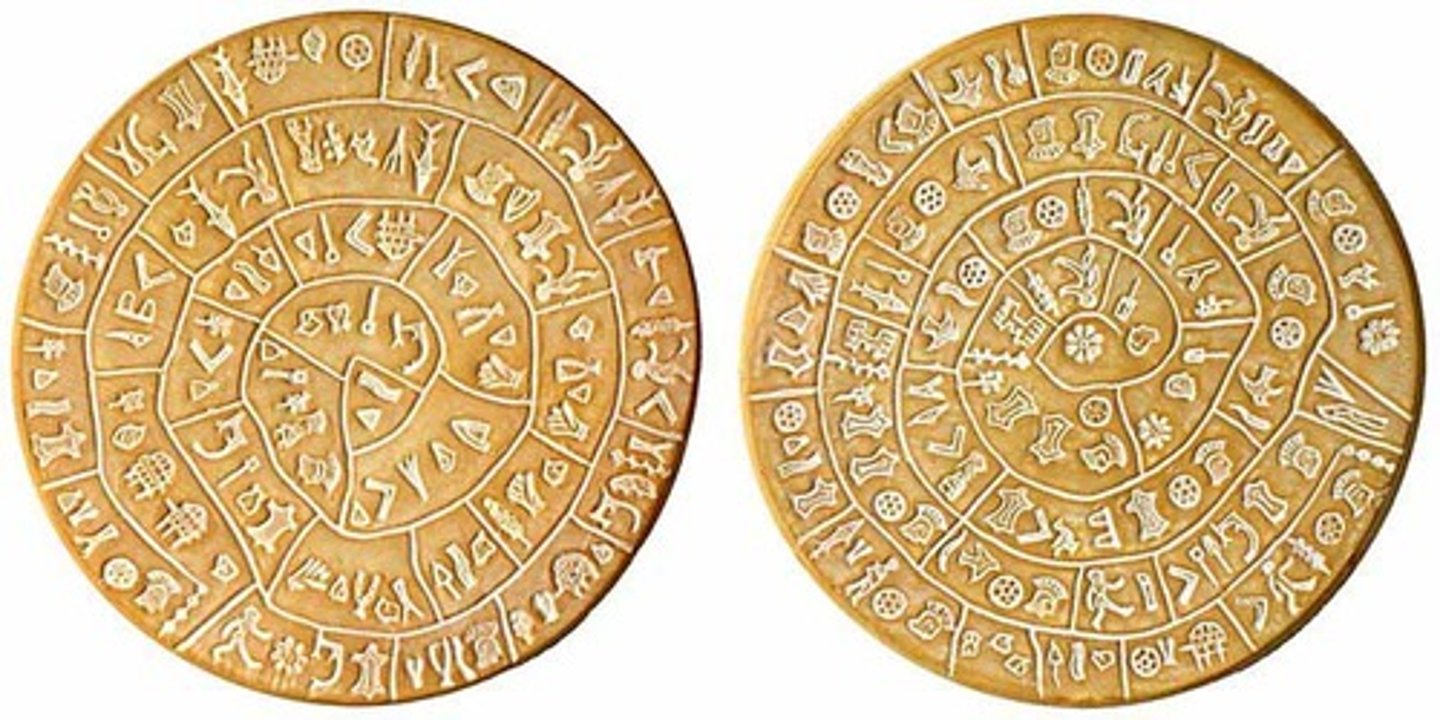
View of the west court of the First Palace at Phaistos of the early Middle Minoan period (c. 2000-1800 BC), showing raised causeways and theatral area
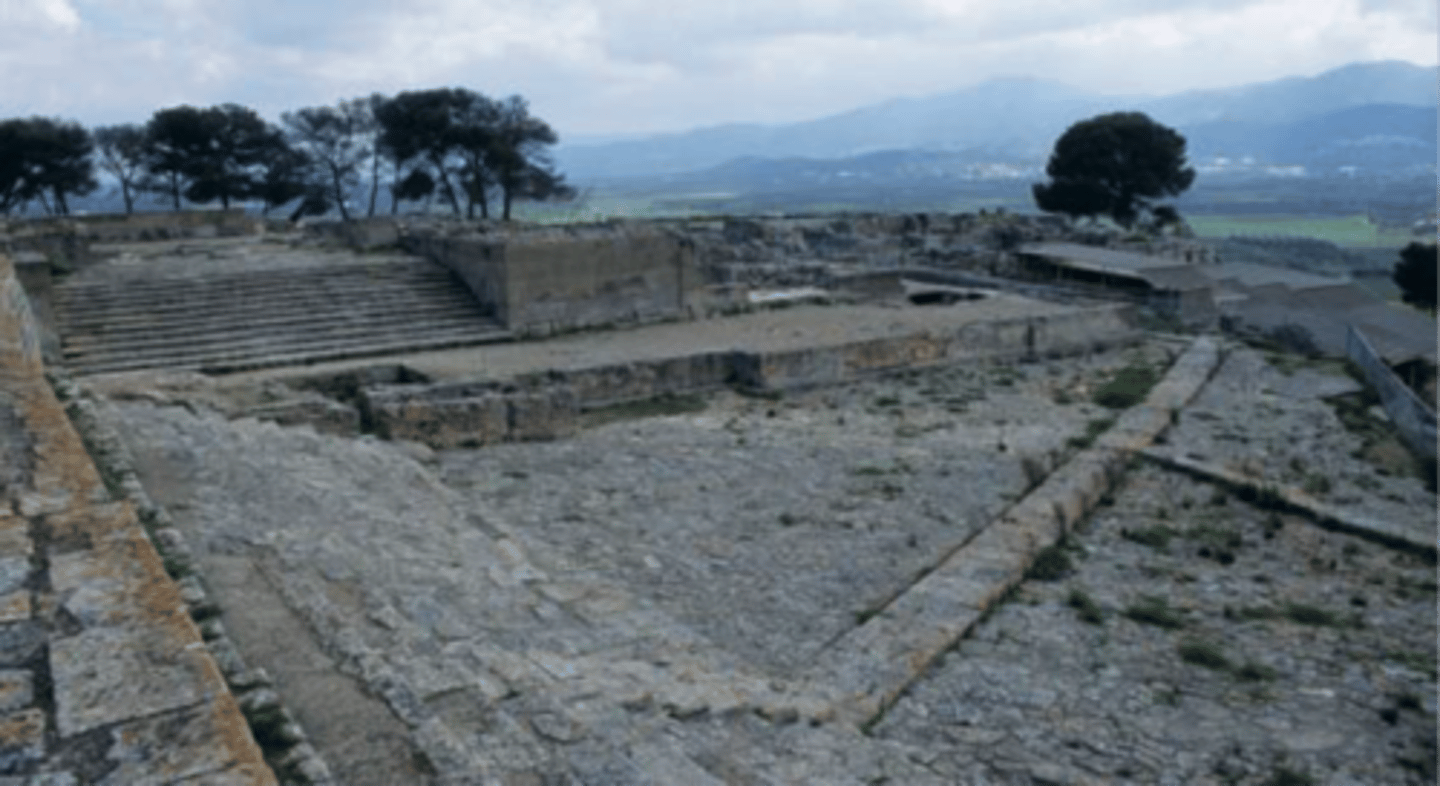
Mallia, Quartier Mu, showing the large administrative structure (Building A) dating to the First Palace period (c. 2000-1800 BC)
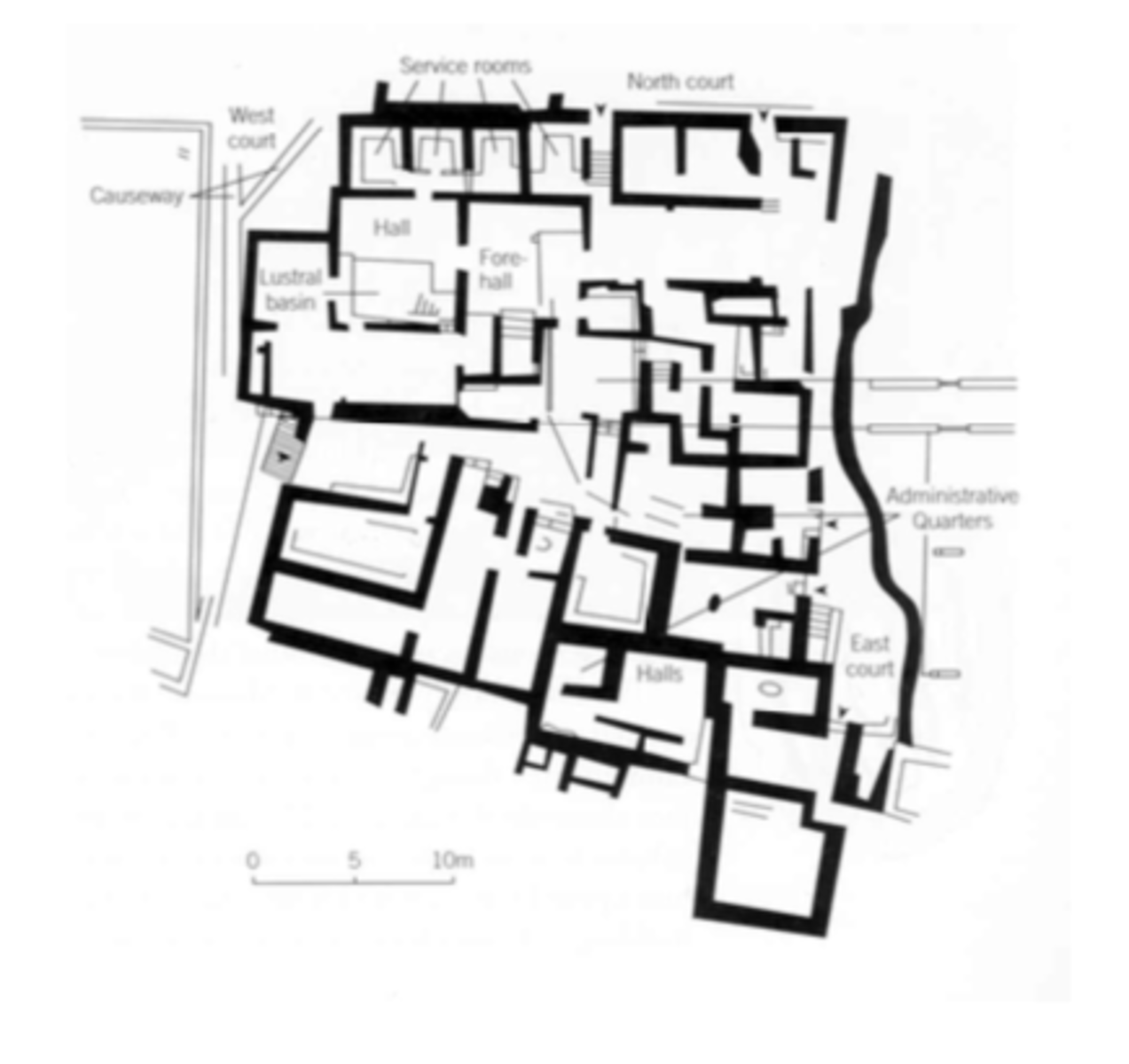
Plan and aerial view of the Middle Minoan IA fortified building at Ayia Photia (c. 2000 BC). Note the rounded projections or bastions
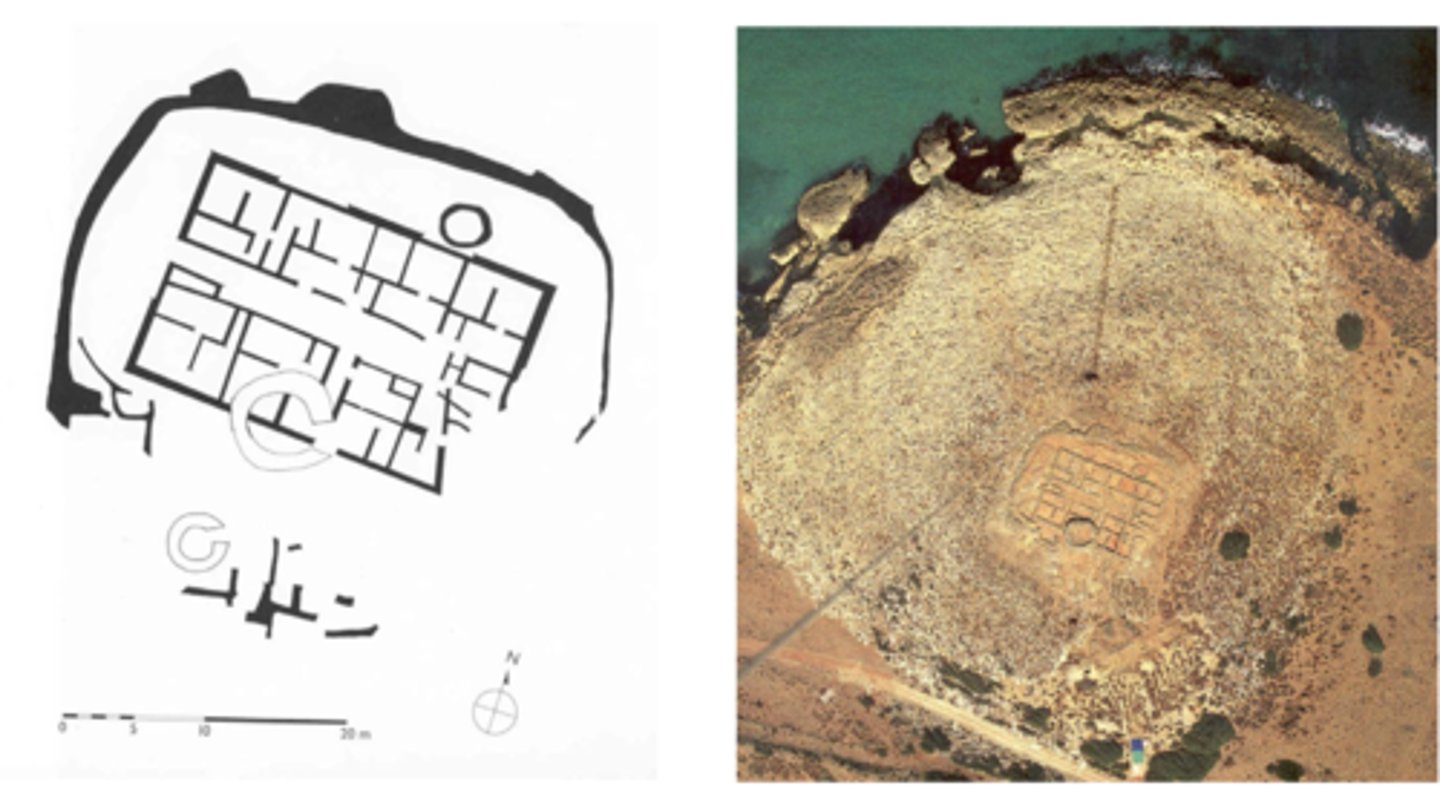
Two views and a plan of the Middle Minoan IA free-standing house at Chamaizi in eastern Crete, c. 2000 BC
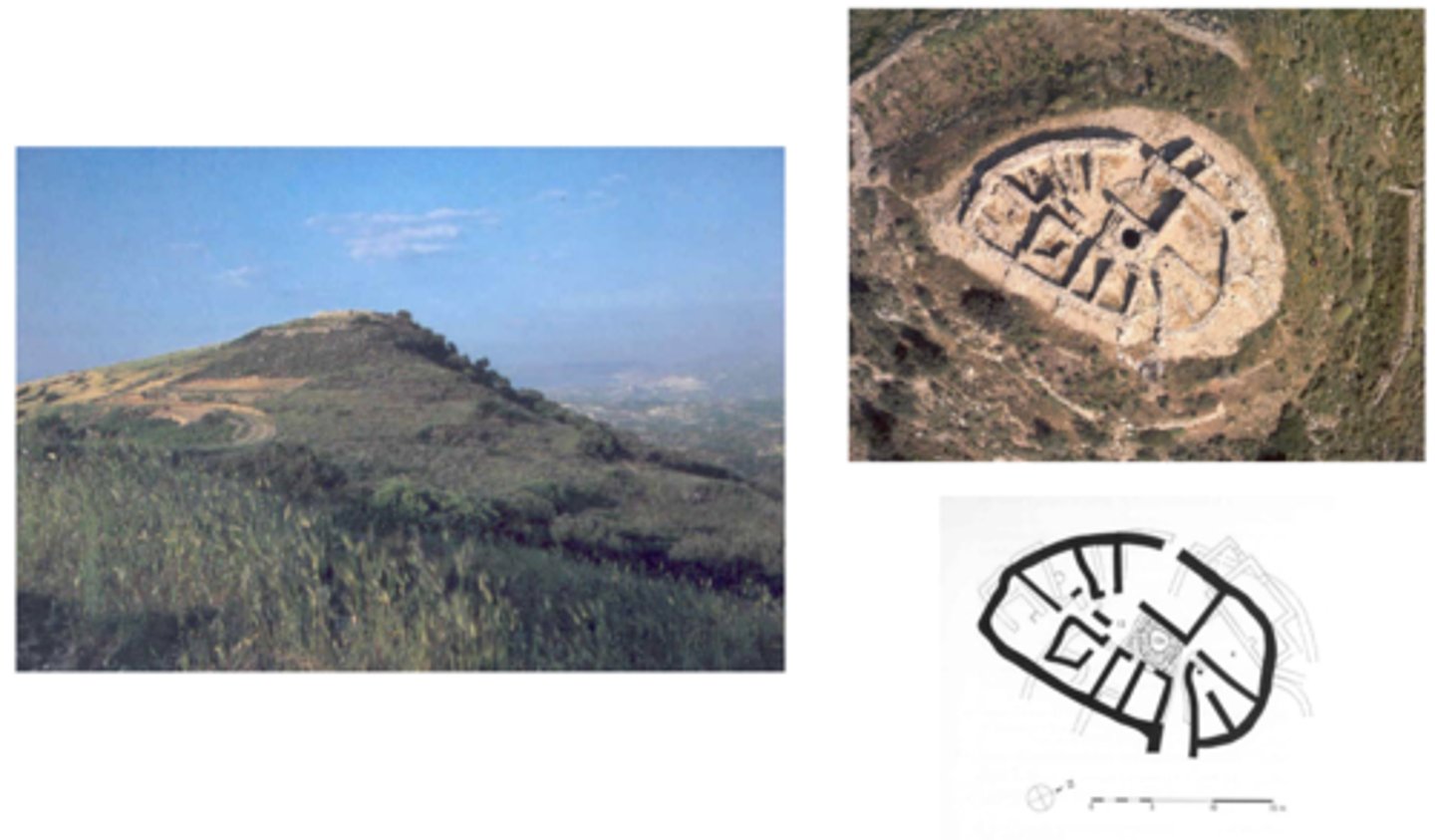
Examples of Middle Minoan Kamares-style pottery characteristic of the Protopalatial or First Palace period characteristic light-on-dark decoration.Left: Jug from Phaistos (MM II); Right: storage jar (c. 2000-1600 BC). This is the first wheel made pottery on Crete
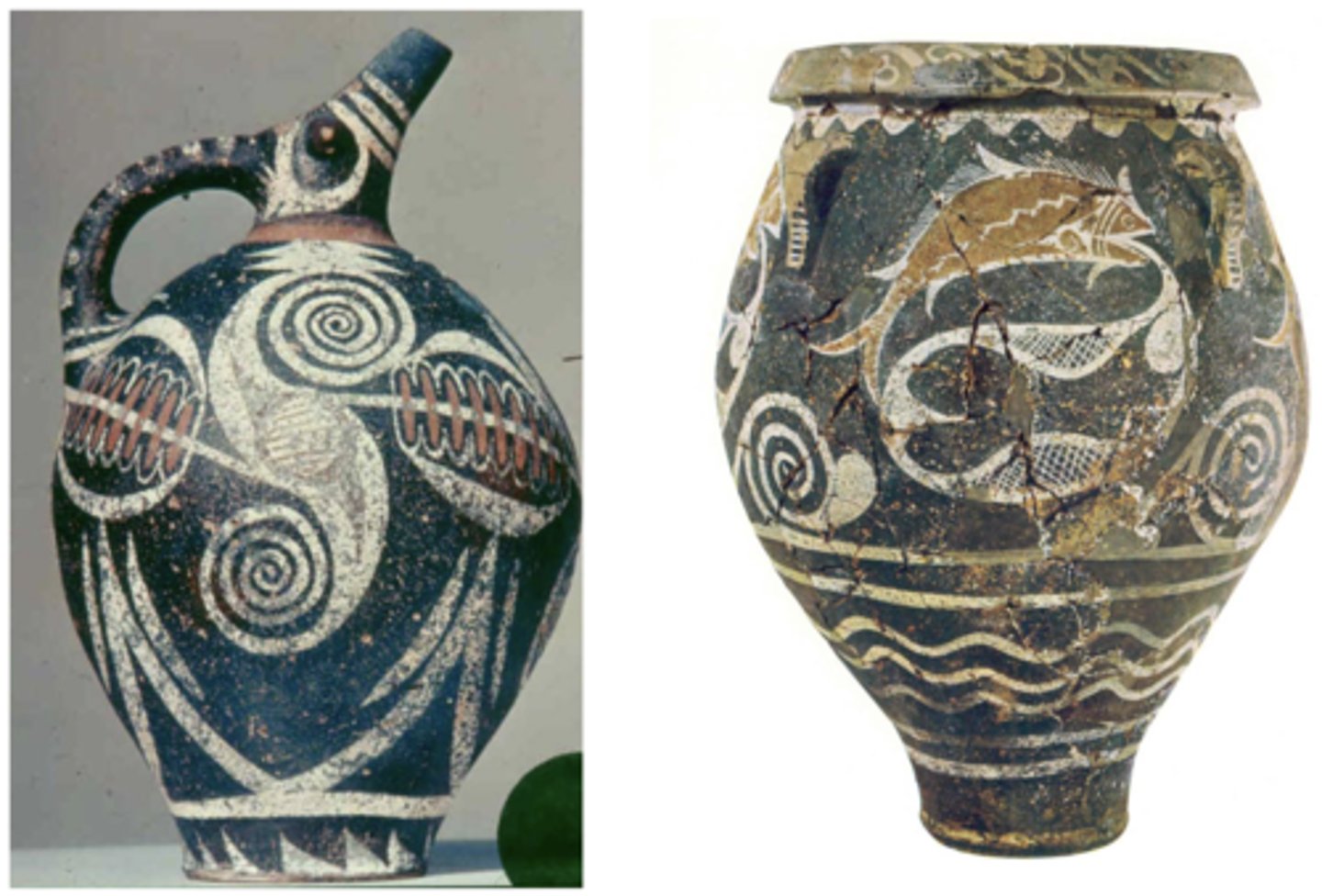
Typical Middle Helladic pottery of the Greek mainland (c. 2100-1600 BC).Right: MH handmade matt-painted jar; Left: Wheel made "Minyan"-ware goblet ("Minyan" pottery is the first wheel made pottery on the mainland)
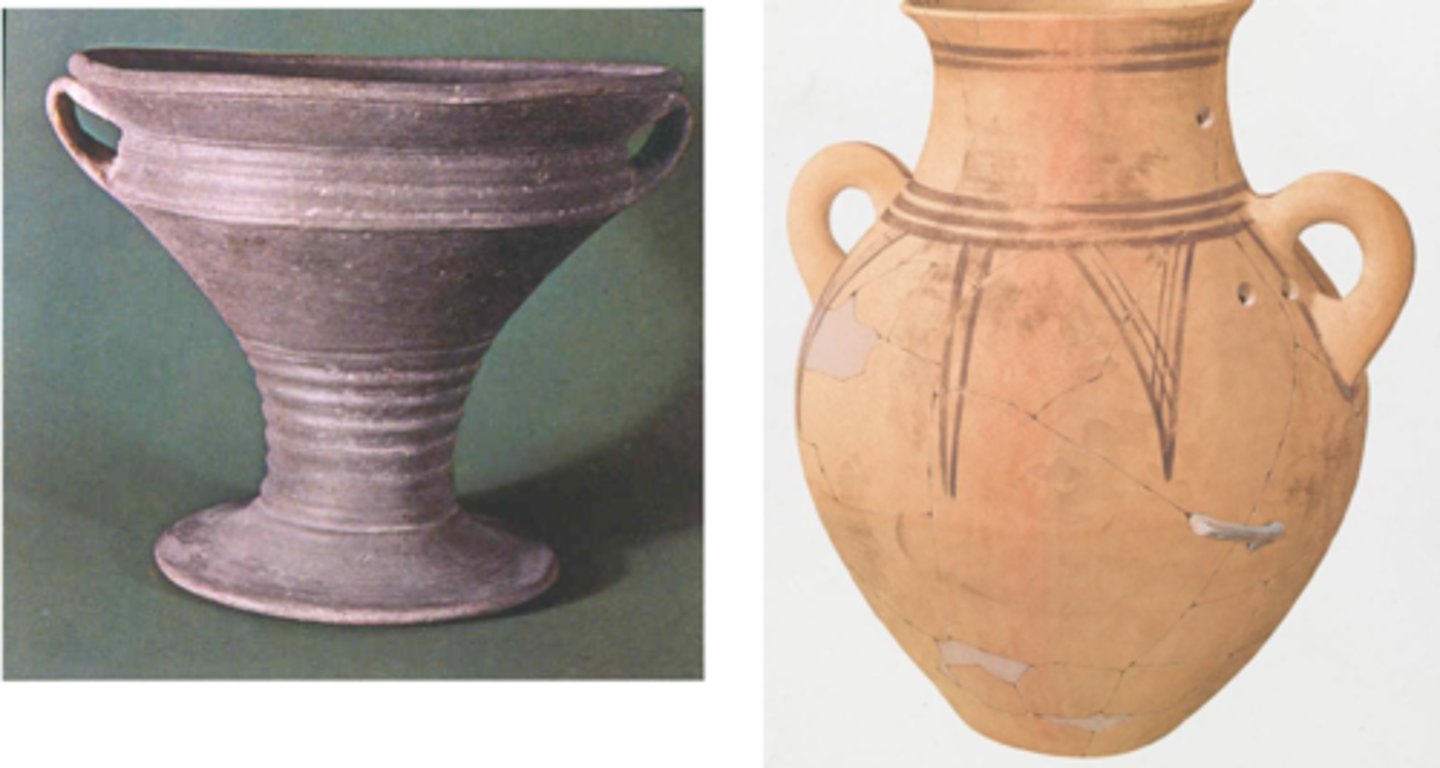
Plan of the palace at Knossos, Neopalatial or Second Palace period. This is the largest of Minoan palaces (c. 1725/1700-1380/75 BC). The site on which it stands was continually inhabited from the Neolithic period into Roman times.Old Palace Period 1925-1725 B.C.; New Palace Period 1725-1380 B.C.
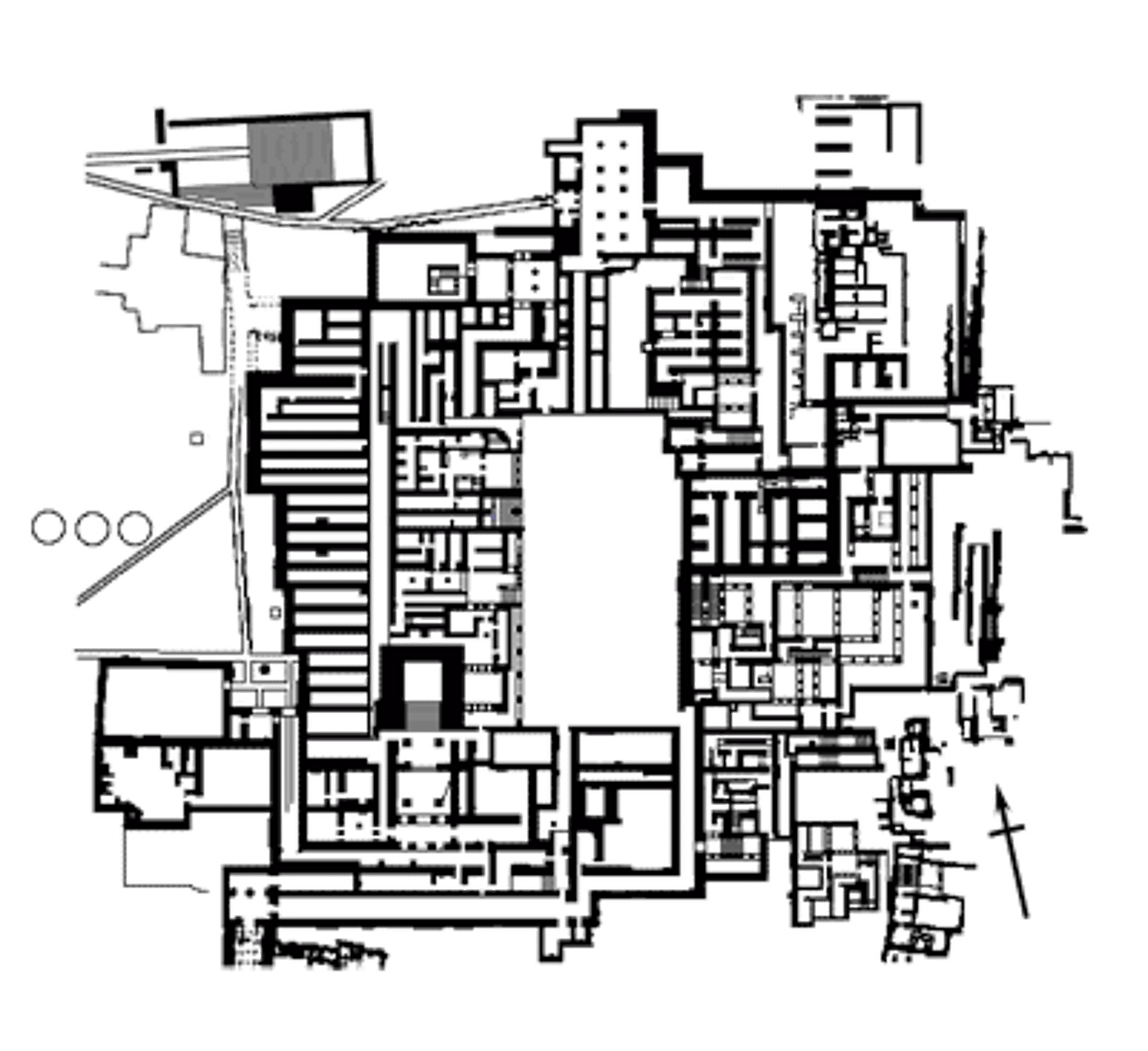
Two view of the so-called "Throne Room" at Knossos,Second Palace period
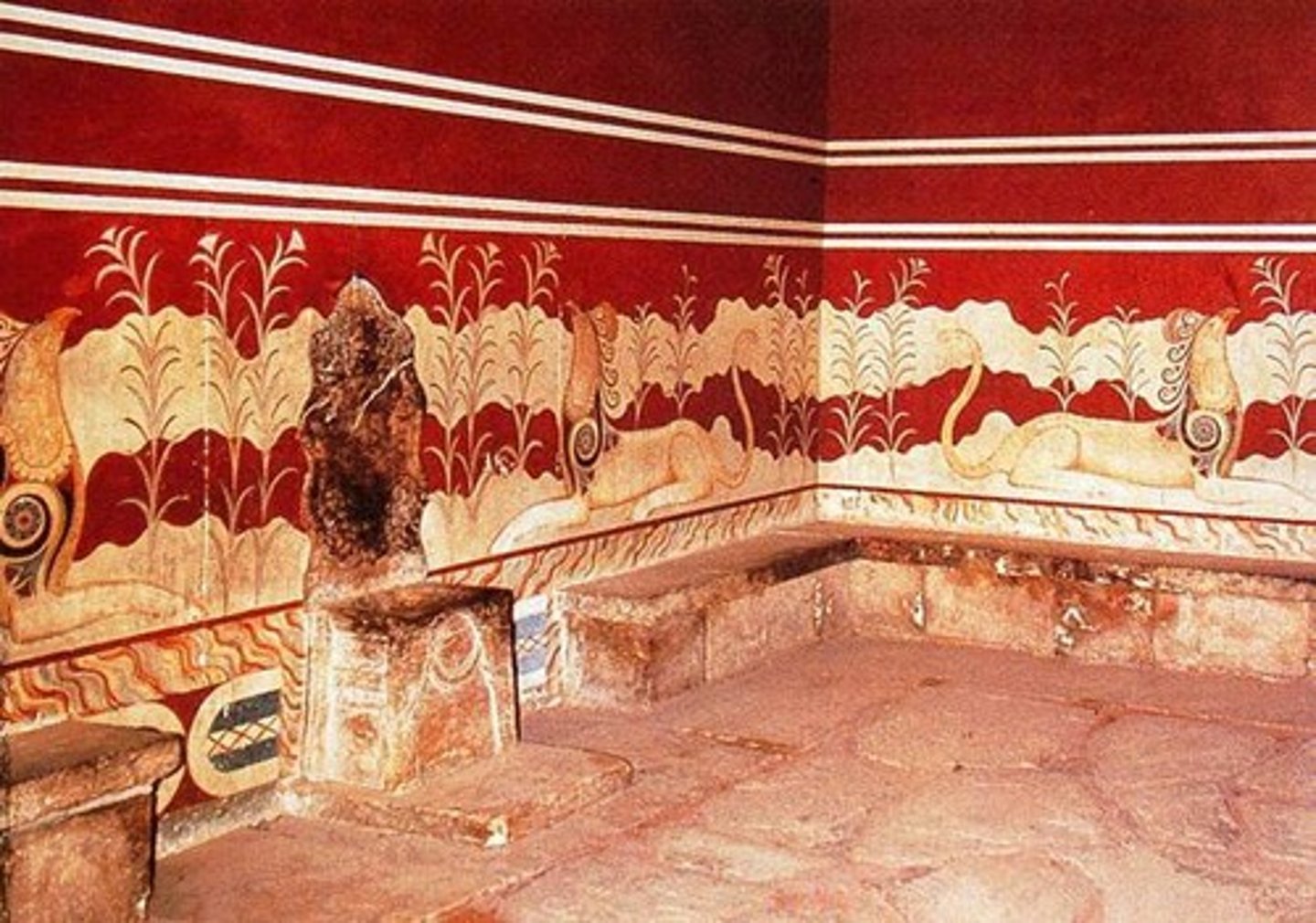
Miniature fresco known as the Grandstand Fresco, Knossos, Second Palace period (note the tripartite shrine with "horns of consecration" on the roof, surrounded by females & males). After 1600 BC
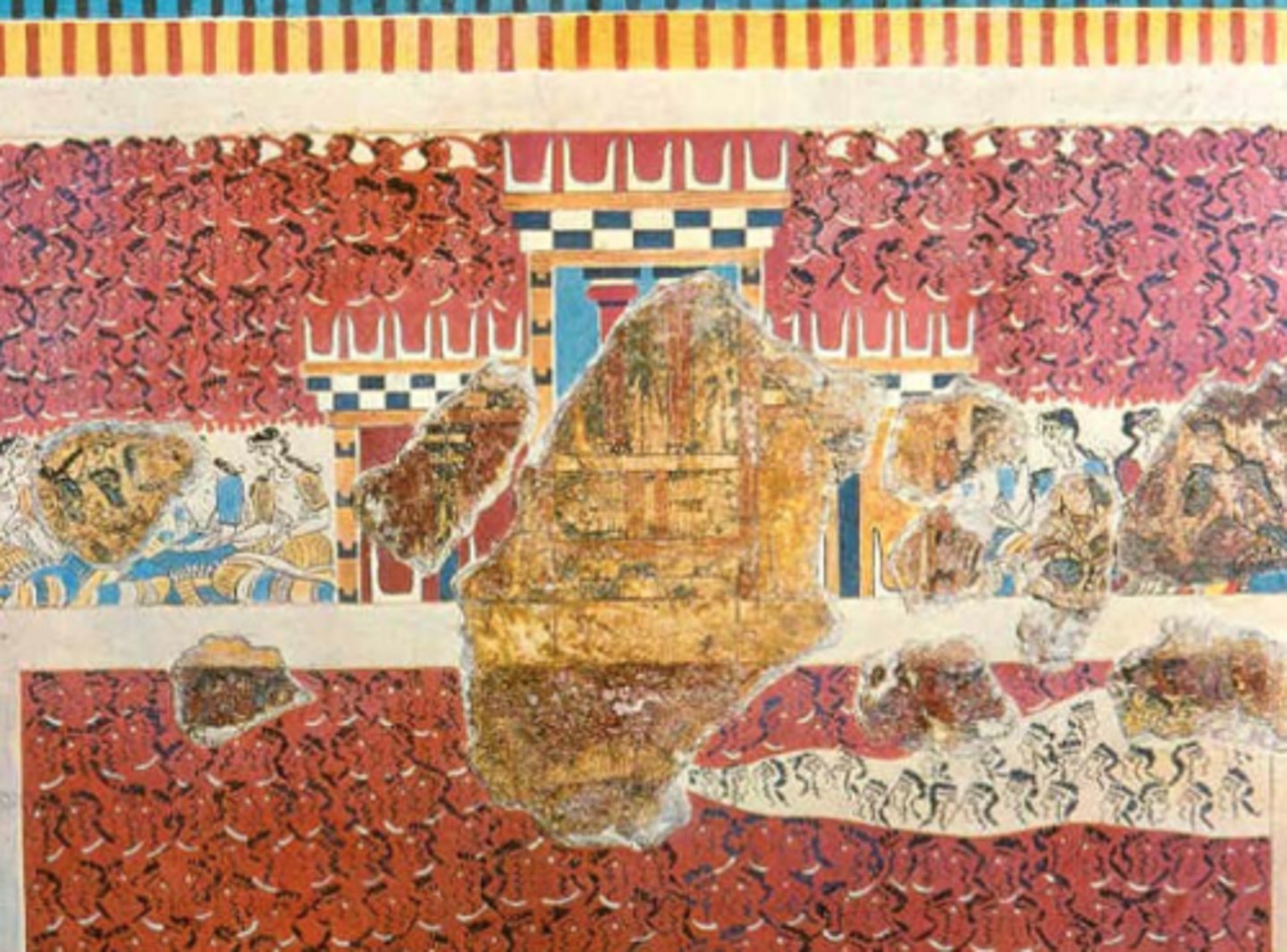
Photo & drawing of the "Master Impression" sealing, Chania, Late Minoan I-II (c. 1550-1450 BC) depicting multi-story buildings set in a rocky landscape and with male holding staff standing at the highest point
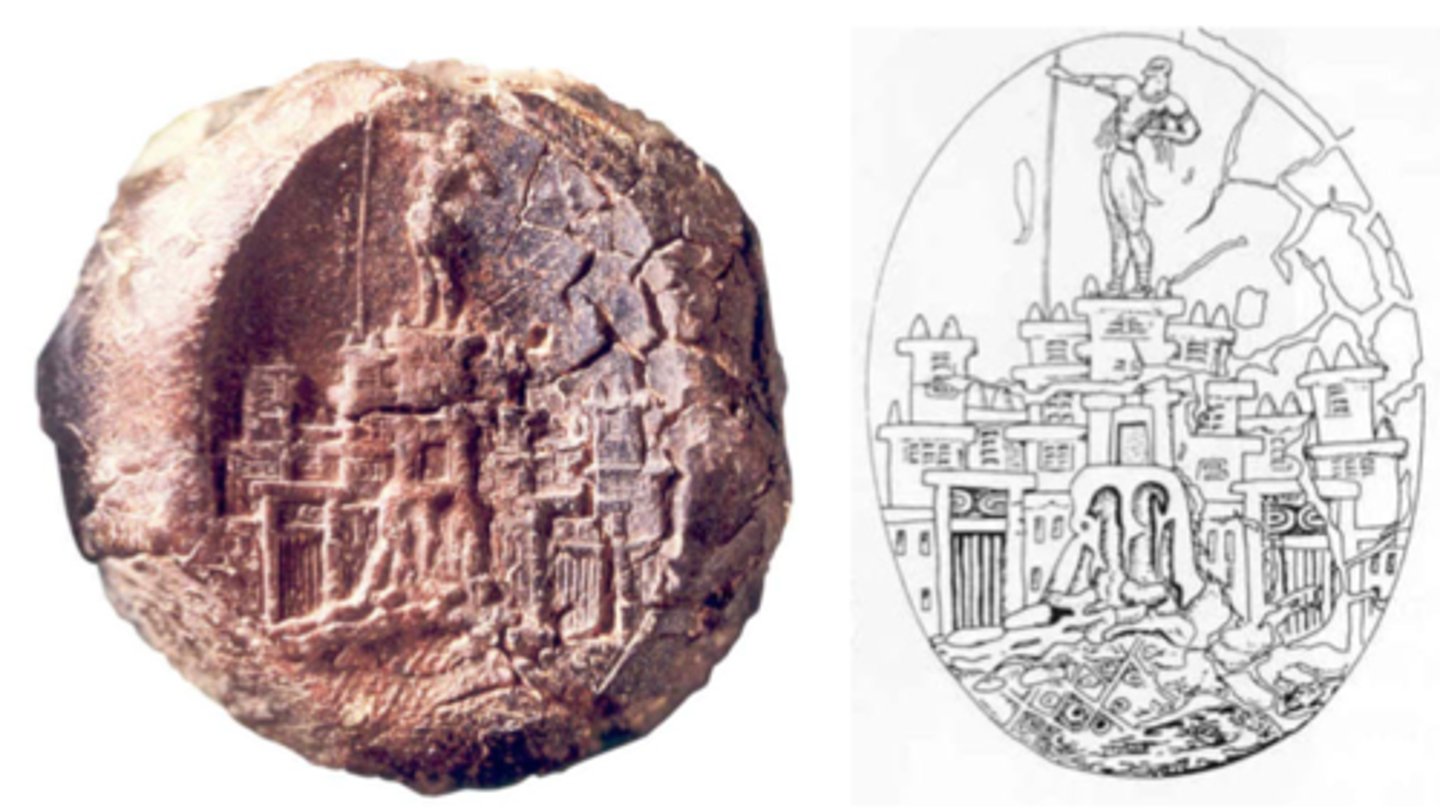
The so-called "Priest-king" Fresco as originally reconstructed Knossos, Second Palace period
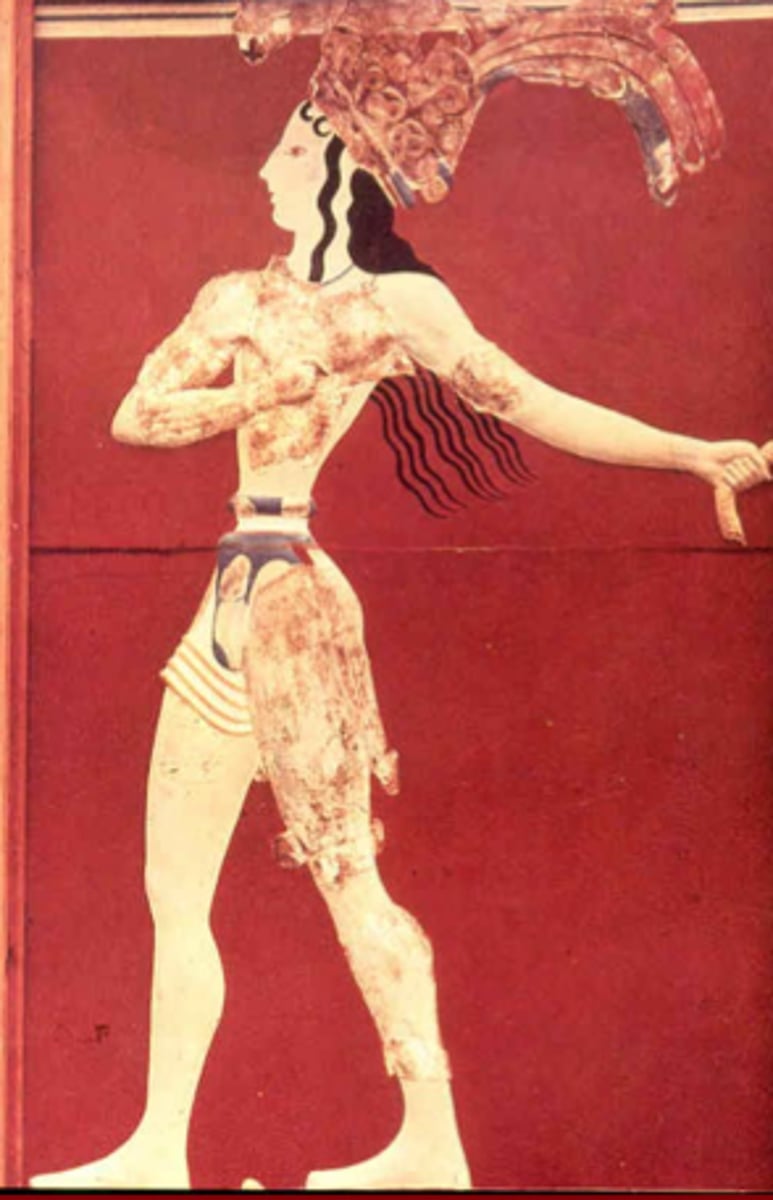
Late Minoan IA Floral-style jug from Phaistos (1550-1500 BC)
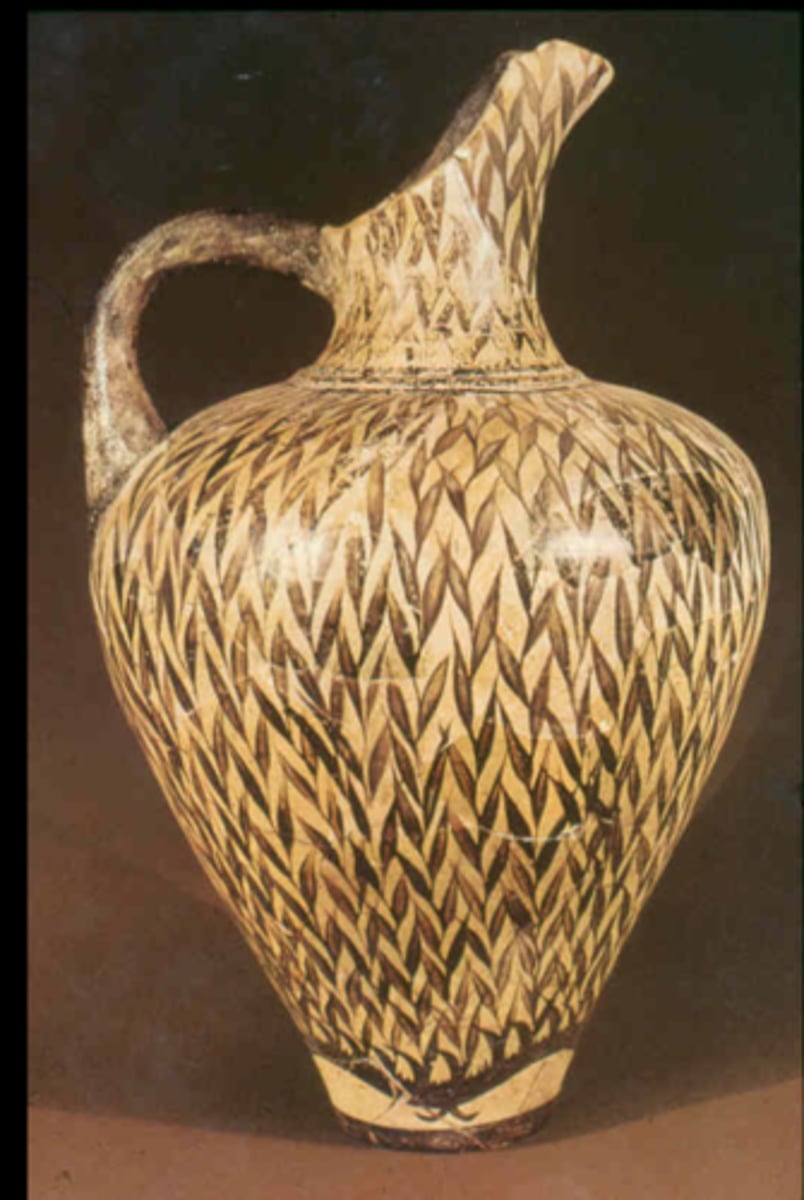
Late Minoan IB Marine-style stirrup jar from Gournia (c.1500-1450 BC)
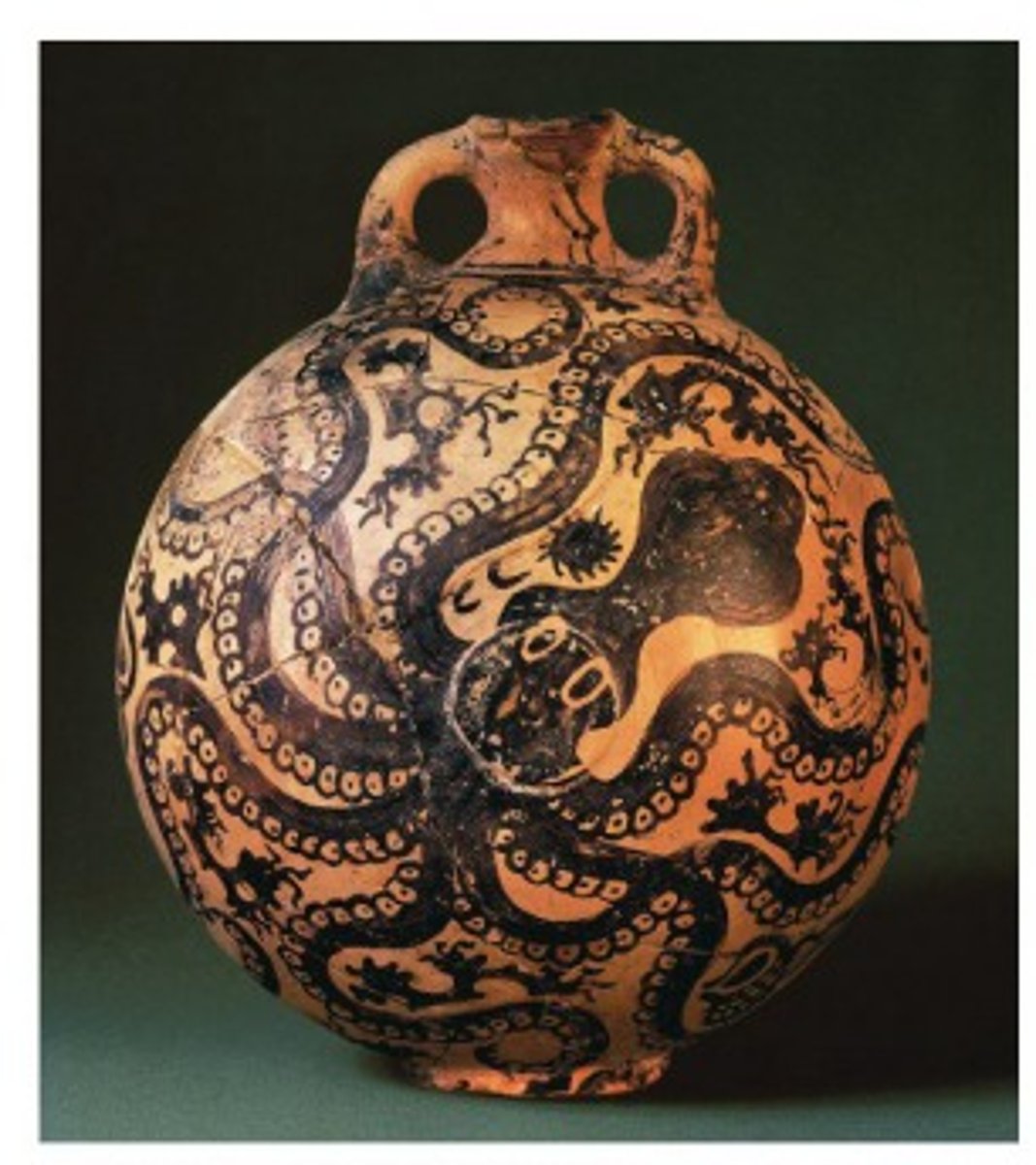
Photograph and plan of the Palace at Mallia, Second Palace period (note Central Court, storage areas, etc.)
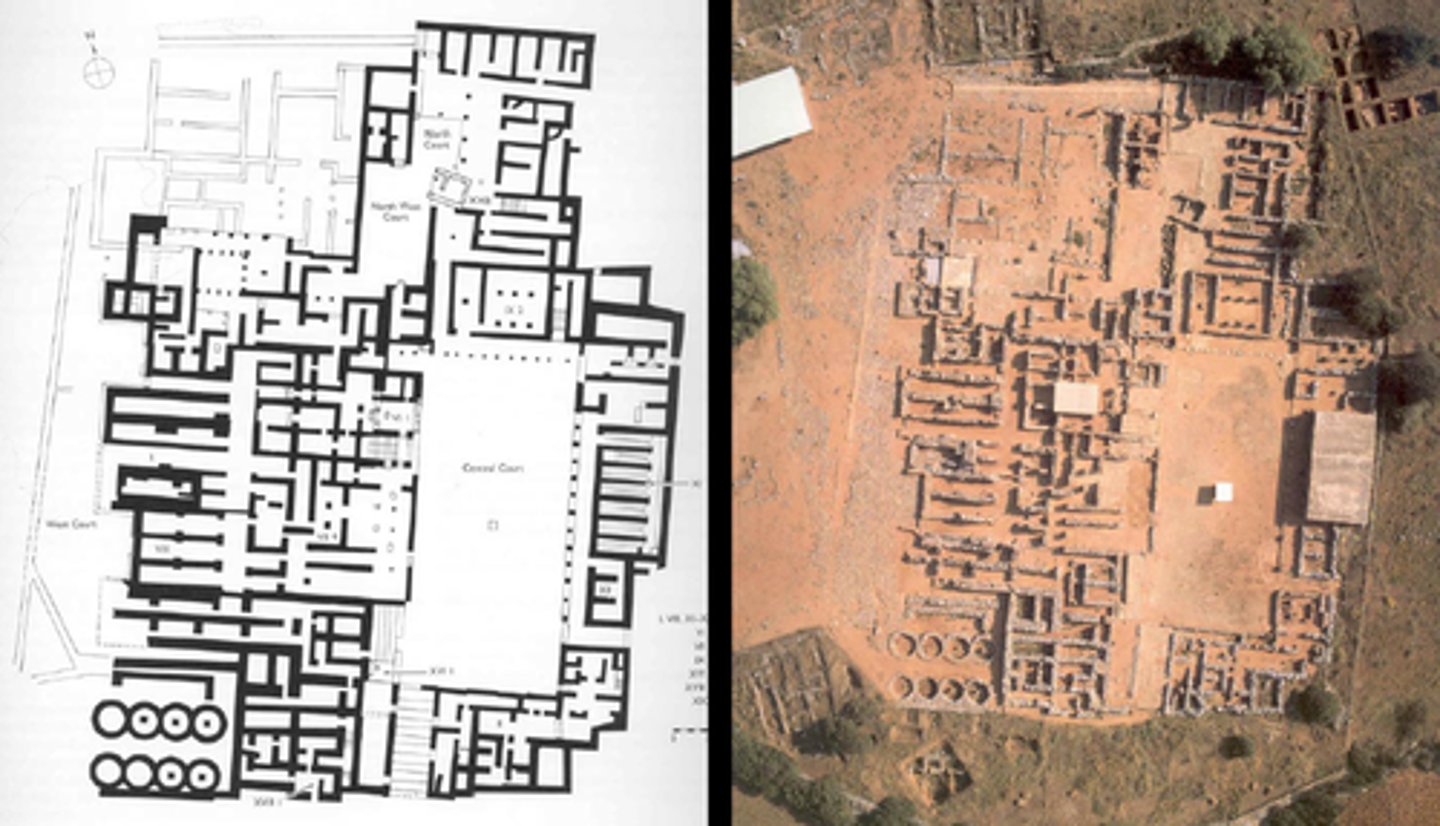
Gournia, excavated by Harriet Boyd Hawes. Restored view & plan of the "palace" (Second Palace Period), and aerial view.
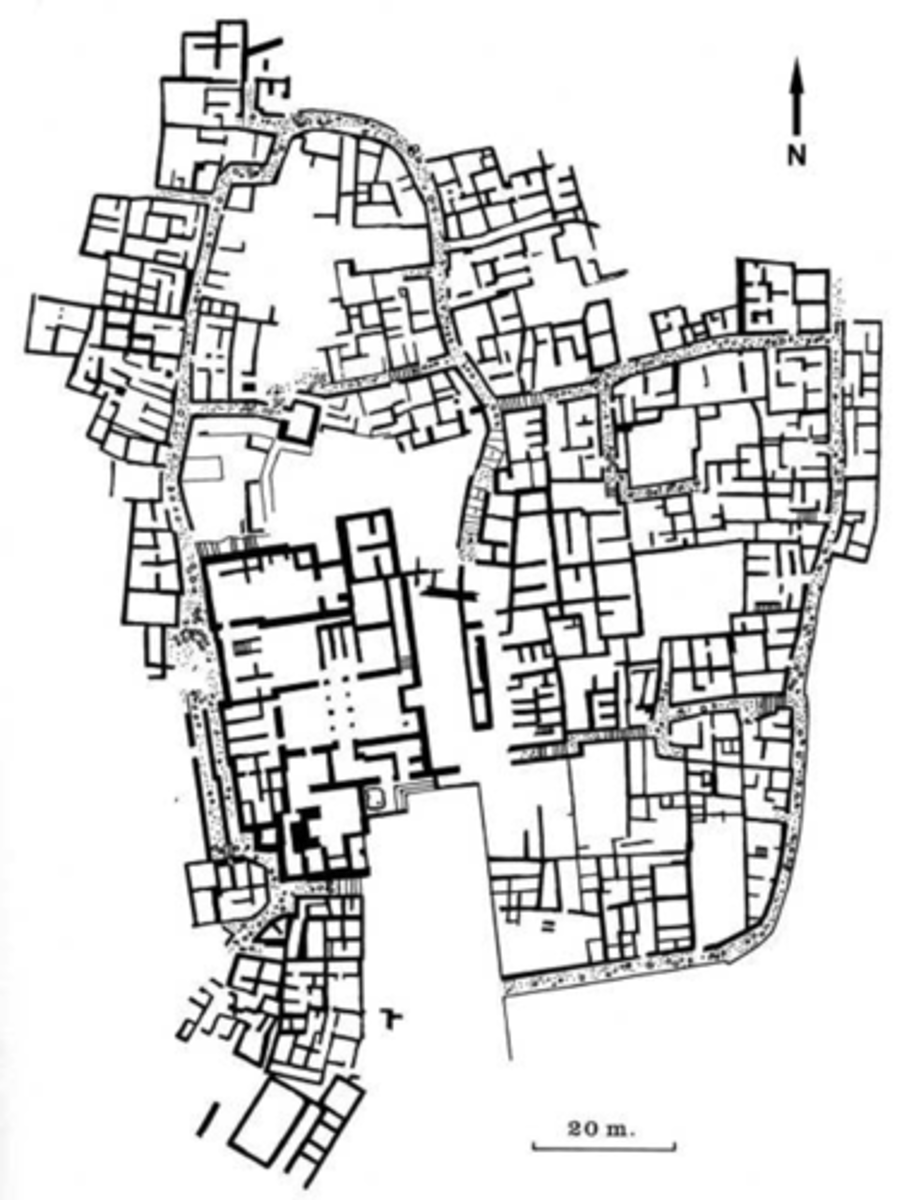
Plan and two views of the Minoan town at Gournia with palace at lower right. This is the most extensively excavated Minoan lowland town. Most prosperous during Late Minoan I (1550-1450 BC)
Plan & aerial view of the palace at Kato Zakro in east Crete,excavated by Nikolaos Platon. Second Palace Period
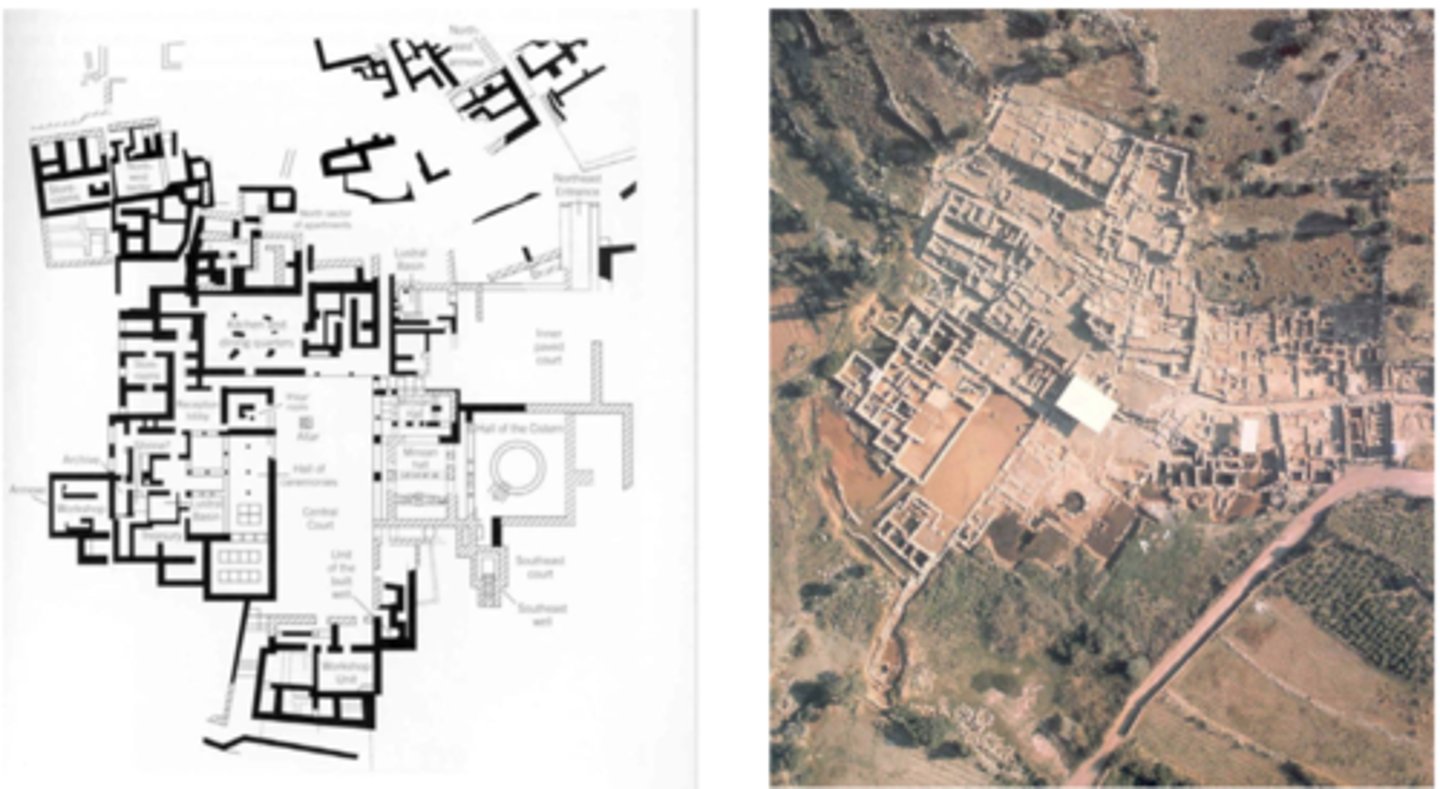
Bull's head rhyton from the Little Palace at Knossos carved from a block of black steatite, with horns of gilded wood, eyes of inlaid rock crystal and jasper, and nostrils of mother-of pearl (the horns and much of the head are modern restorations). Ca. 1550-1500 BC
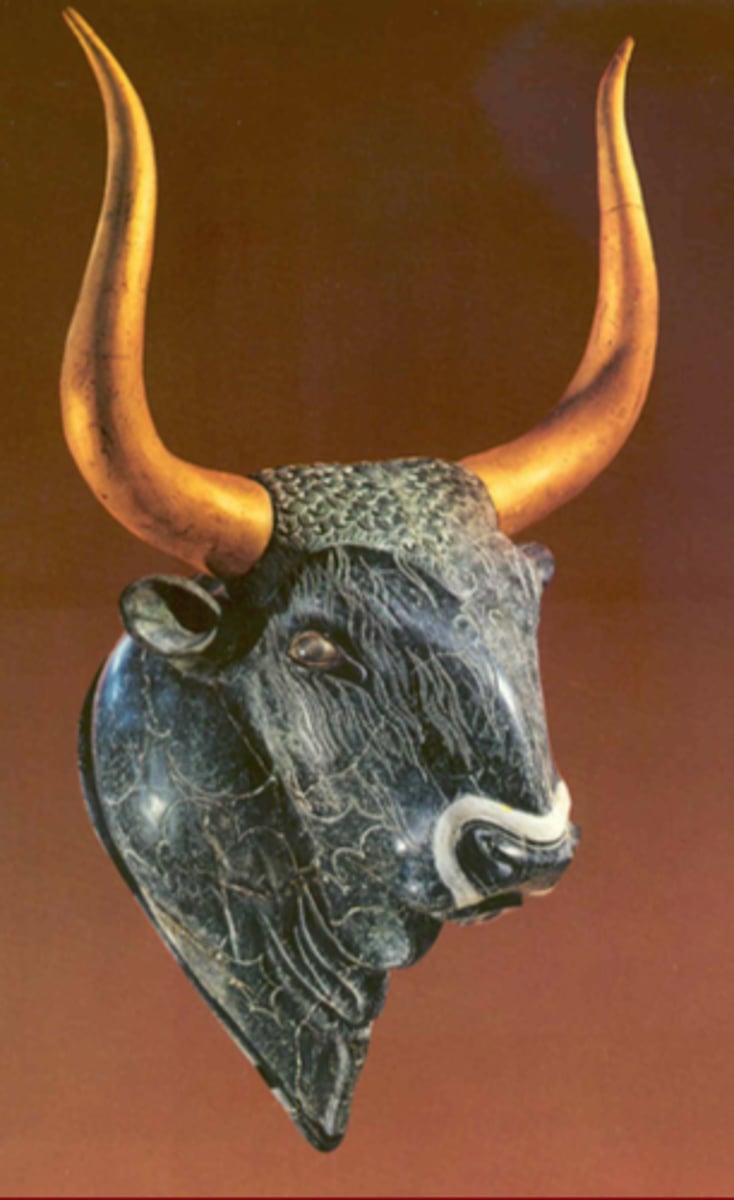
Faience plaques found in the excavations at the Palace at Knossos showing what Minoan houses may have looked like (15th century B.C.)
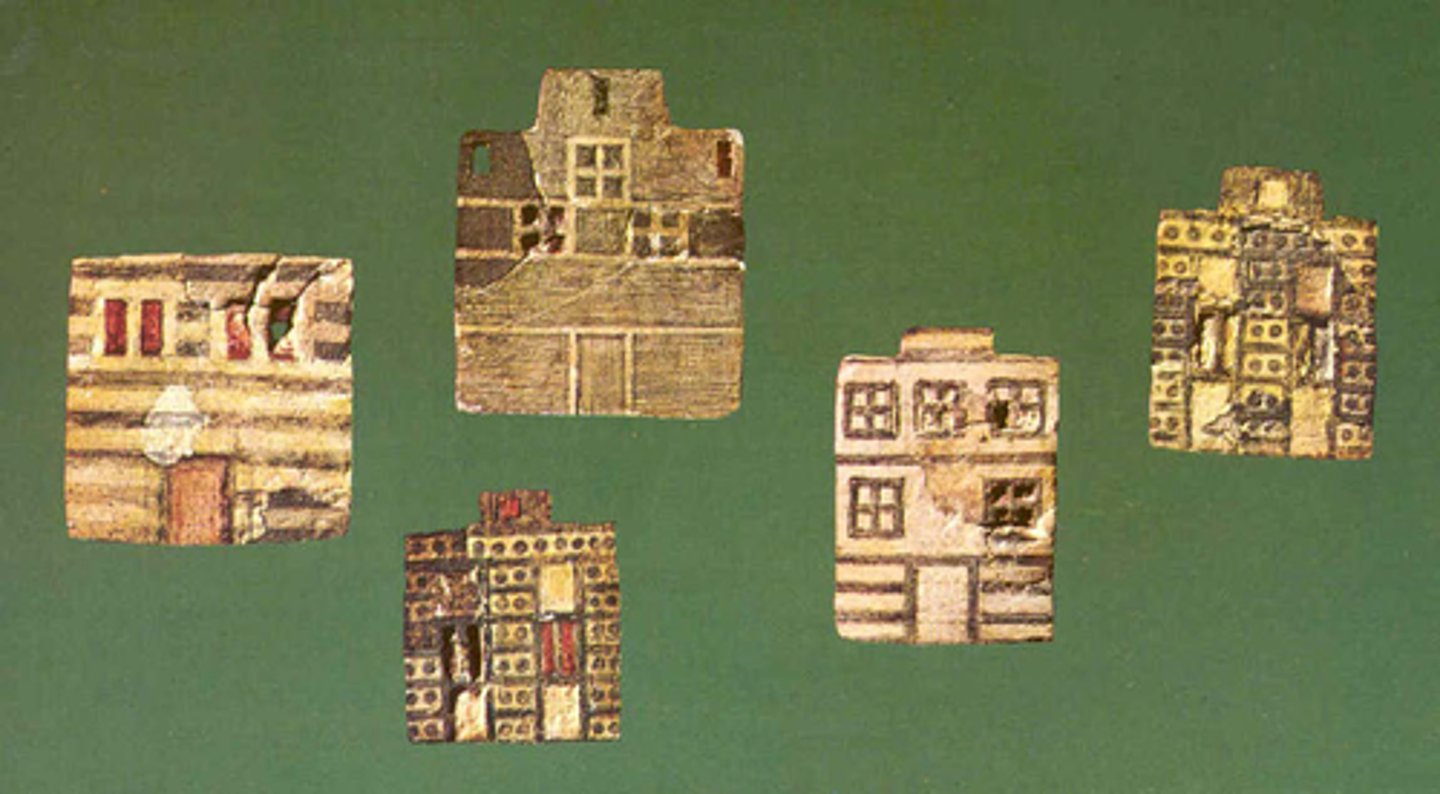
Burnt clay tablets preserving the three different types of script of Minoan Crete: a) (upper left) Minoan hieroglyphic; b) (upper right) Linear A; c)(bottom) Linear B. The latter was deciphered by Michael Ventris.
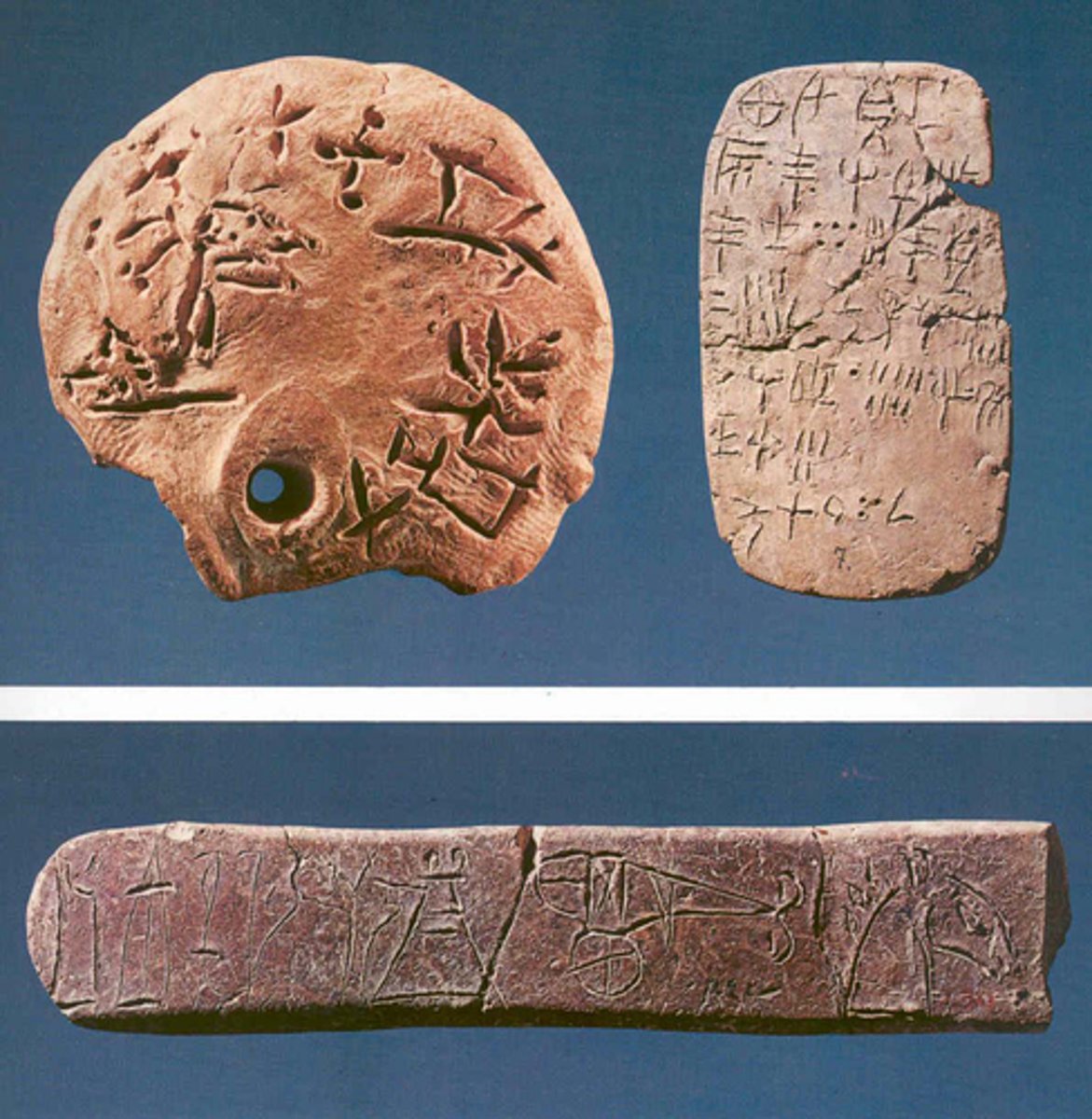
Michael Ventris (1922-1956) deciphered Linear B in 1952 and showed it to be an early form of Greek
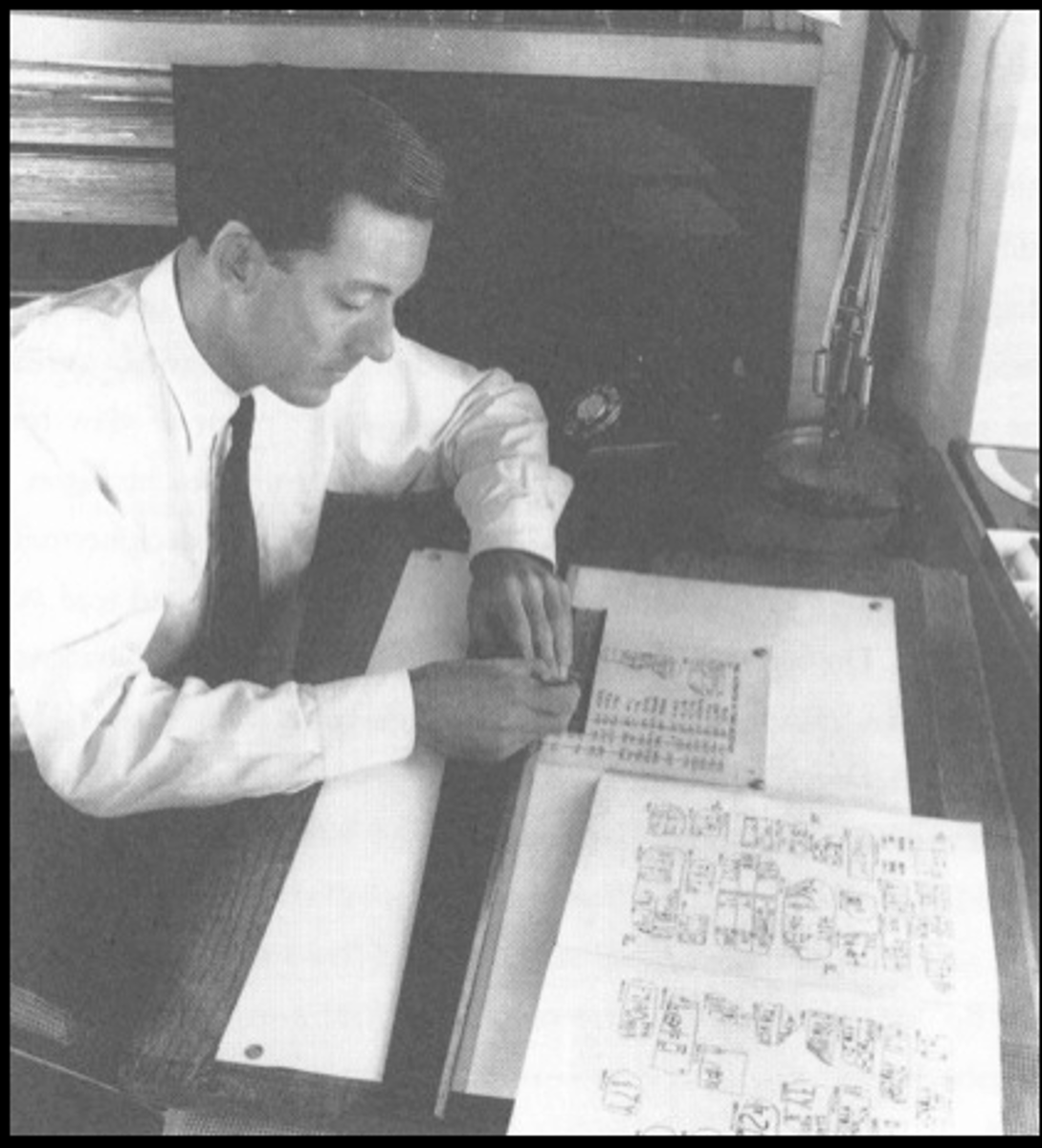
The "Cup-bearer" fresco, a modern reconstruction as set up in the South Propylon by Sir Arthur Evans
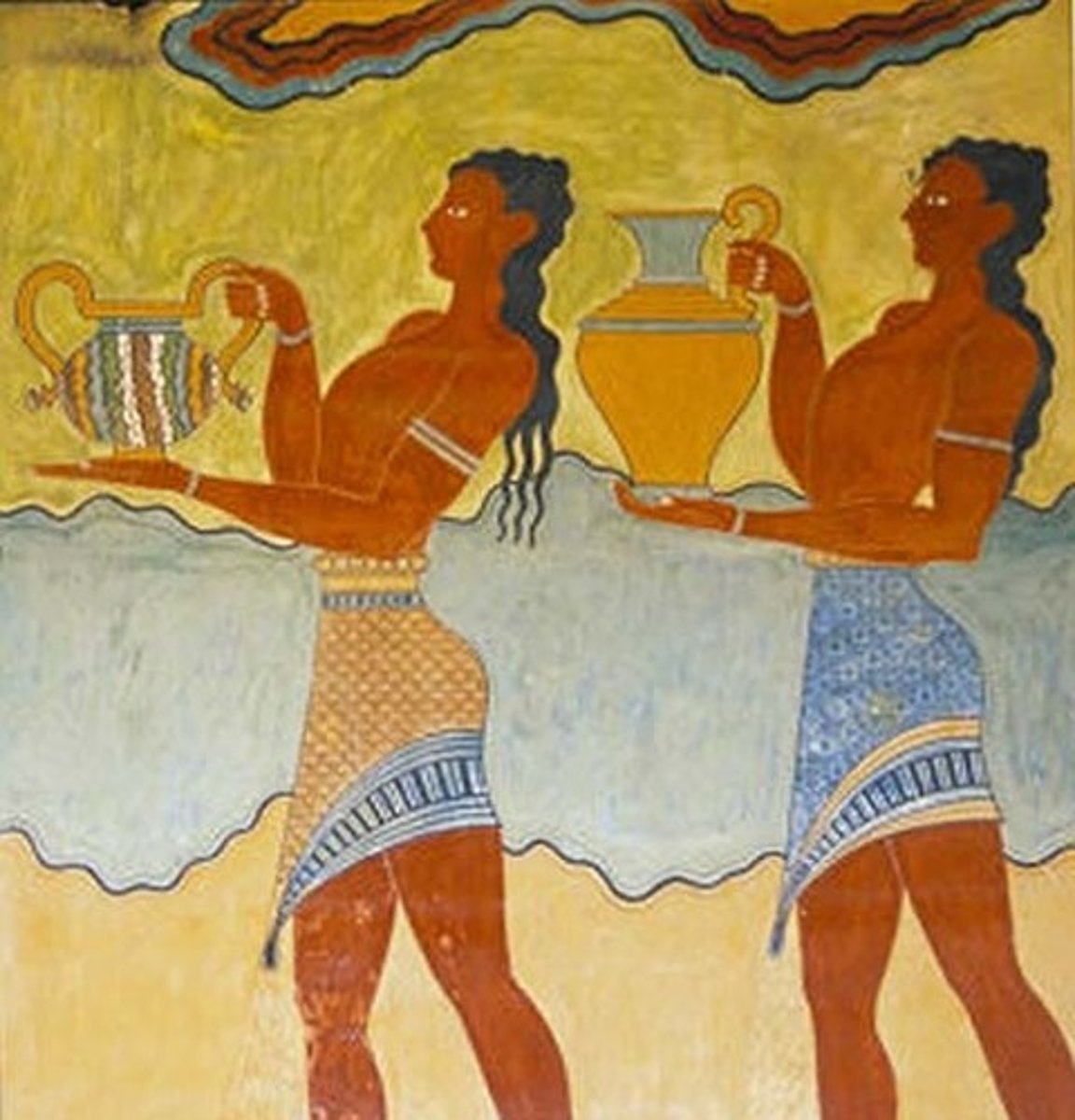
Reconstruction of the west side of the central courtyard of the Palace at Knossos by Piet de Jong (the "Throne Room" is at the lower right
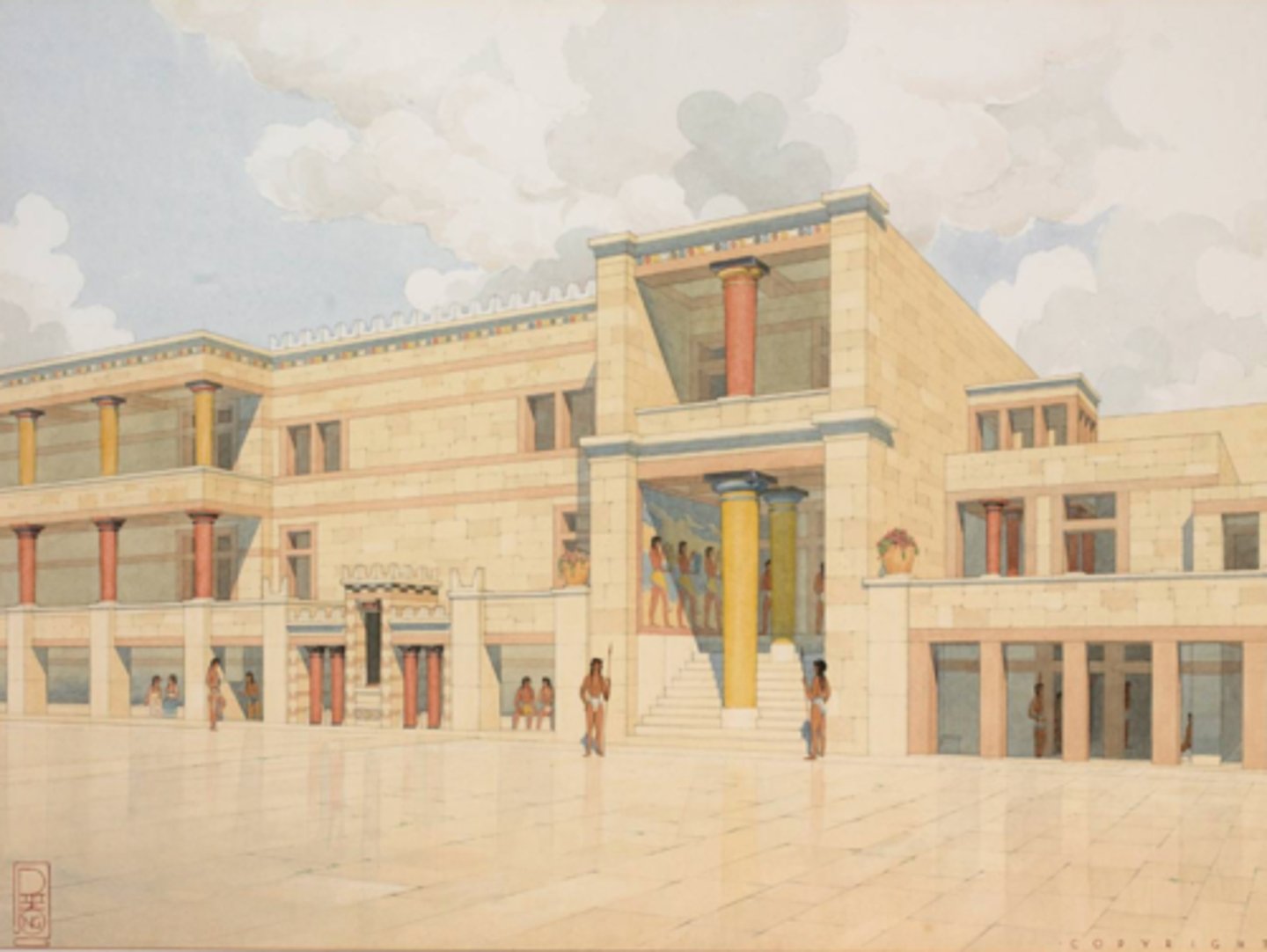
The North Lustral Basin at the Palace of Knossos as restored by Sir Arthur Evans (Second Palace Period)
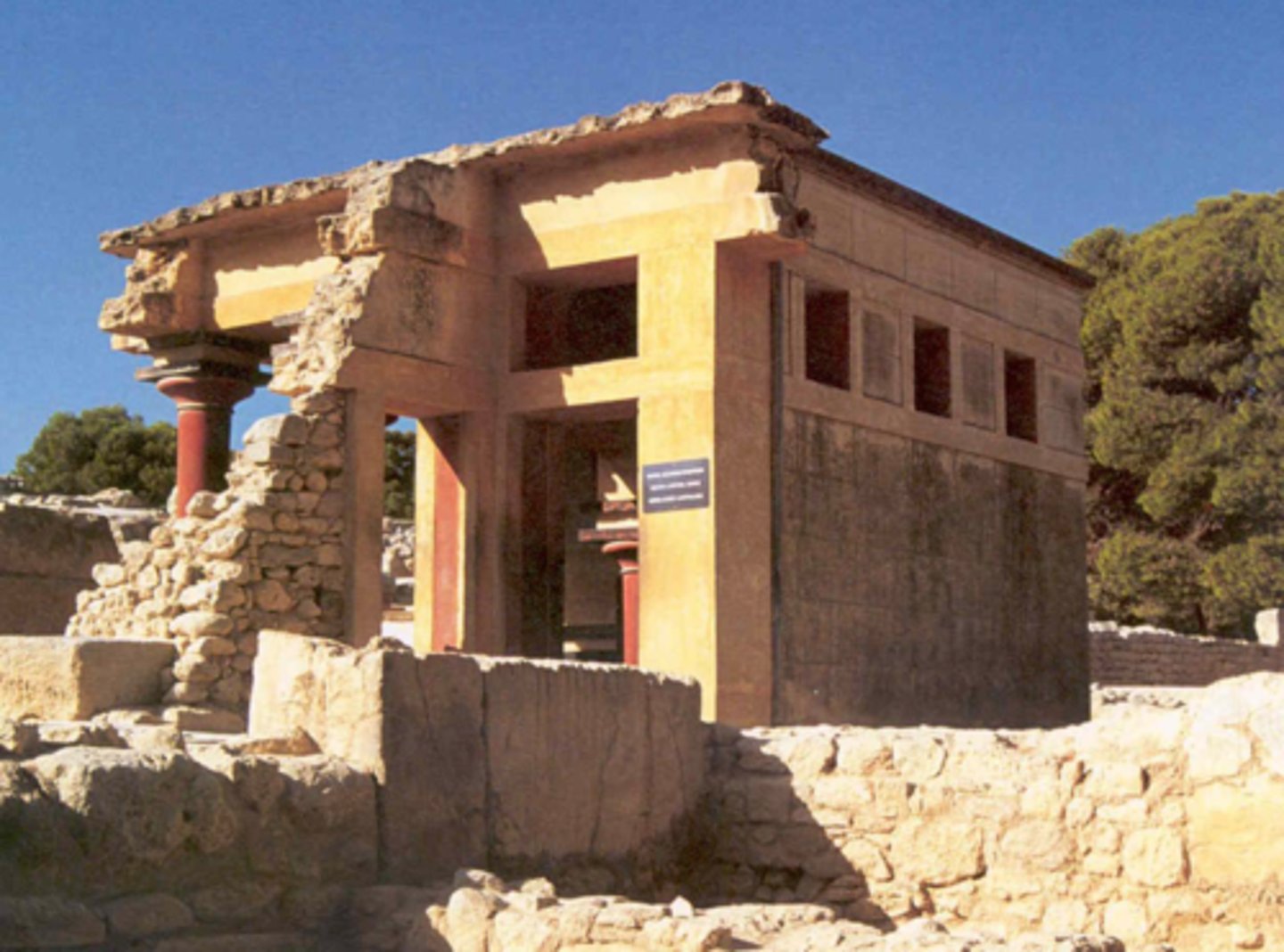
Faience statuettes of the snake goddesses (or the snake goddess & her attendant) from the Temple Repositories at Knossos, c. 1600BC
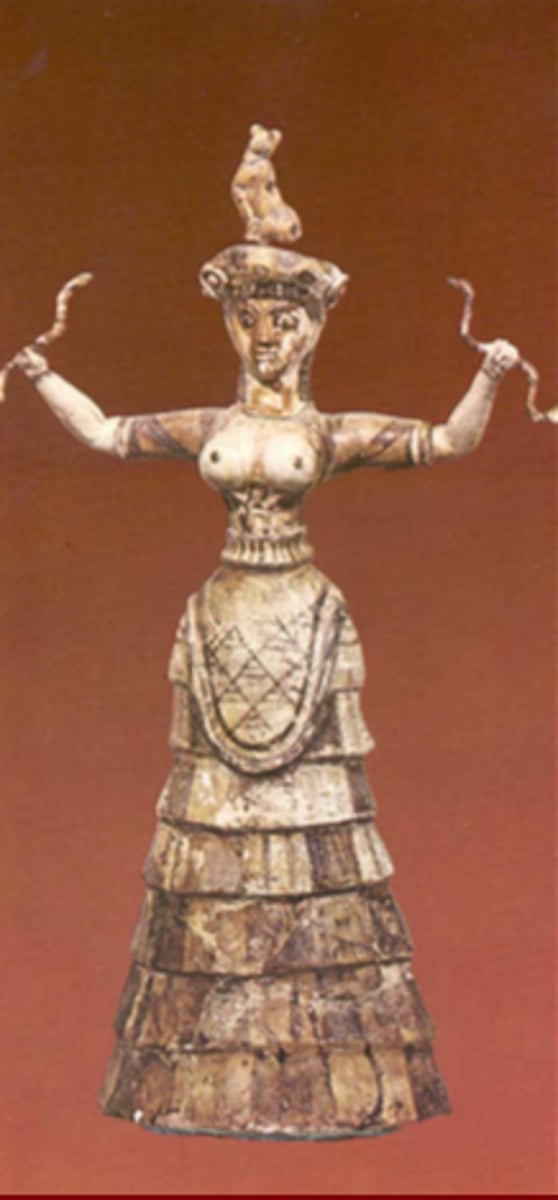
Fresco known as "La Parisienne," partof the Camp-Stool Fresco, c. 1400 BC. The prominent "sacral knot" worn at the back of the neck is often taken to indicate that she was a priestess or even a goddess, though this is conjecture
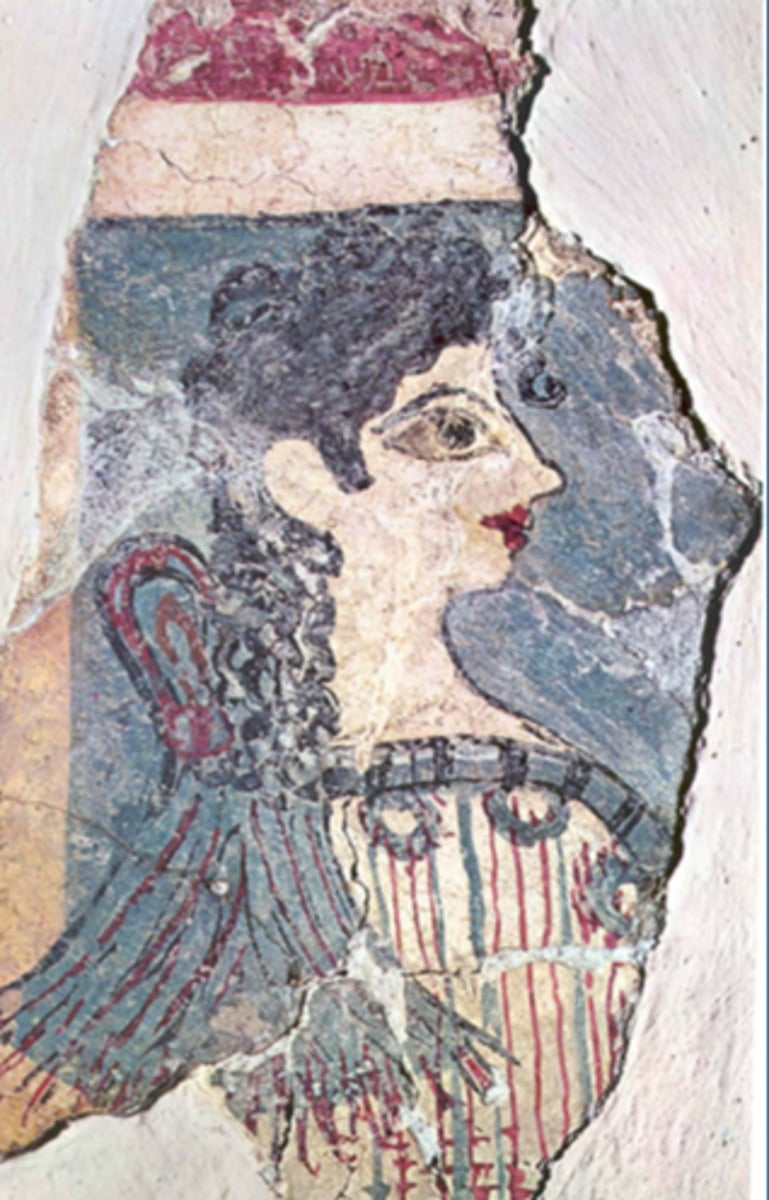
The Bull-leaping or Toreador Fresco from the east wing of the Palace at Knossos,15th century BC
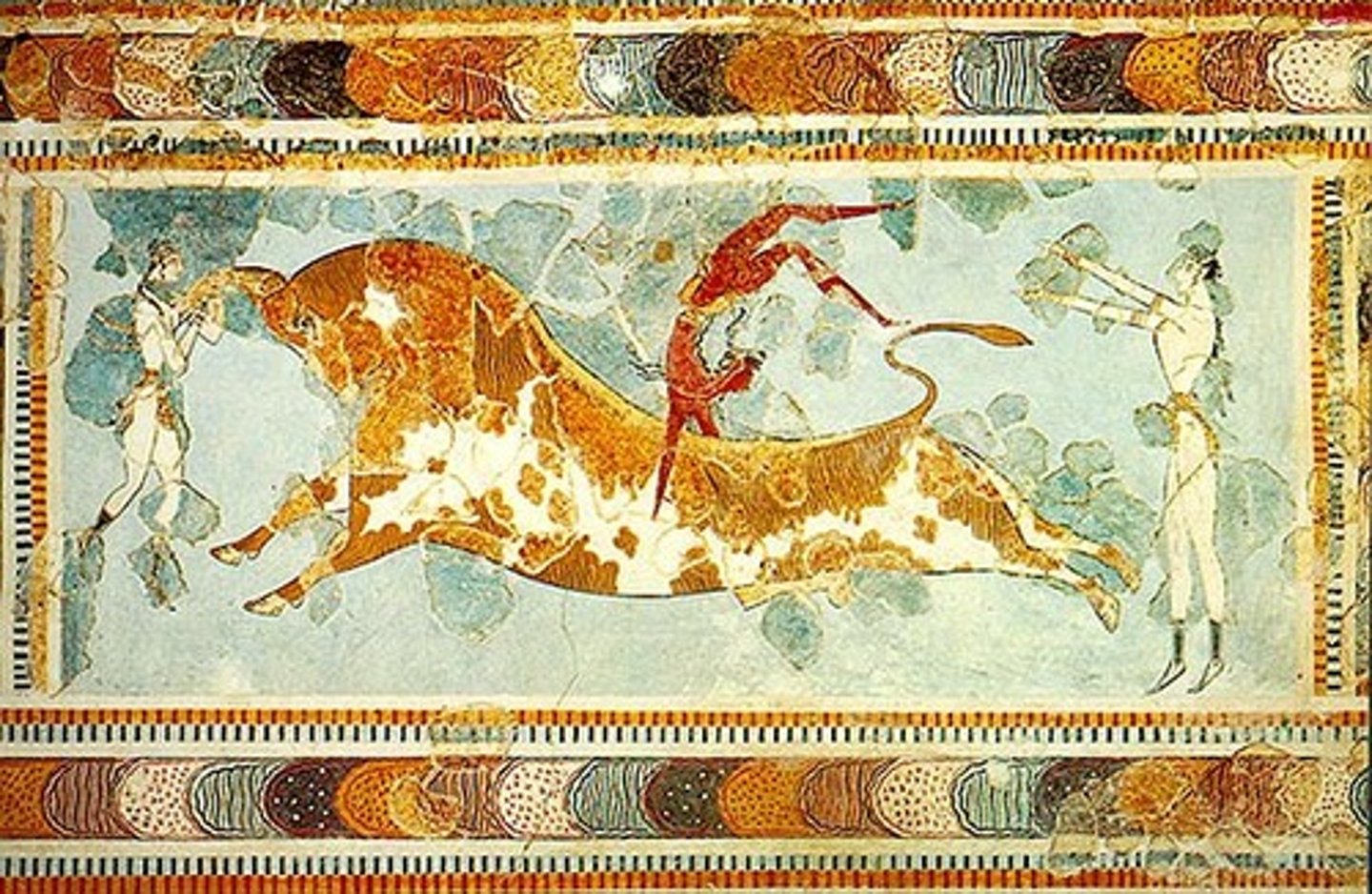
Seal stones of the Neopalatial period from the Palace at Knossos; a) (top) a goddess standing between two griffins (Potnia Theron); b) pair of bulls; c)lioness attacking a bull
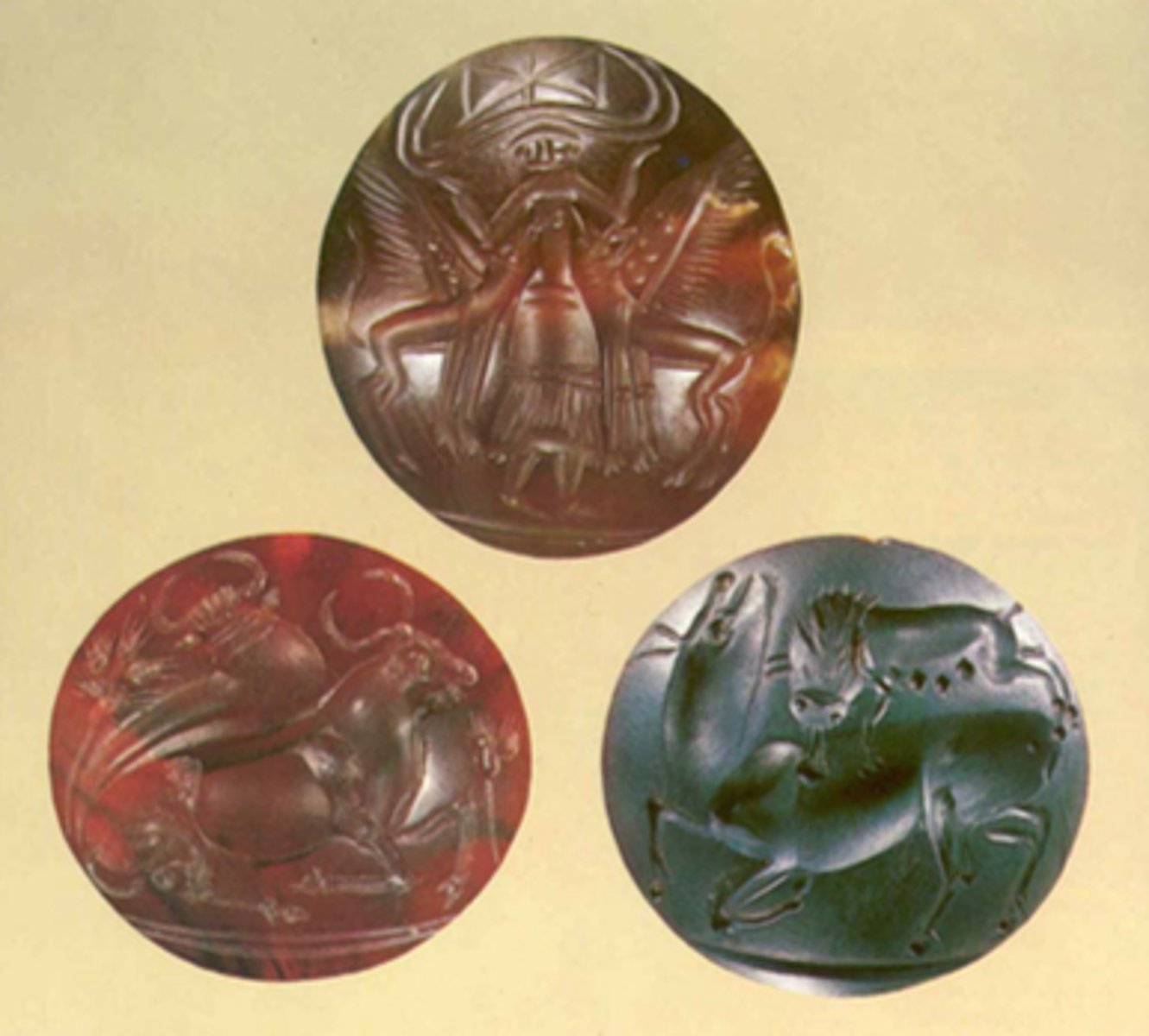
View of the Central Court & north end of the Palace at Phaistos looking north toward Mount Ida. The entire palatial compound is oriented toward the mountain
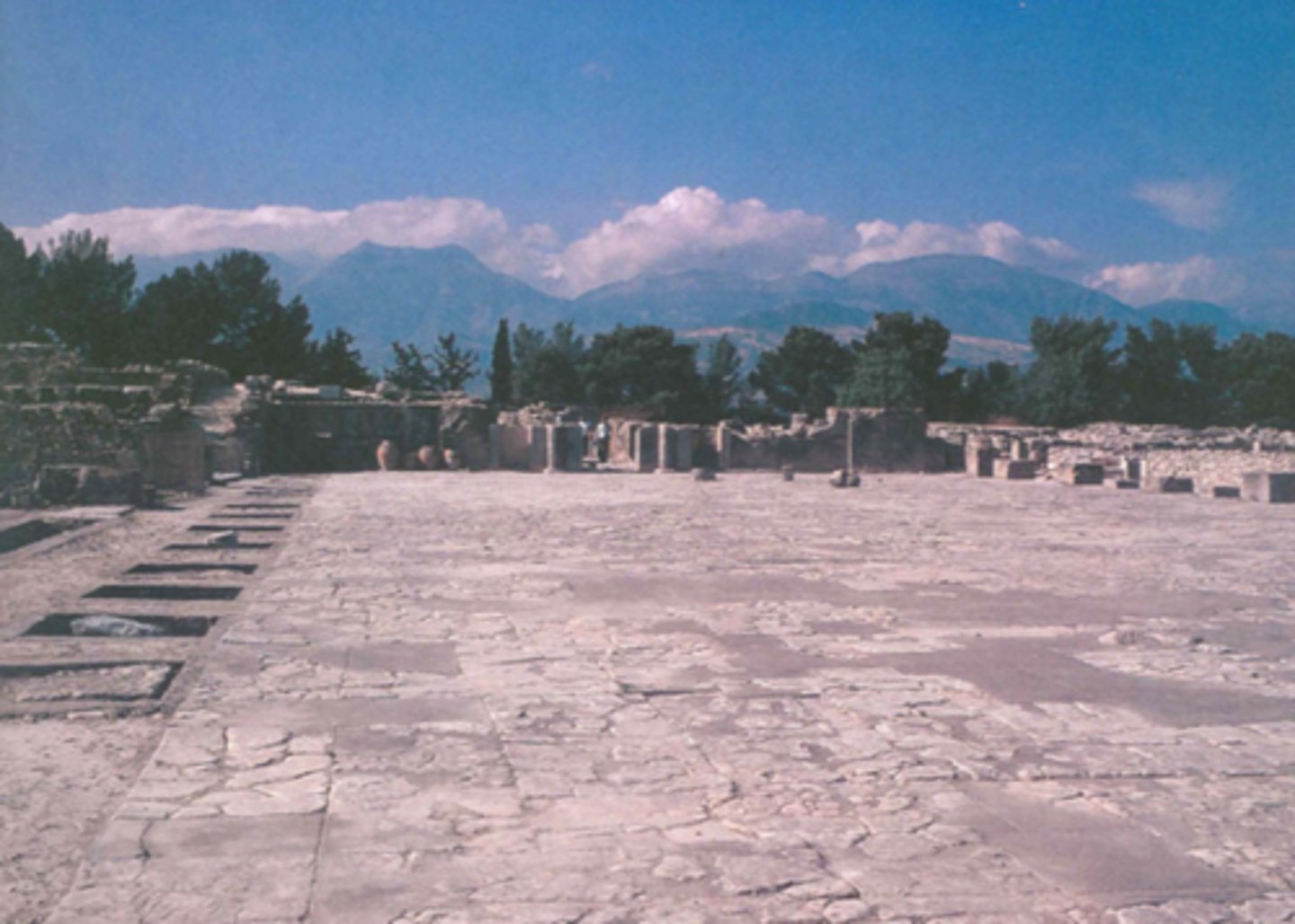
Gold earrings from the necropolis of Mavro Spelio, near Knossos, showing granulation work. Shortly after 1400 BC (note the schematic bull's head form)
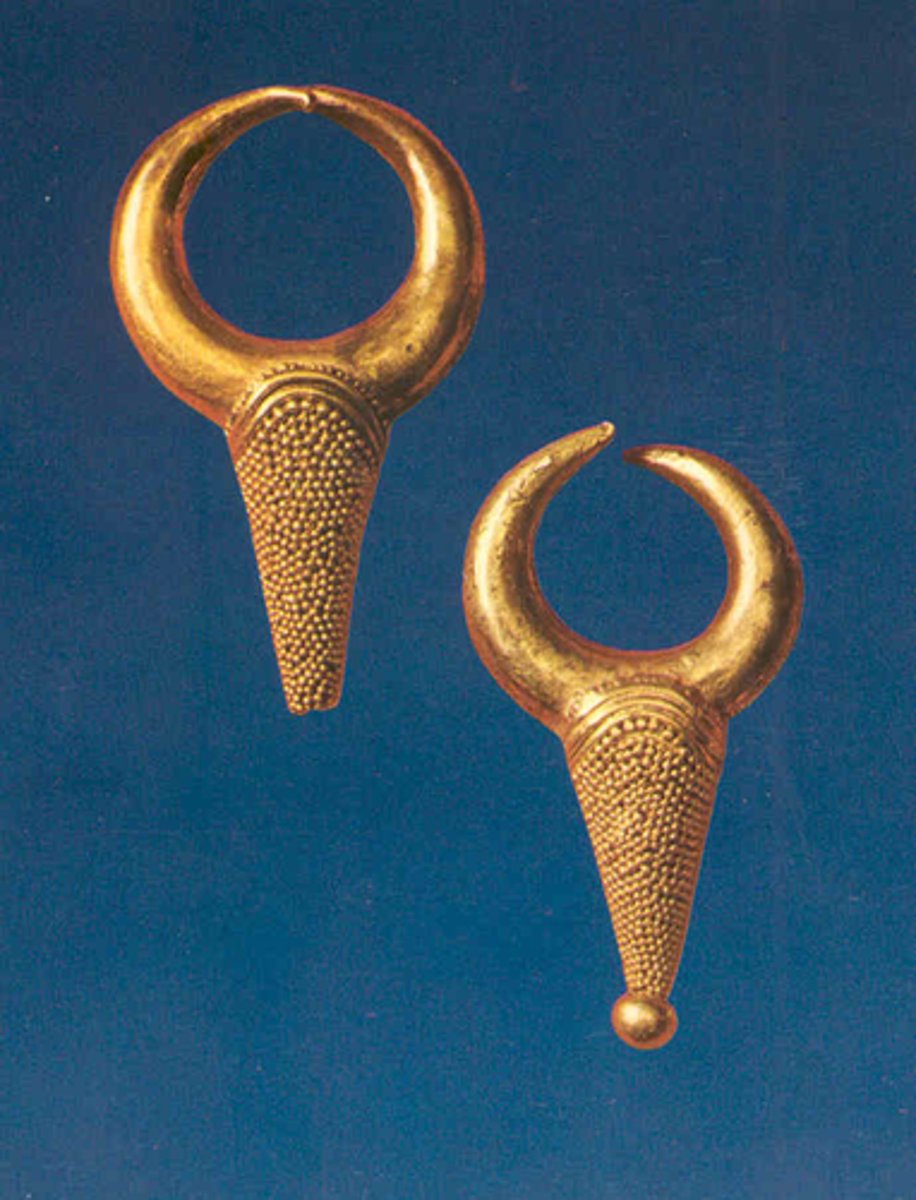
Gold signet ring from the Minoan tomb at Isopata, near Knossos, showing a religious scene that may represent an ecstatic ritual dance & the epiphany of a goddess, c. 1500 BC. Some of the floating symbols in the sky may represent stellar constellations
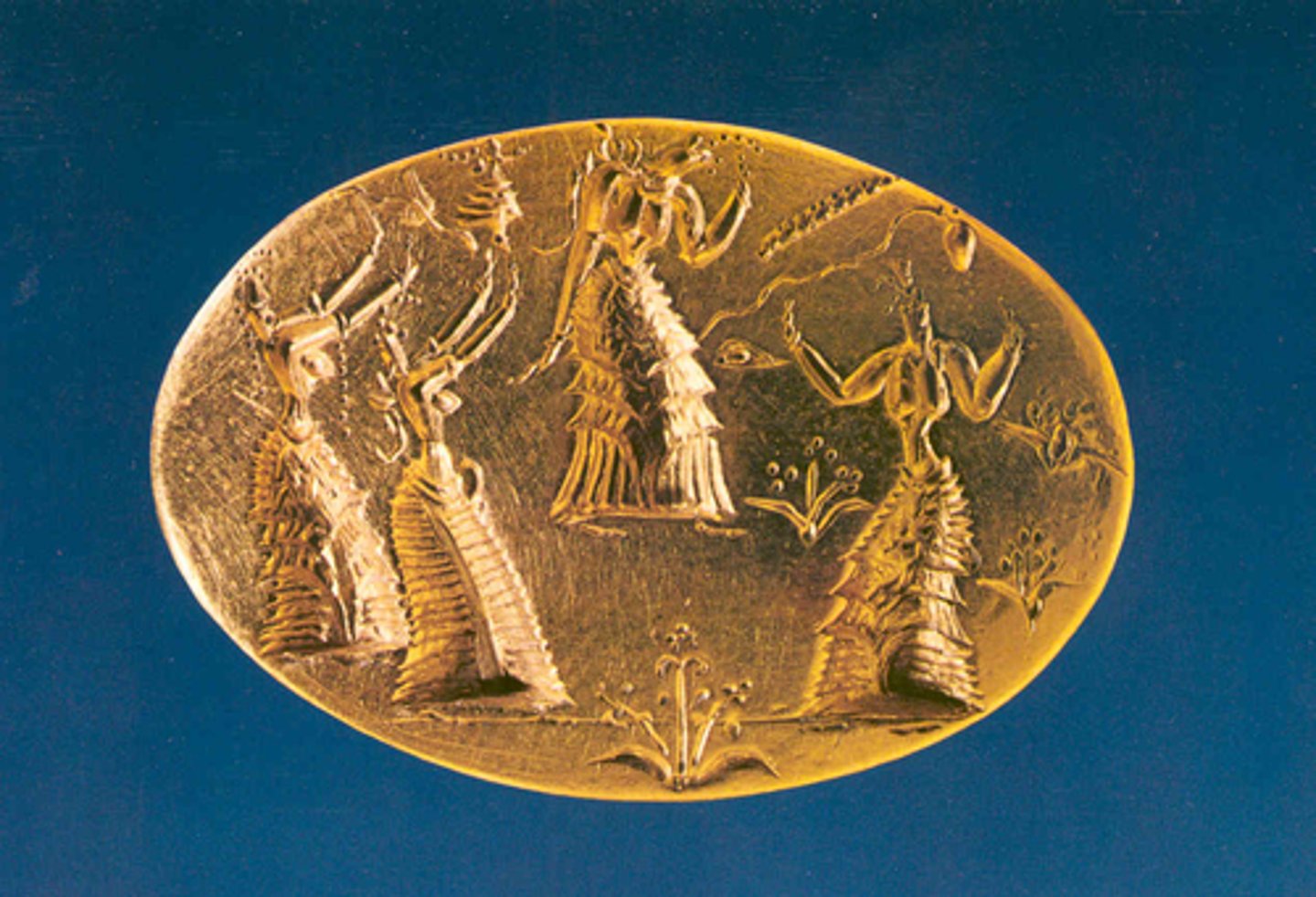
The Ayia Triada sarcophagus made of limestone and decorated with various religious scenes in fresco technique, c. 14 th century BC. It was found near the "Villa" at Ayia Triada
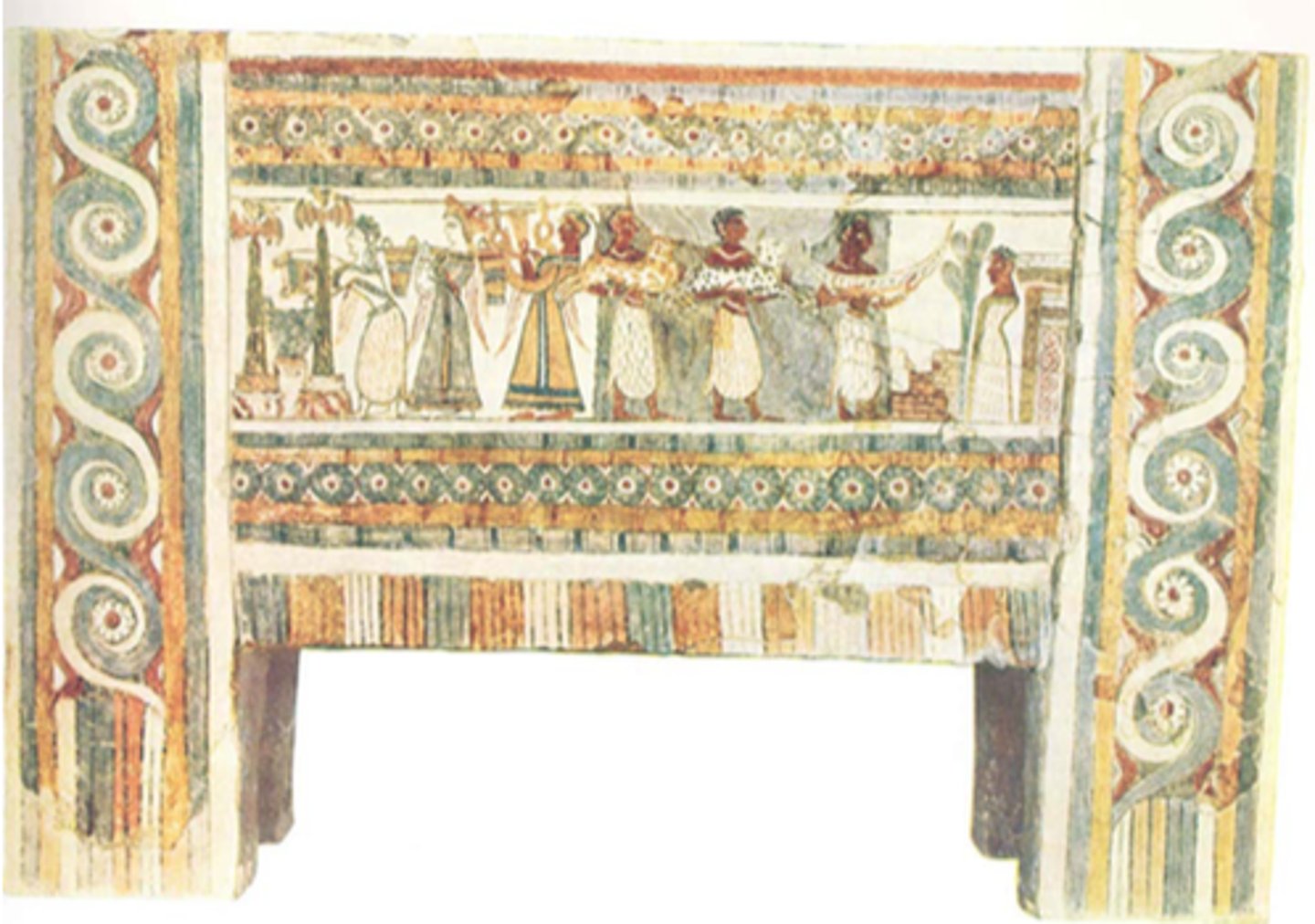
Fragments from the Camp-Stool Fresco at Knossos, c. 1400 BC
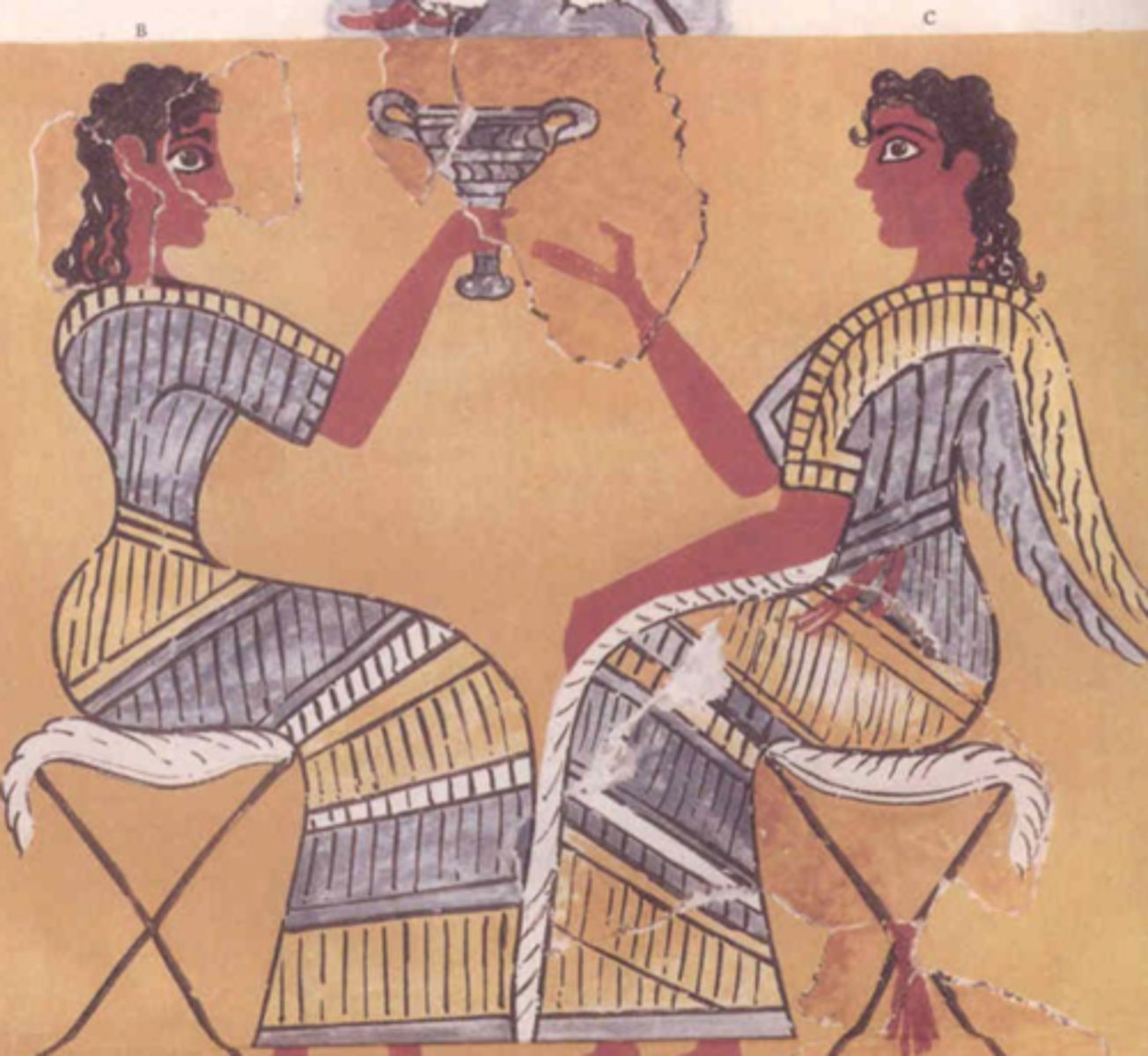
The so-called "Ring of Minos," a large gold signet ring depicting the epiphany cycle, dated to the end of the New Palace Period (c. 1450-1400 BC),though considered by some scholars a forgery
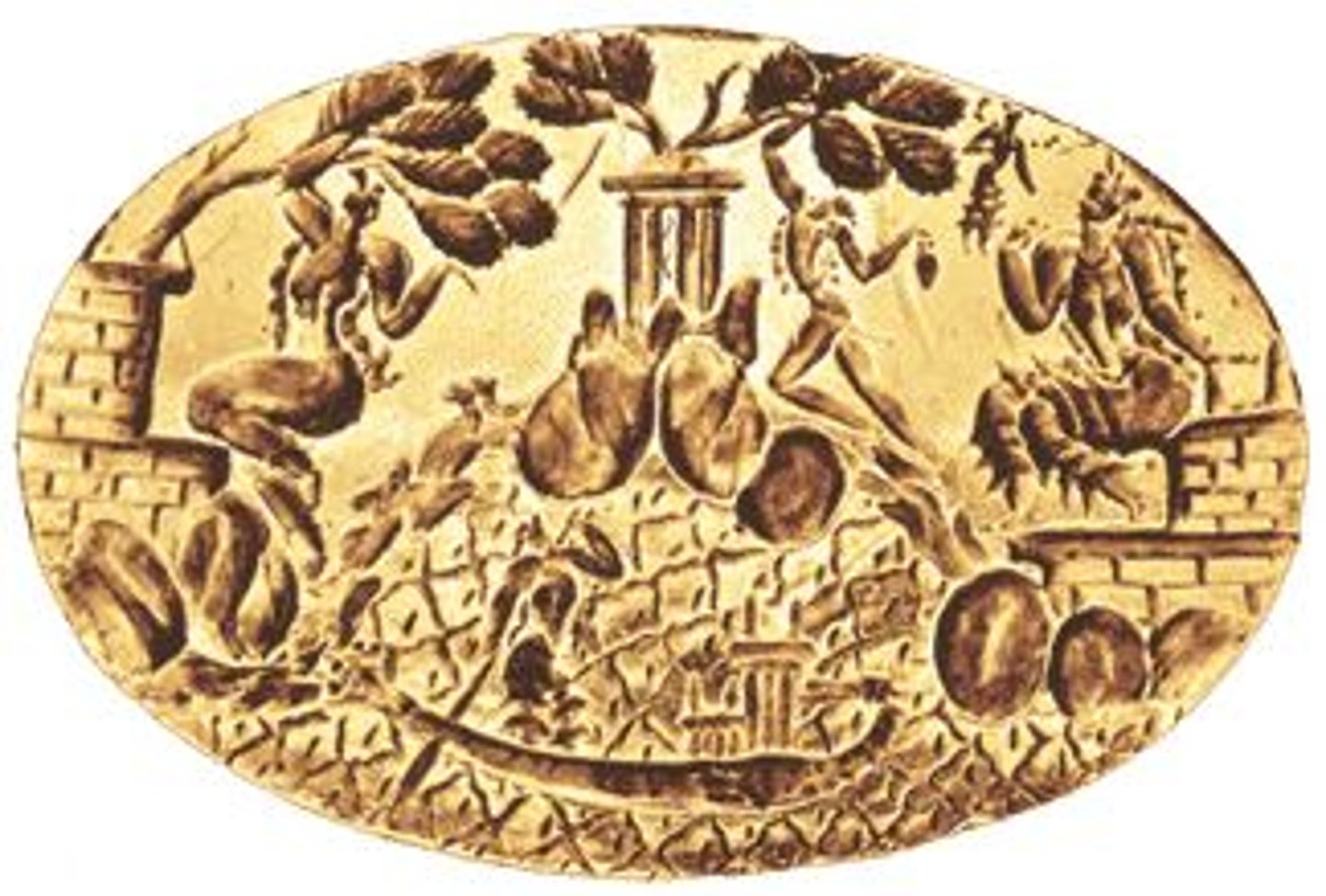
Miniature gold votive double axes from the Arkalochori Cave, Crete,Second Palace Period
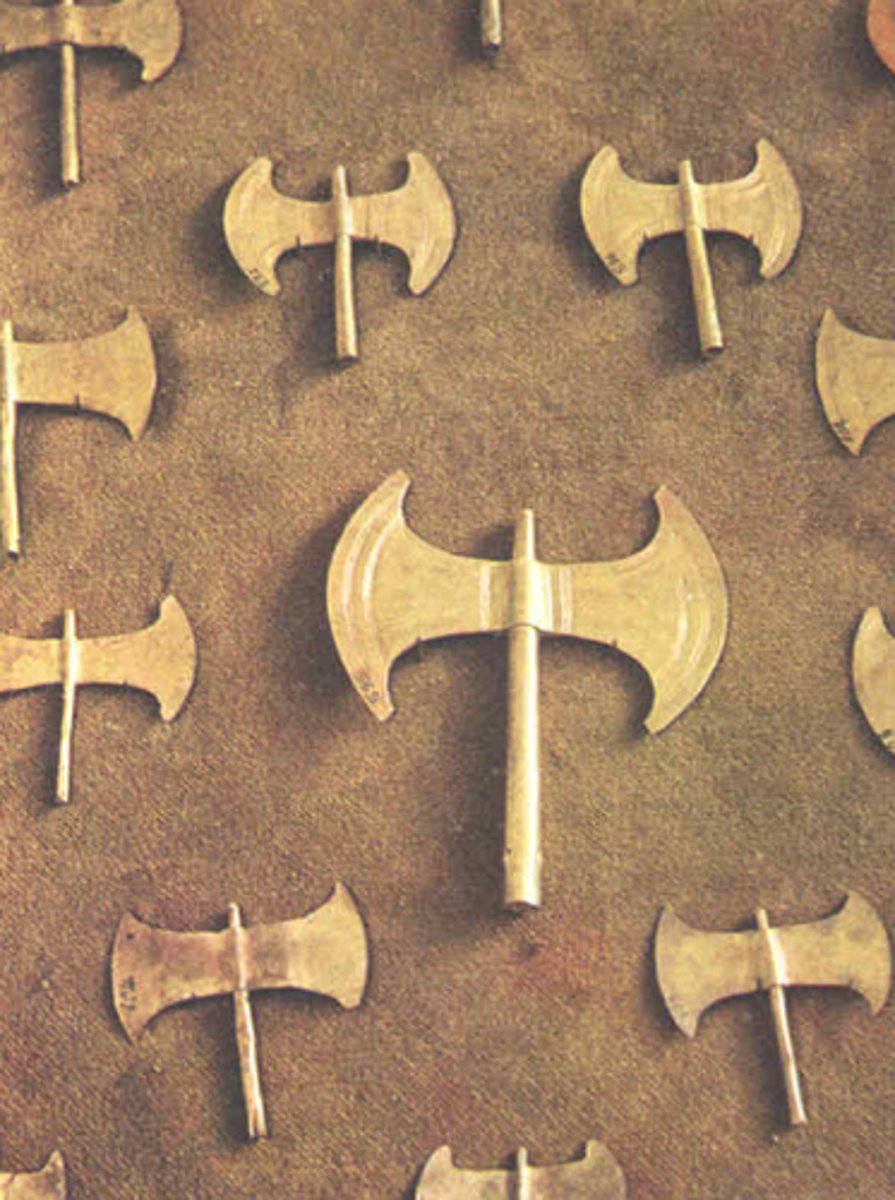
The so-called "Peak Sanctuary" rhyton, made of chlorite, from the Palace at Kato Zakro, Second Palace Period. It depicts a tripartite peak sanctuary surmounting abroad stair, with double horns along the roof lines, and what appear to be altars in the foreshortened front court, set in a mountain landscape with wild goats and birds. The stone vessel was probably gilt
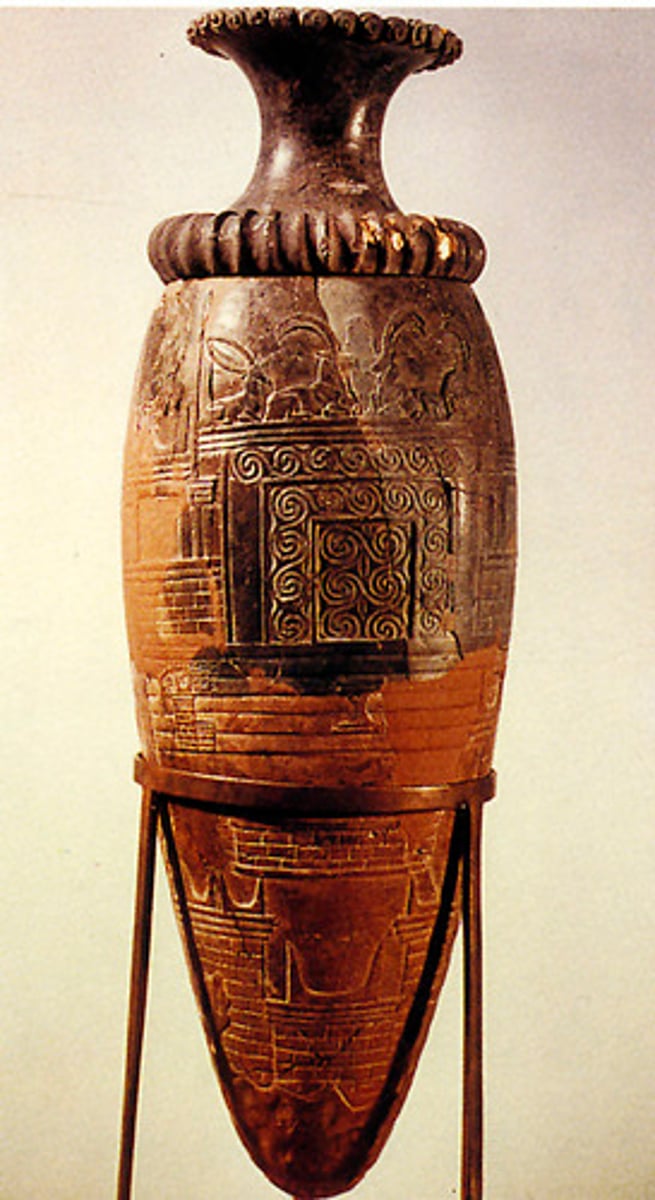
A three-dimensional reconstruction of the shrine on the "Peak Sanctuary"rhyton from Kato Zakro
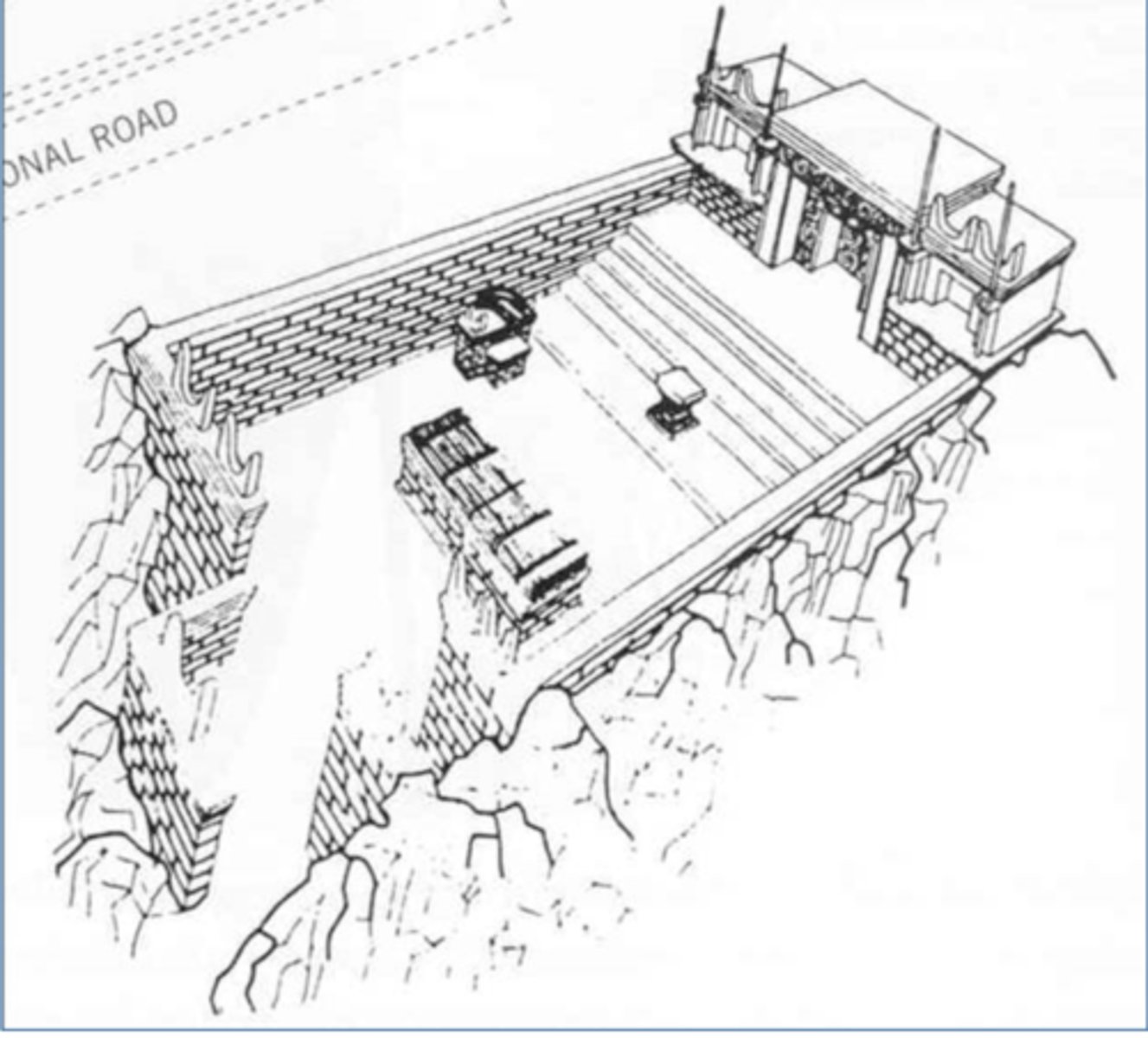
Aerial view of the excavated tripartite shrine at Archanes - Anemospilia dating to the Middle Minoan period. All objects were found in position, as were the skeletons of people who had been performing the rituals
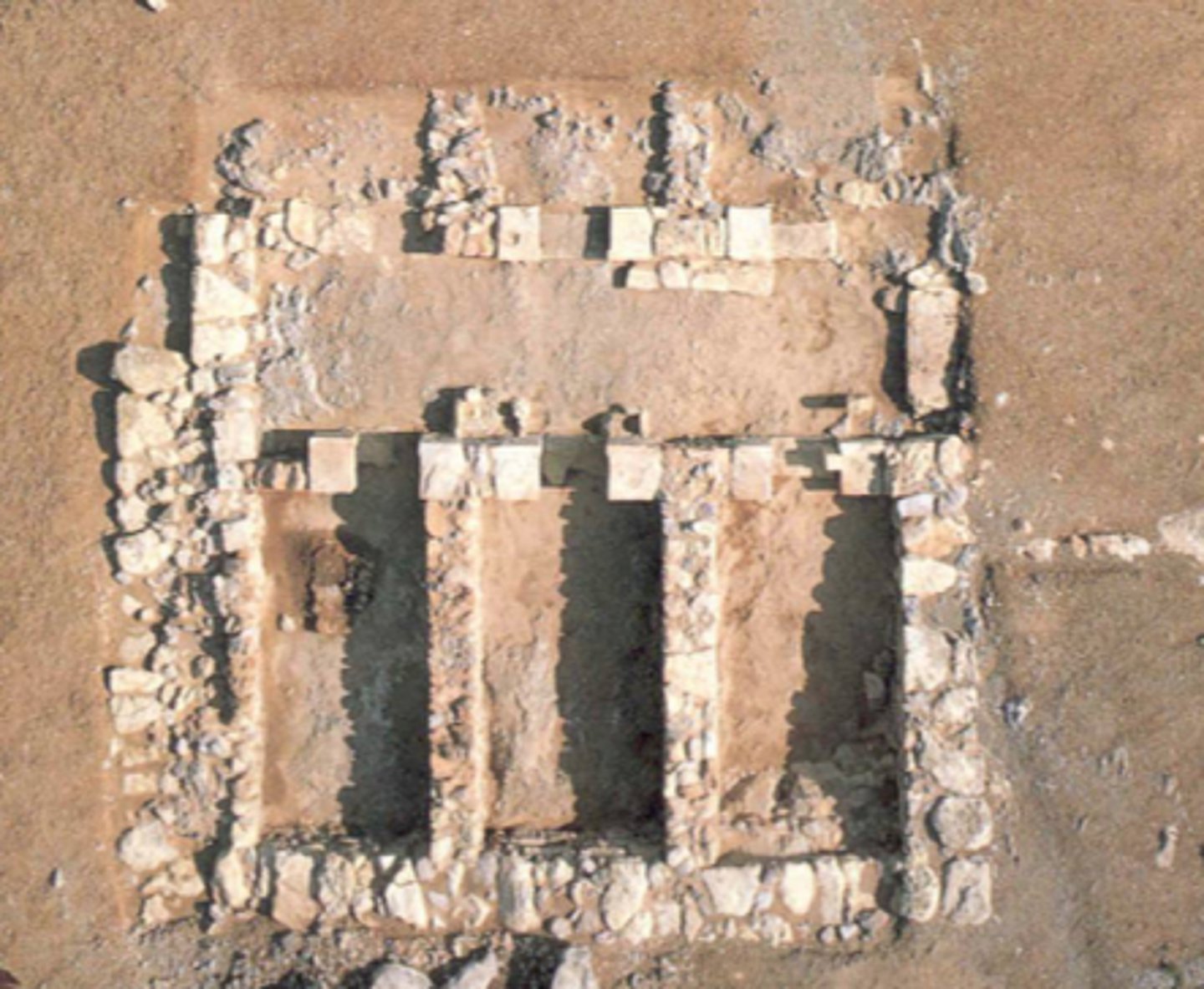
The "Harvester" Vase found at Ayia Triada Villa A, made of black steatite. The scene in low relief shows 27 males led by a figure, perhaps a priest. The scene has been interpreted as a processual dance, a triumphal march of soldiers, and a harvest festival
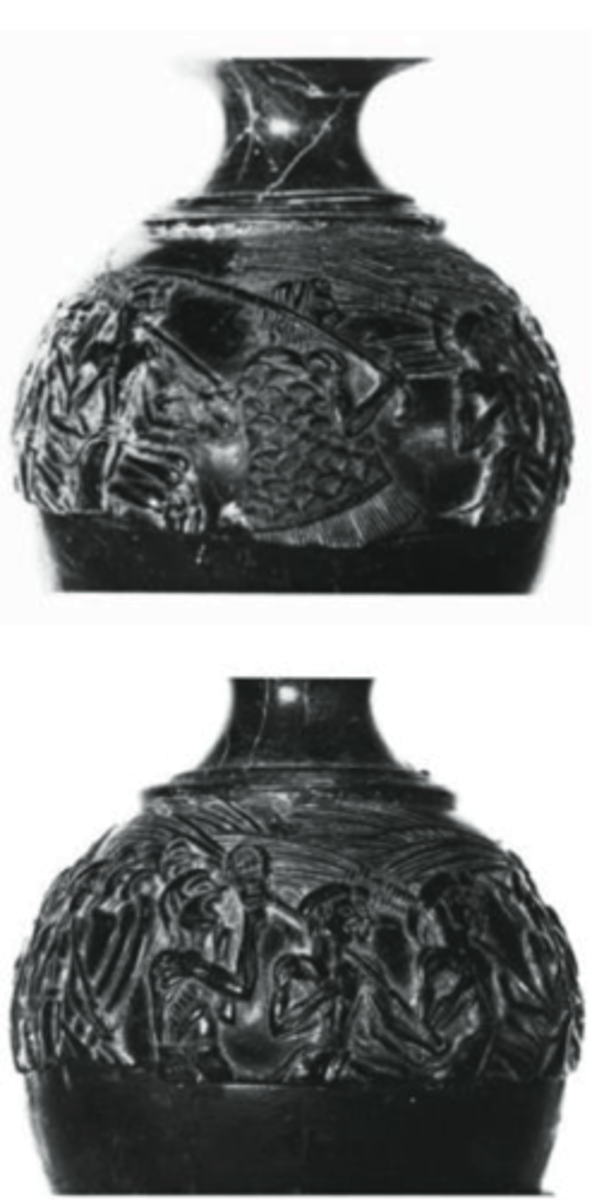
Chryselephantine (gold &ivory) statuette from Palaikastro referred to as a "kouros" (left as preserved; right as reconstructed).Late Minoan IB 1500-1450 BC
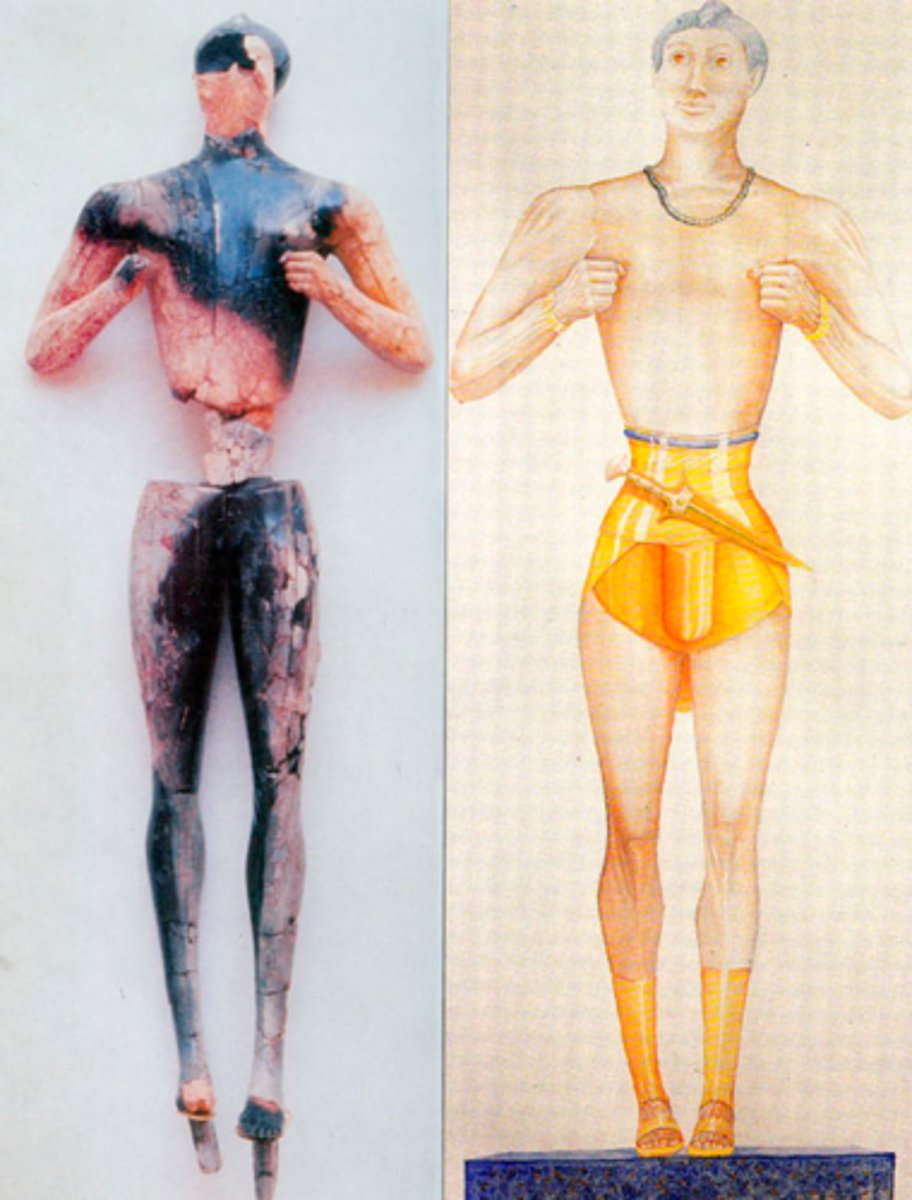
Two Cretan bronze figurines cast by the cire perdue (lost wax)technique in the typical "worship-ping" pose, both wearing normal costume for their sex. Both c. 1500 BC
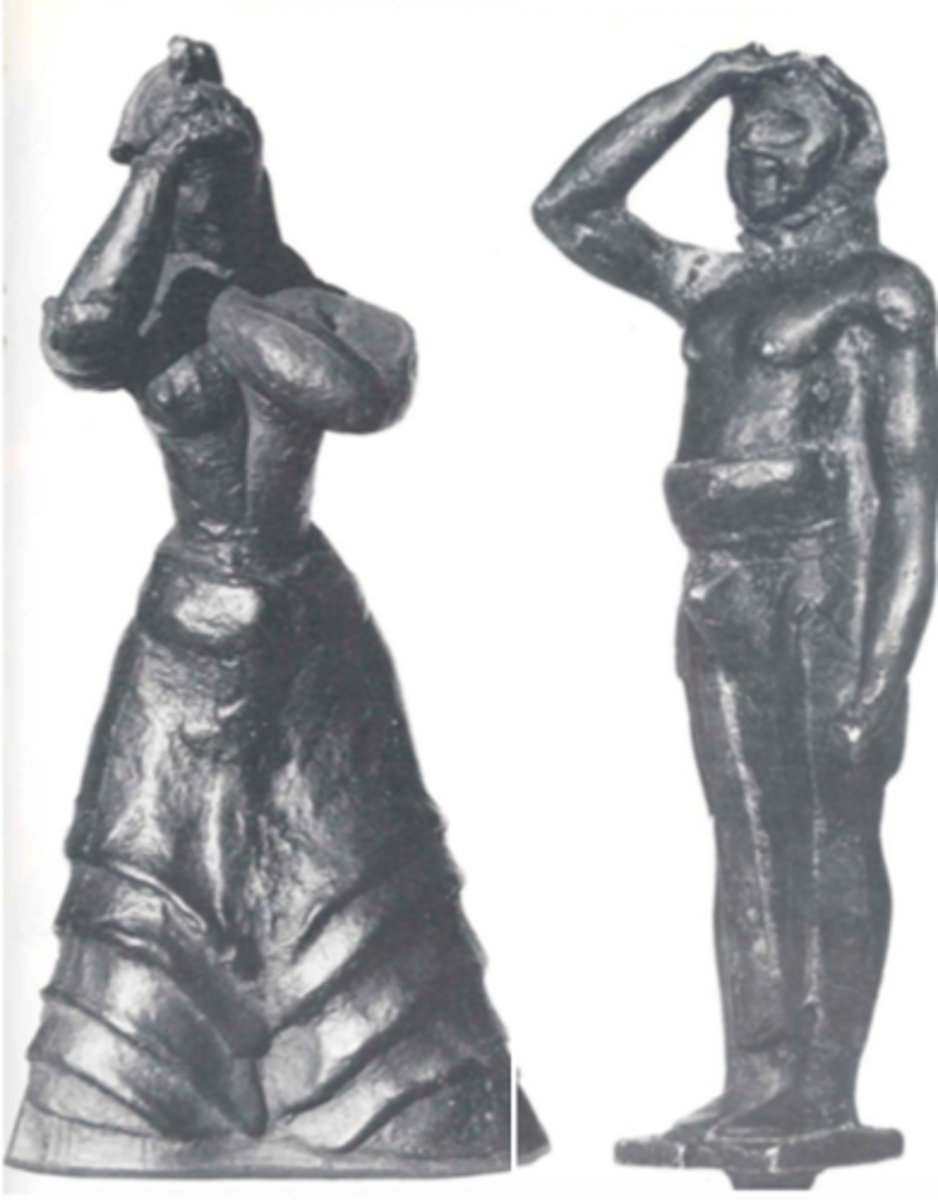
The Thera volcano is still sporadically active, particularly the eruptions of Nea Kameni, seen here from the town of Phira
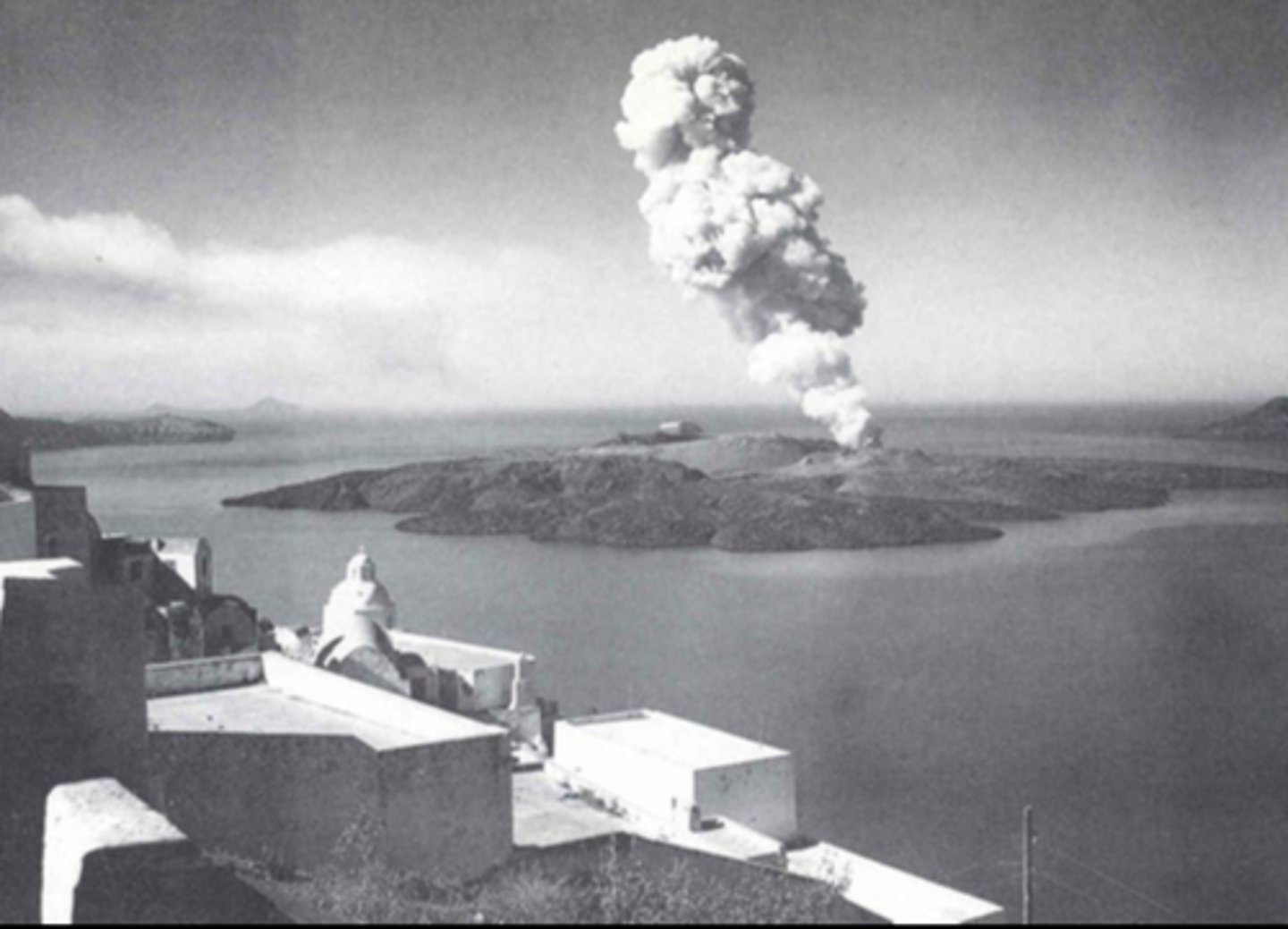
The Bronze Age (Late Cycladic) site of Akrotiri. View of the excavations showing the triangular square, with the West House on the left and Building Complex Delta on the right
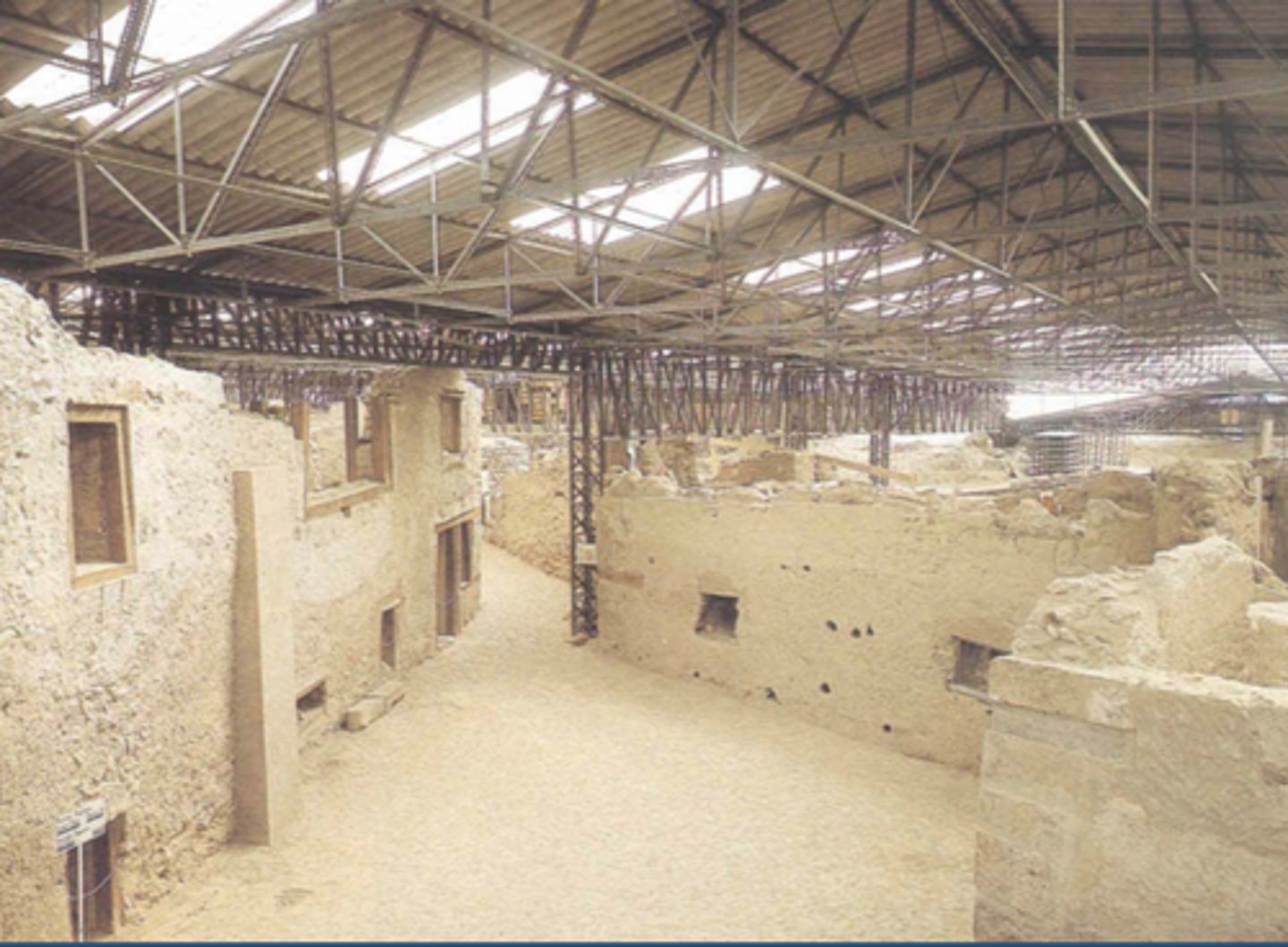
Akrotiri: the Antelopes Fresco from the west wall of Room Beta 1
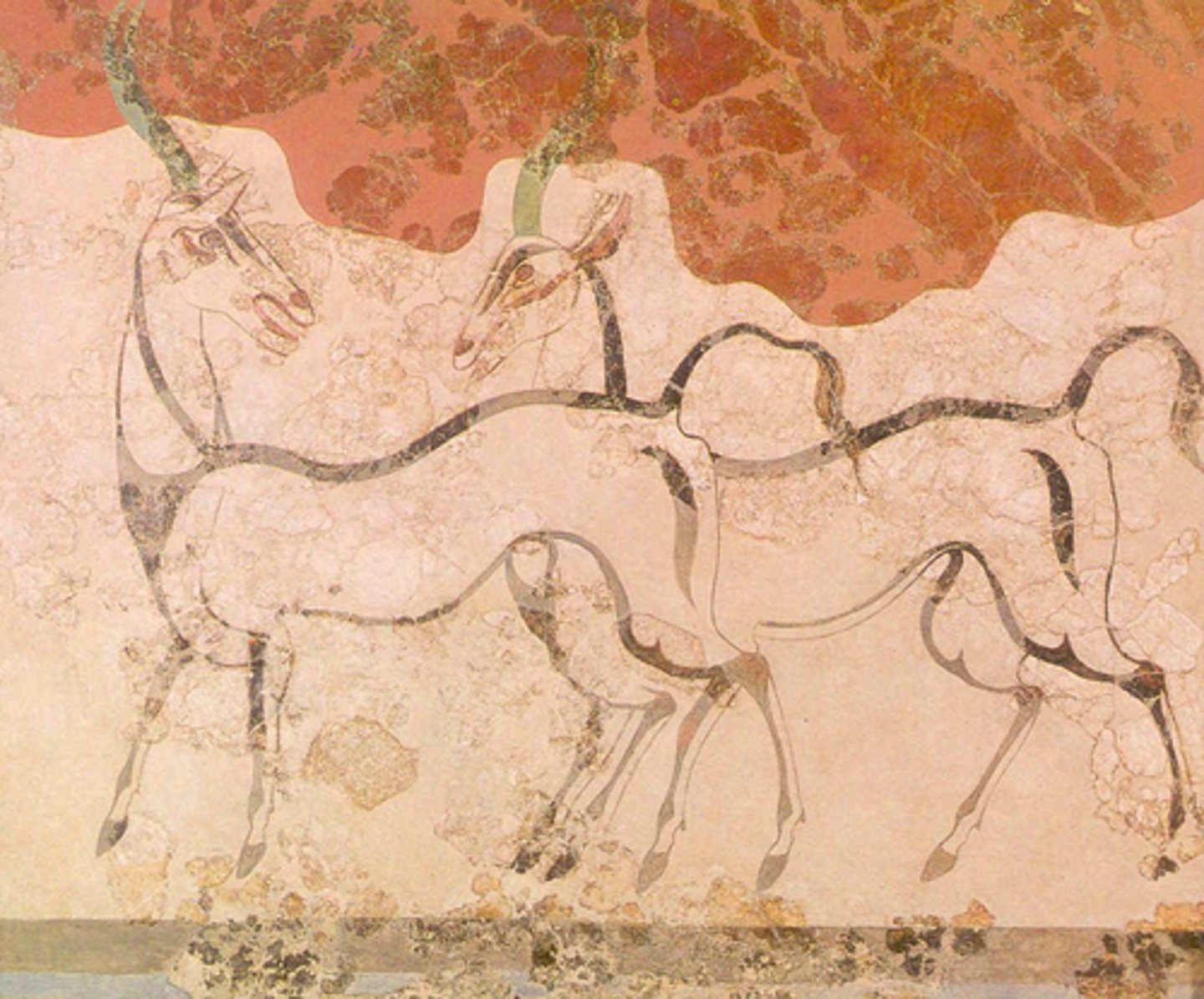
Akrotiri: the Boxing Boys Fresco from the south wall of Room Beta 1
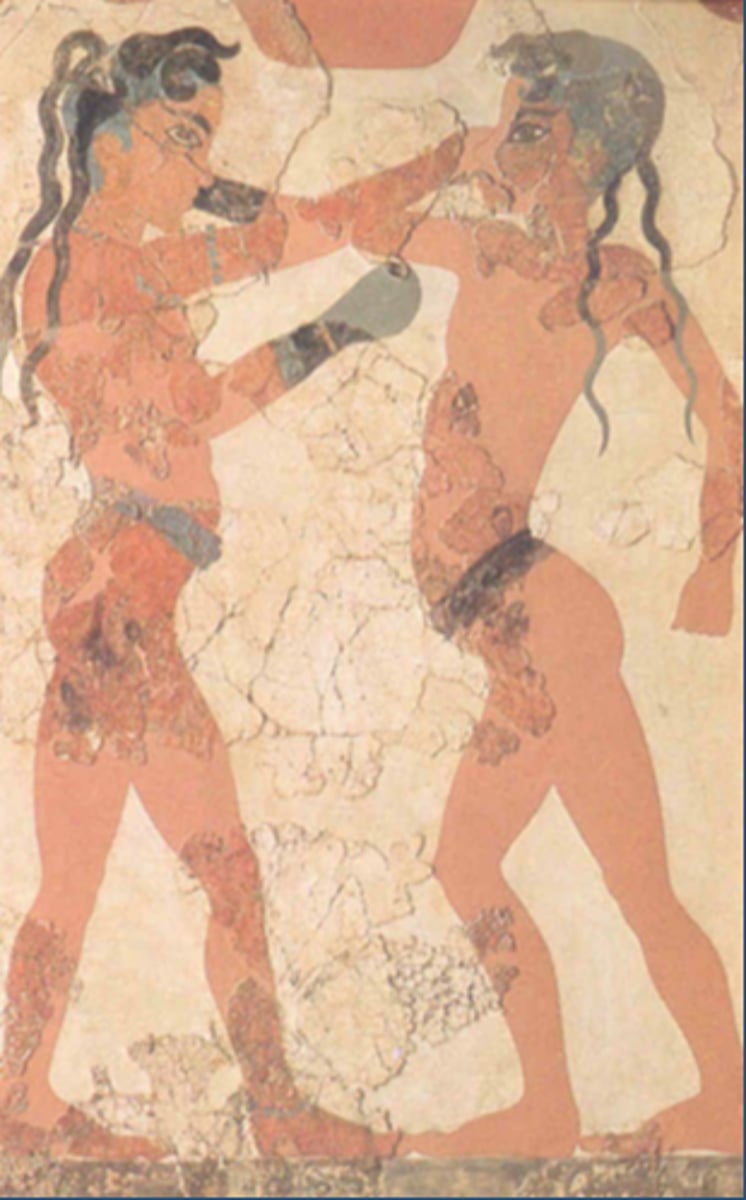
Akrotiri: one of the eight devices on the walls of Room 4 in the West House Referred to as "Ikria," Marinatos originally thought them to be "banners," but later decided they were "cabins." Others see them as "litters" or" palanquins"
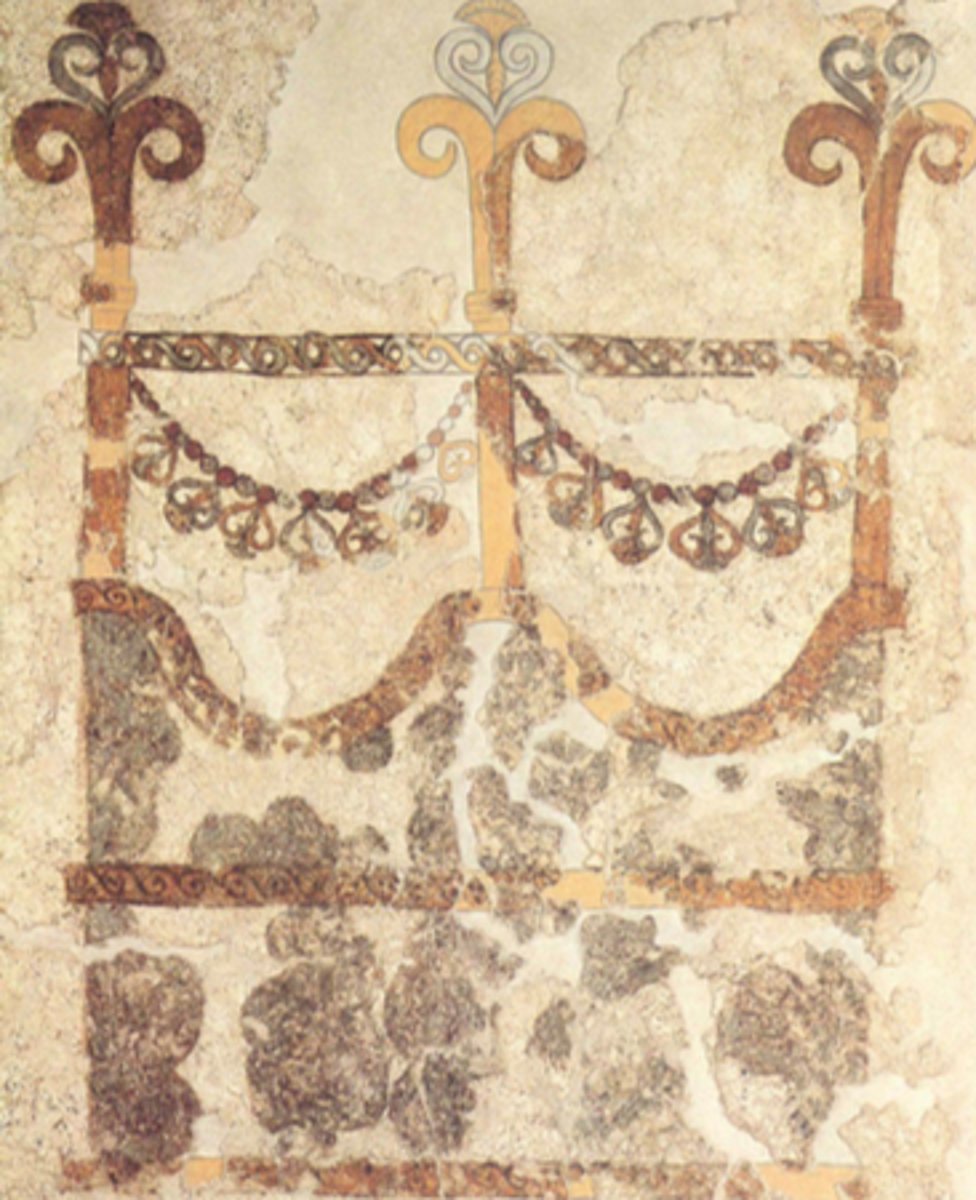
Akrotiri: detail of the minature fresco from the south wall of Room 5 in the West House showing two cities and a "flotilla" or "regatta" between them

Akrotiri: the so-called "Sea Battle" Fresco, one of two groups of fragments from the north wall of Room 5 in the West House
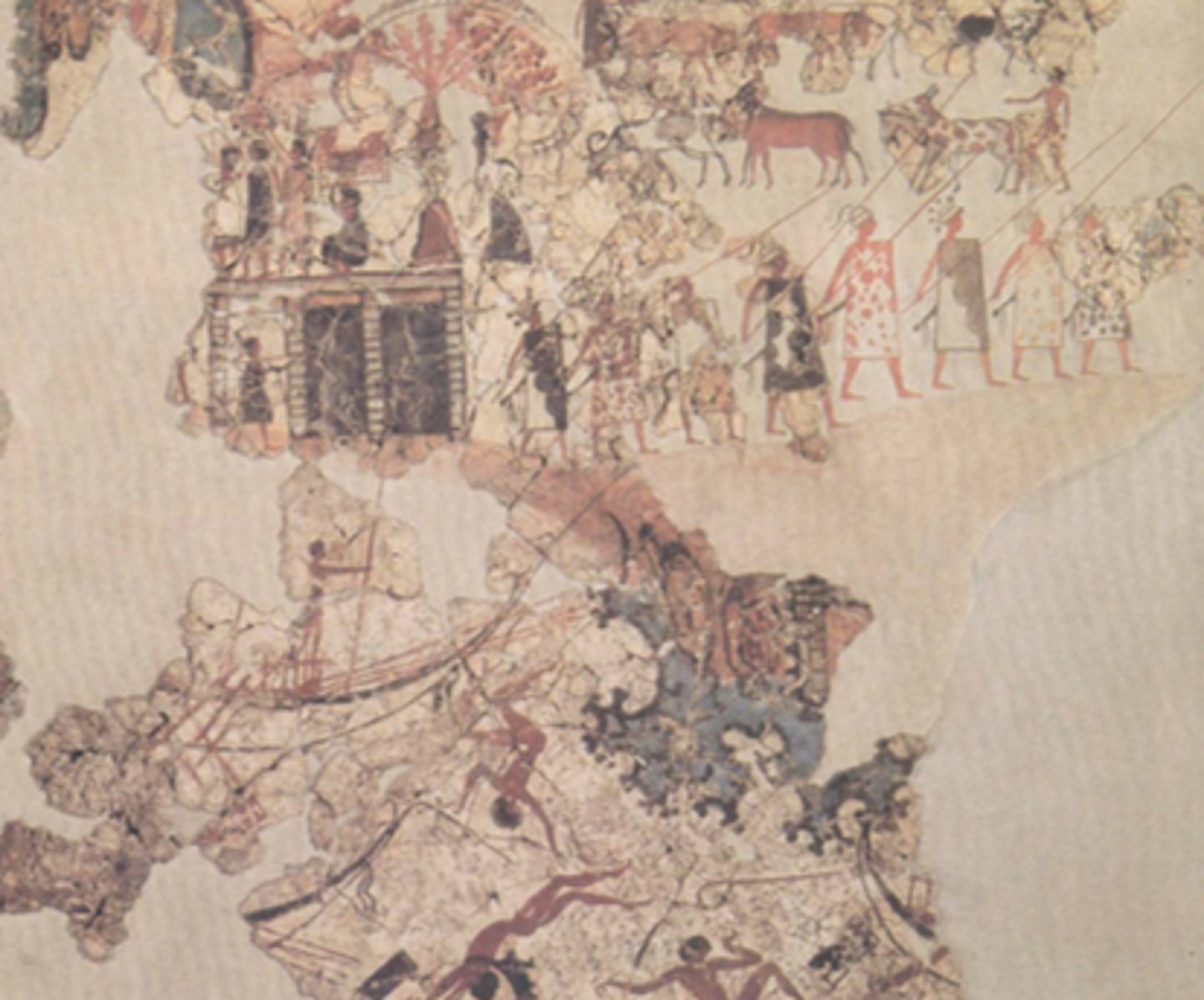
Akrotiri: young girl gathering crocus flowers; fresco from Xeste 3. Based on the shaved head and locks of hair, the girl is believed to be an adolescent
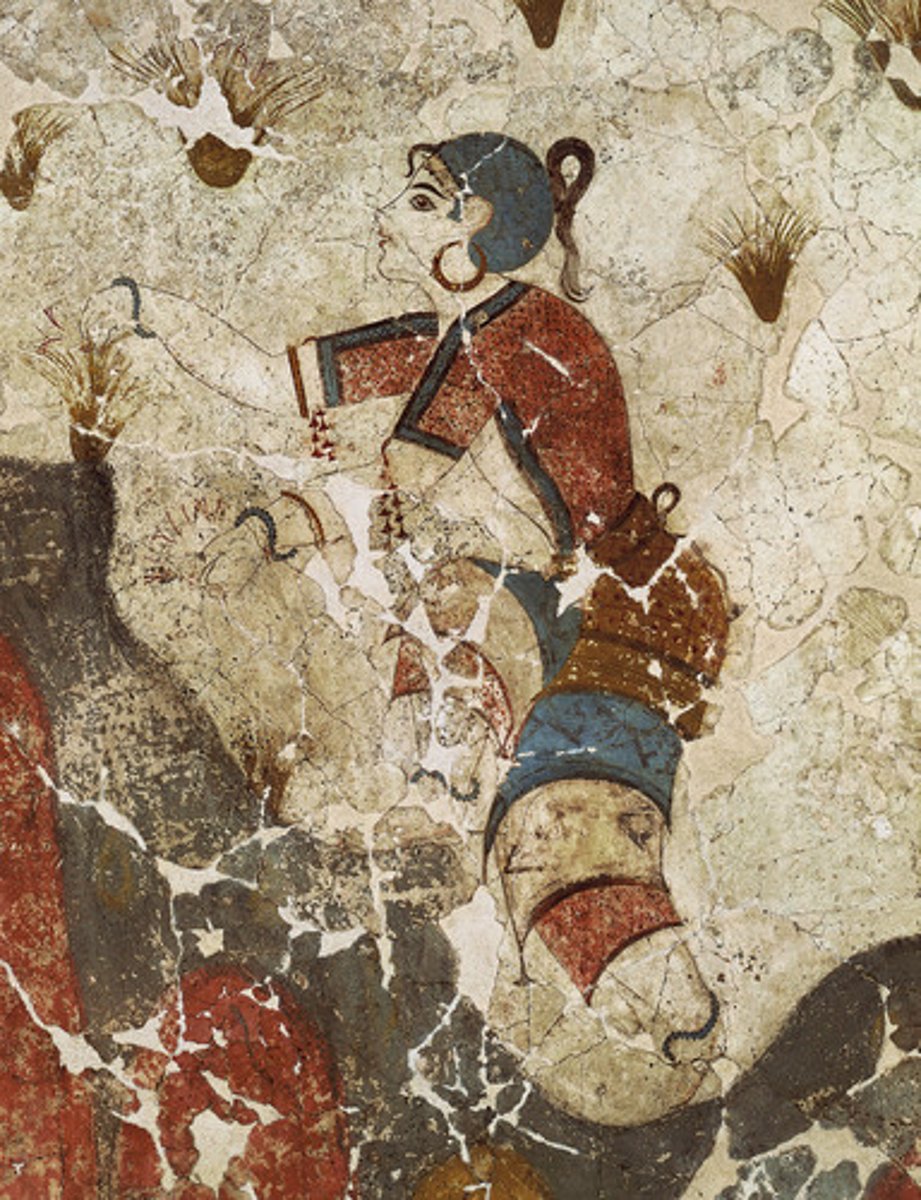
Plans of the West House (top) and Xeste 3 (bottom) at Akrotiri
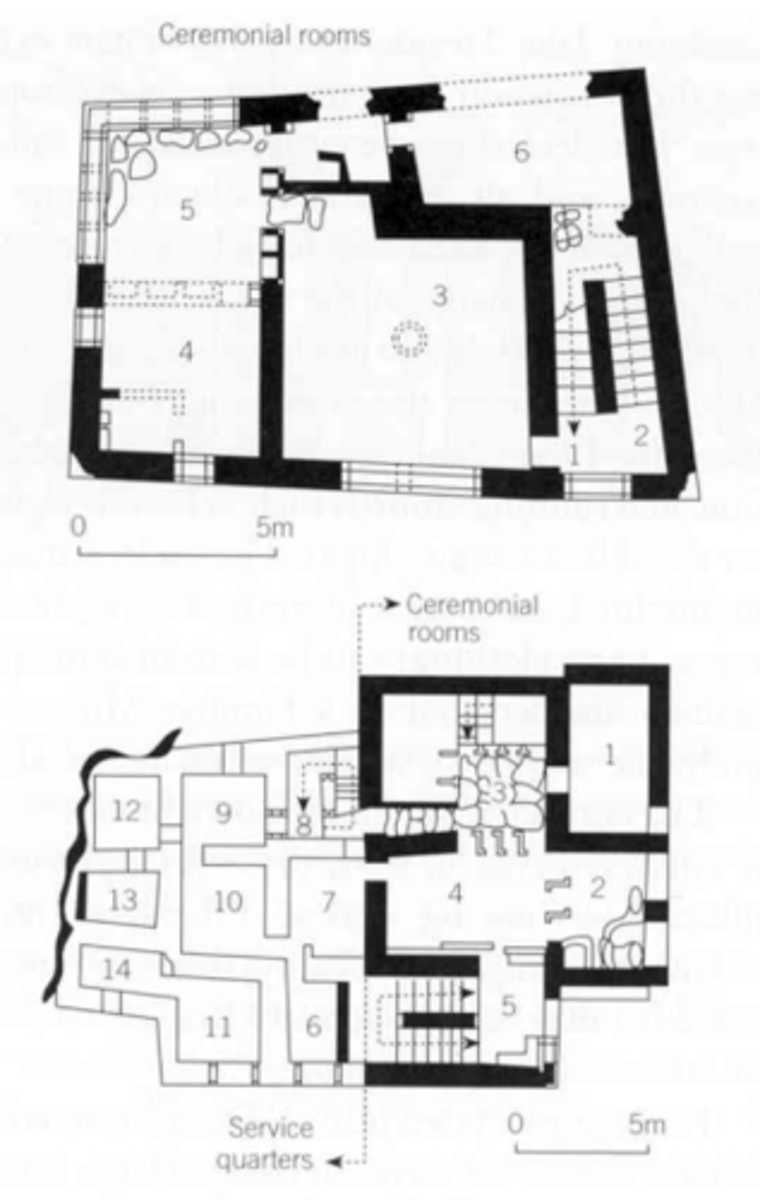
Akrotiri: reconstruction of Room 3 and upper floor of Xeste 3
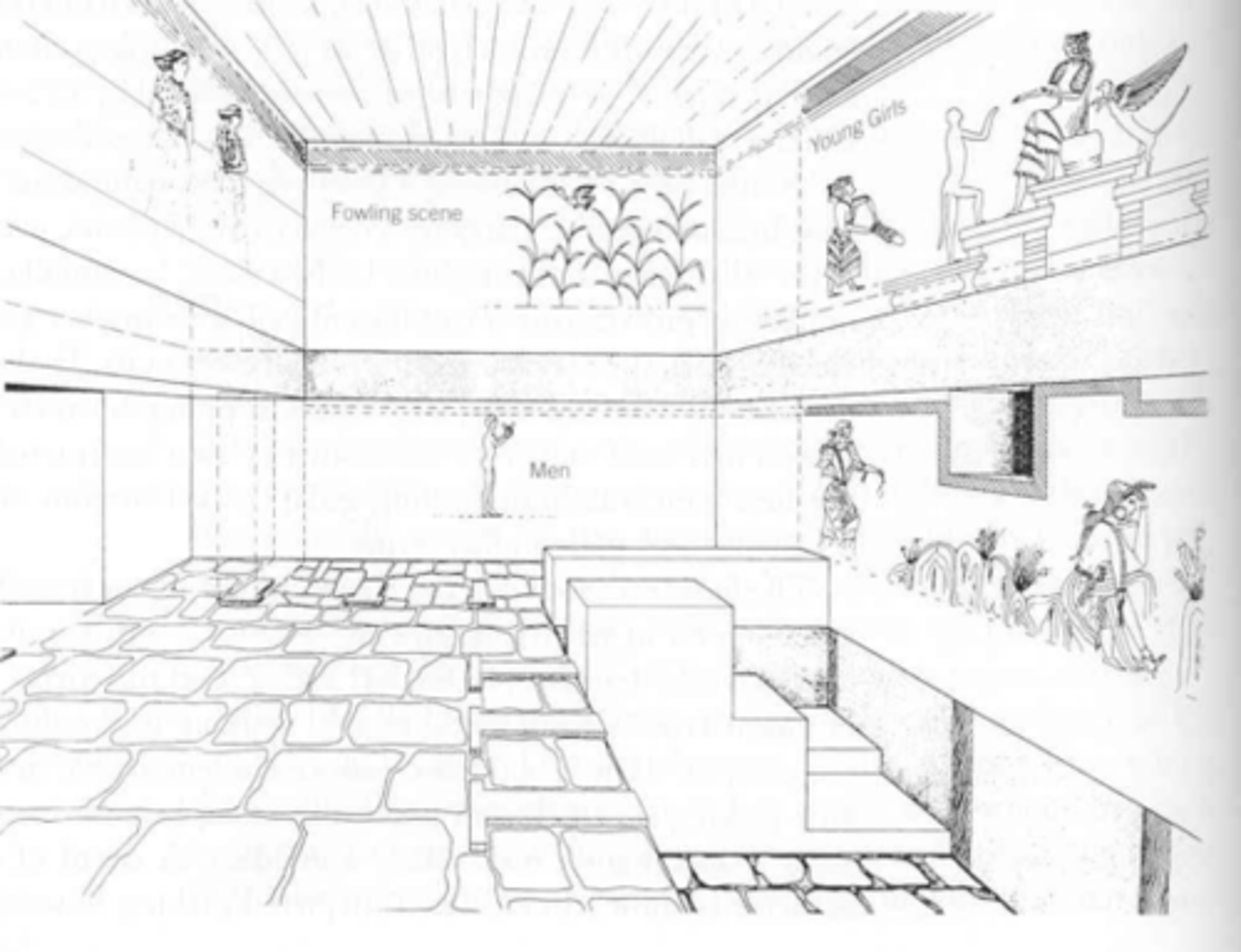
Akrotiri: the "Blue Monkey"Fresco from Room 6, House Beta
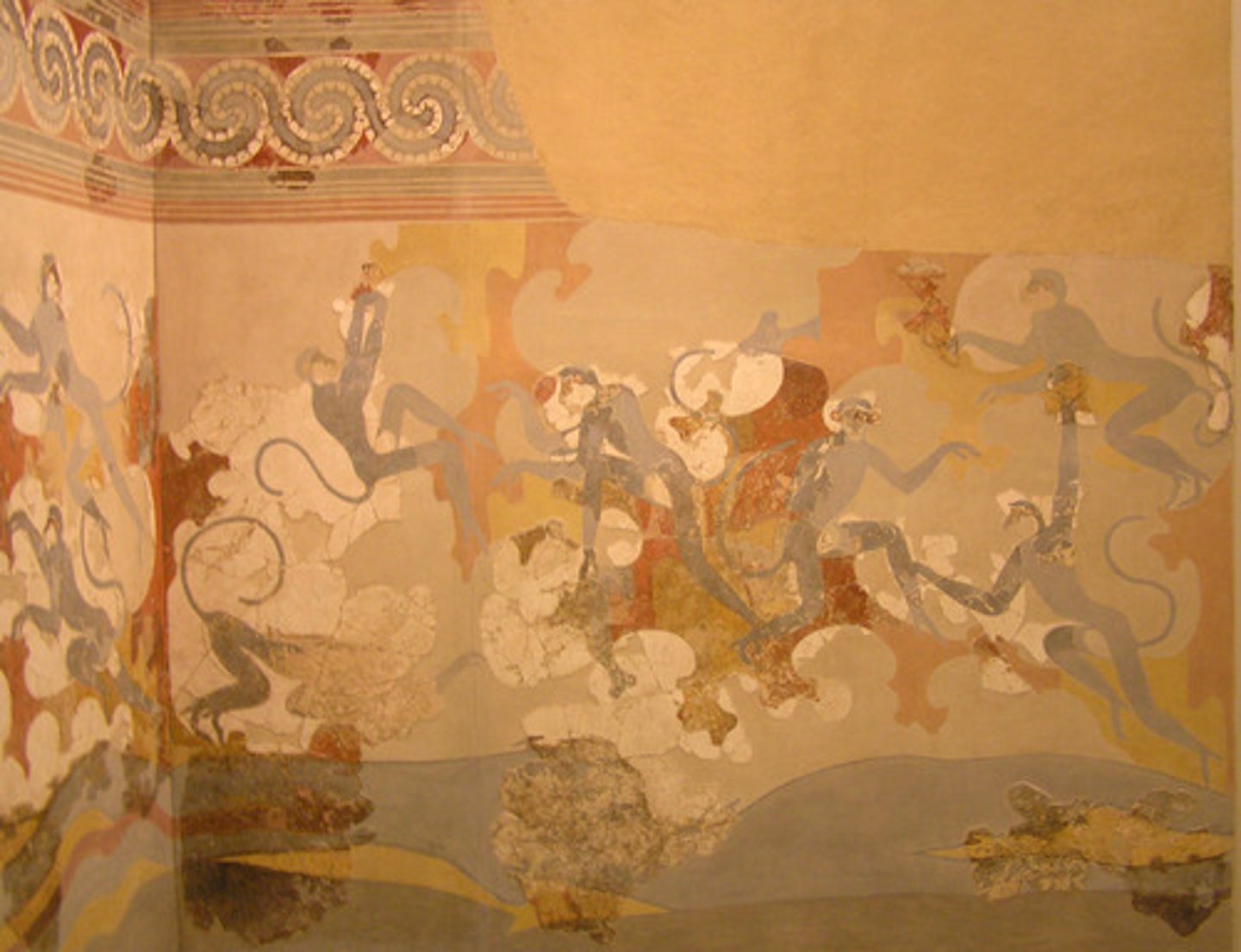
Akrotiri: bare-breasted female figure from Room 1 of the House of the Ladies
Fresco fragment of a bull leaper from Tell el'Dab'a in the Nile Delta in Egypt, c. 17 th century BC. This Minoan-style fresco attests to the interconnections between the Aegean and Egypt
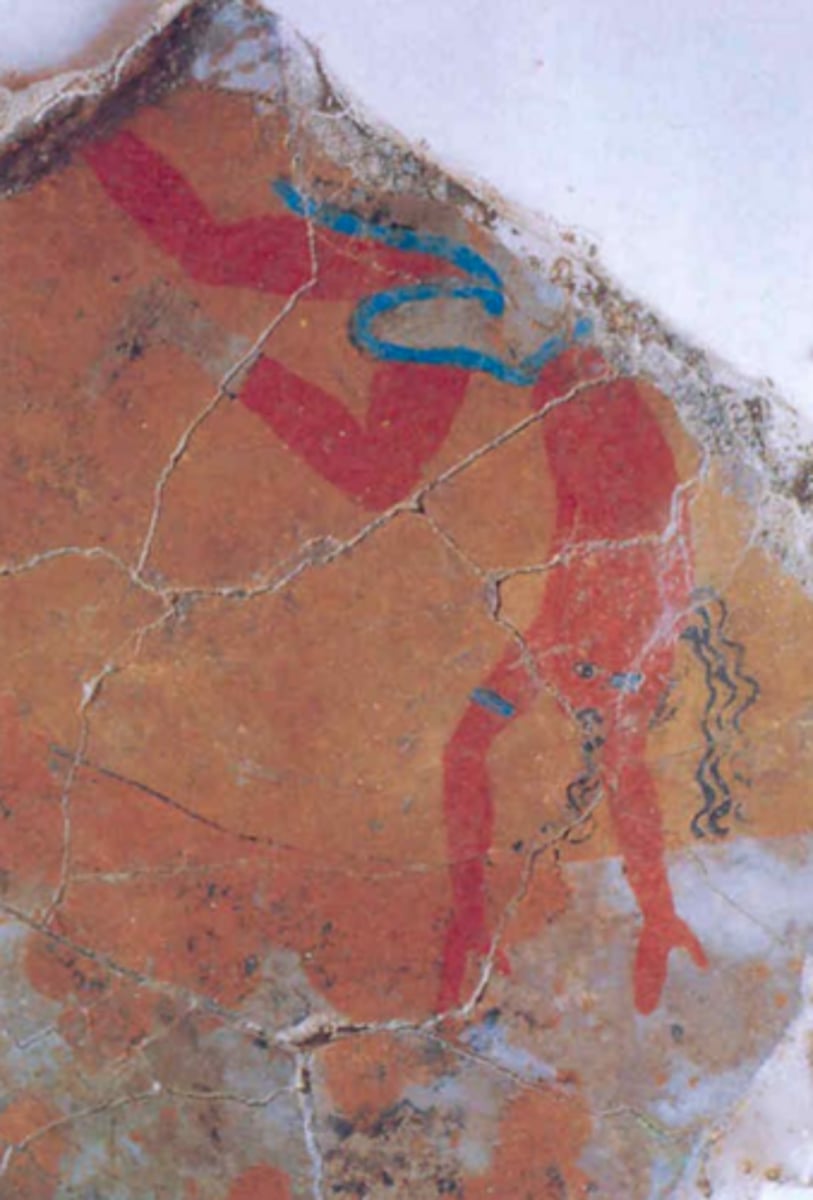
Plan of Houses A & F at Ayia Irinion the island of Kea, Second Palace Period. The town is composed of buildings that in some cases resemble Minoan houses (such as House A)
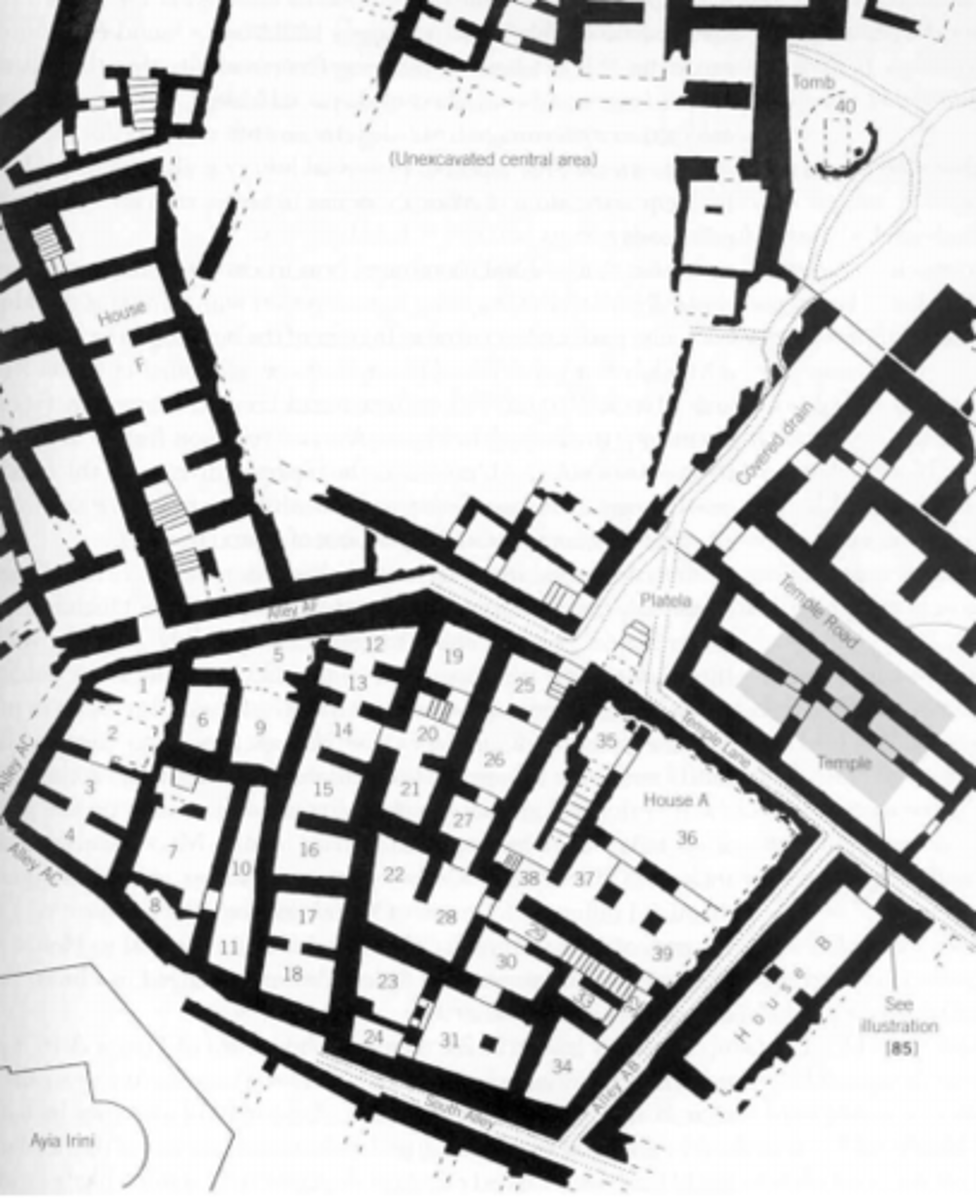
Plan (left) of the Temple at Ayia Irini, Kea in use from the Second Palace Period through the 8th centuryBC. Right: Large terracotta female figurine, one of 32+similar figurines from Room 1 of the Temple
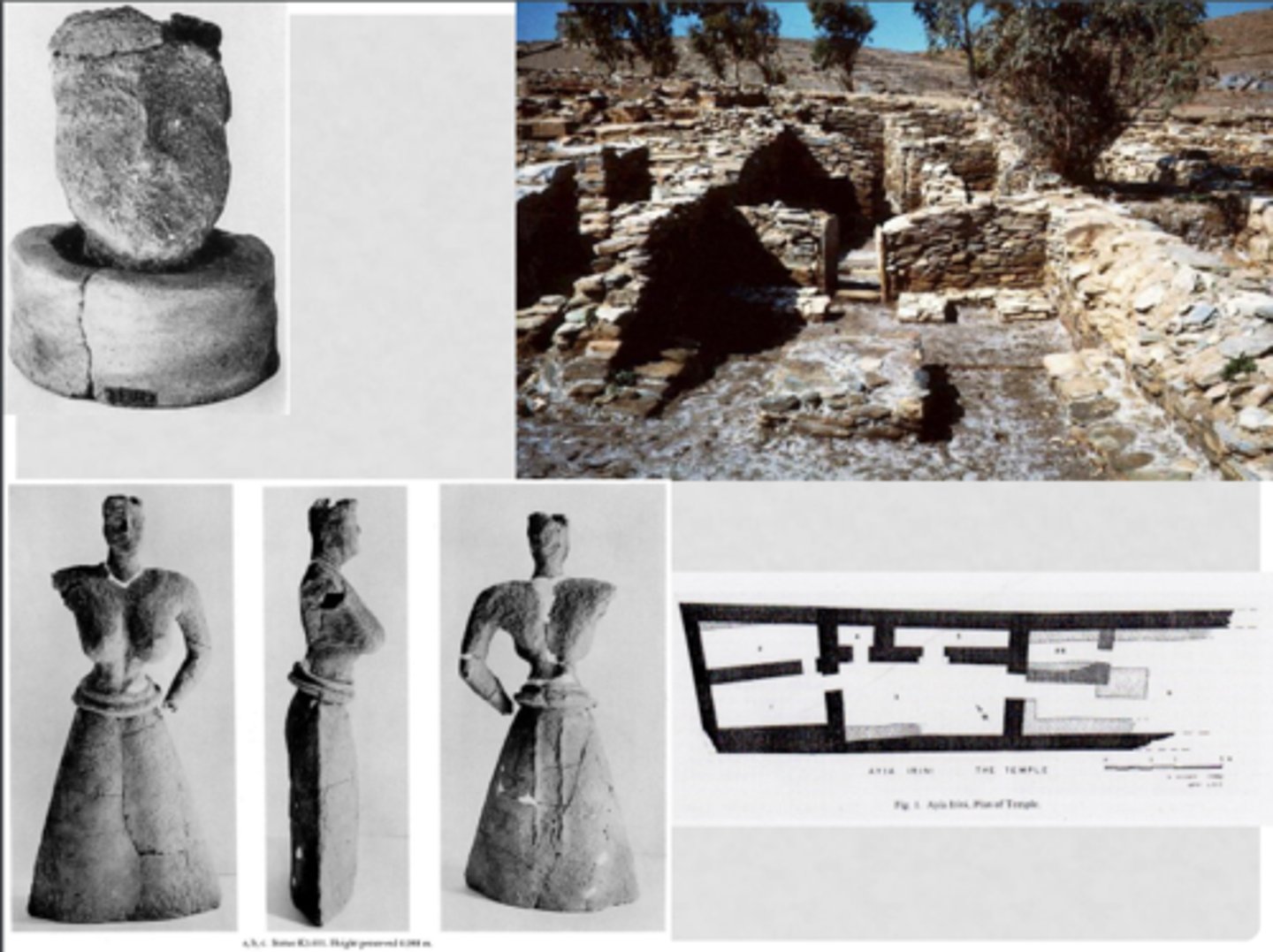
Fresco fragment called by Evans the "Captain of the Blacks," from Knossos, dated stylistically to the Mycenaean (or Third Palace) period. Note the distinctive headwear resembling a Nubian cap, the two spears, and the different skin colors of the individuals
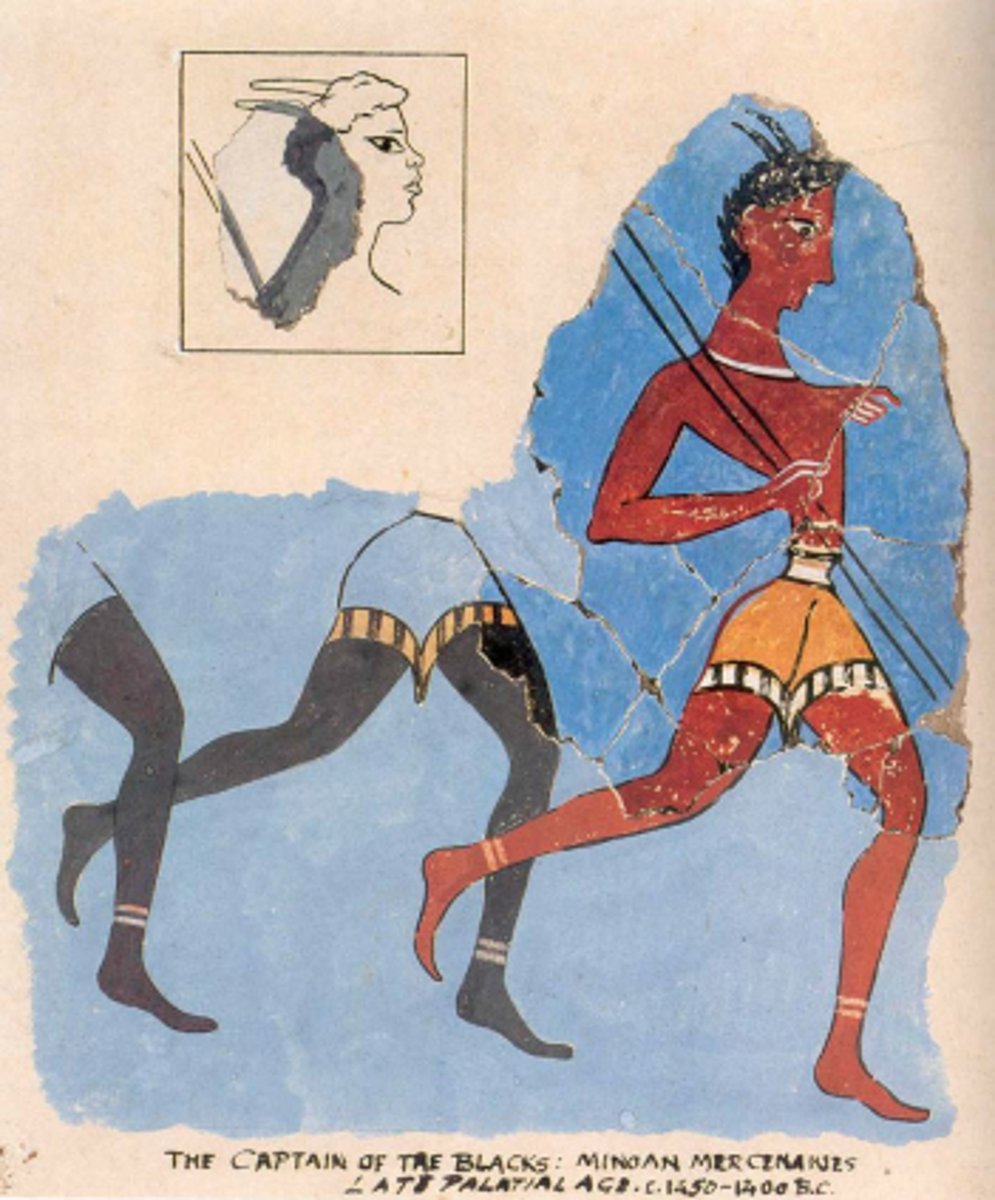
"Palace-style" storage jar from Knossos, Third Palace Period (1450-1375BC). This style is characterized by somewhat formalized floral & other motifs paint on a light ground
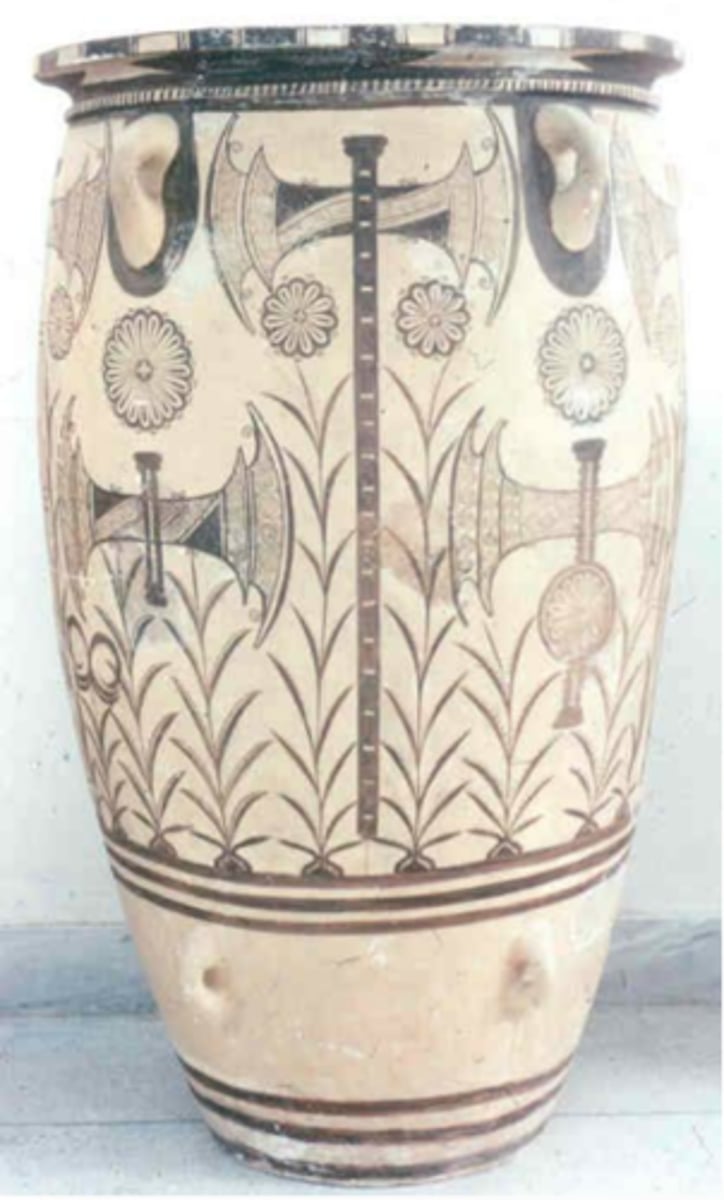
View of the western magazines or storage areas, Knossos, Third Palace Period, reused and partially modified during Mycenaean control of the palace
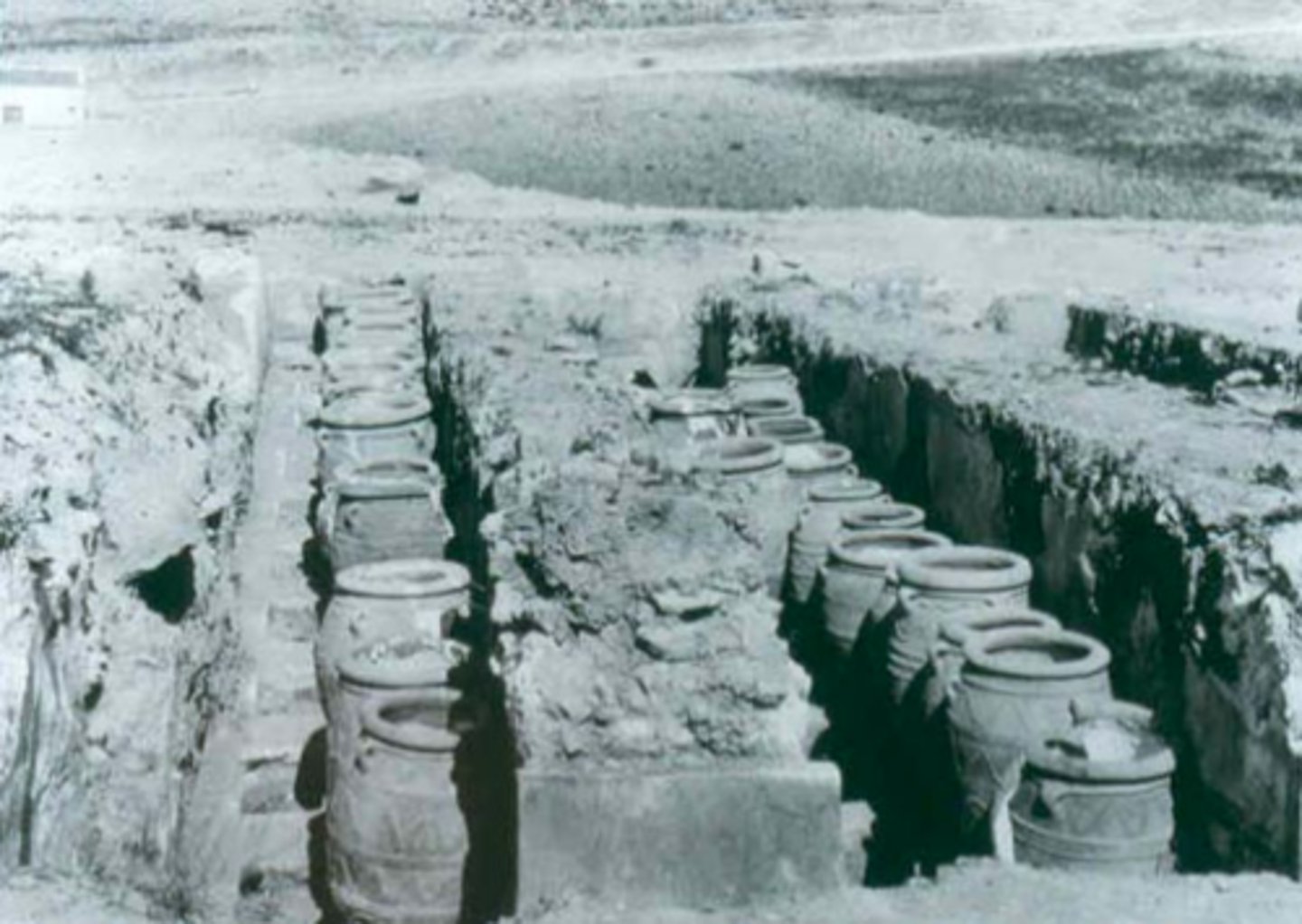
Reconstruction drawing of the ship-sheds at the port of Kommos near Ayia Triada. This stoa-like building has been interpreted as a compound of ship-sheds whose long rooms open on to the sandy beach. Third Palace Period (c.1450-1375 BC)

Aerial view of the Villa complex at Ayia Triada, which is Second Palace Period. What appears to be a Megaron was built over the villa in the Third Palace Period, and this is contemporary with the stoa complex at the northern sector of the site
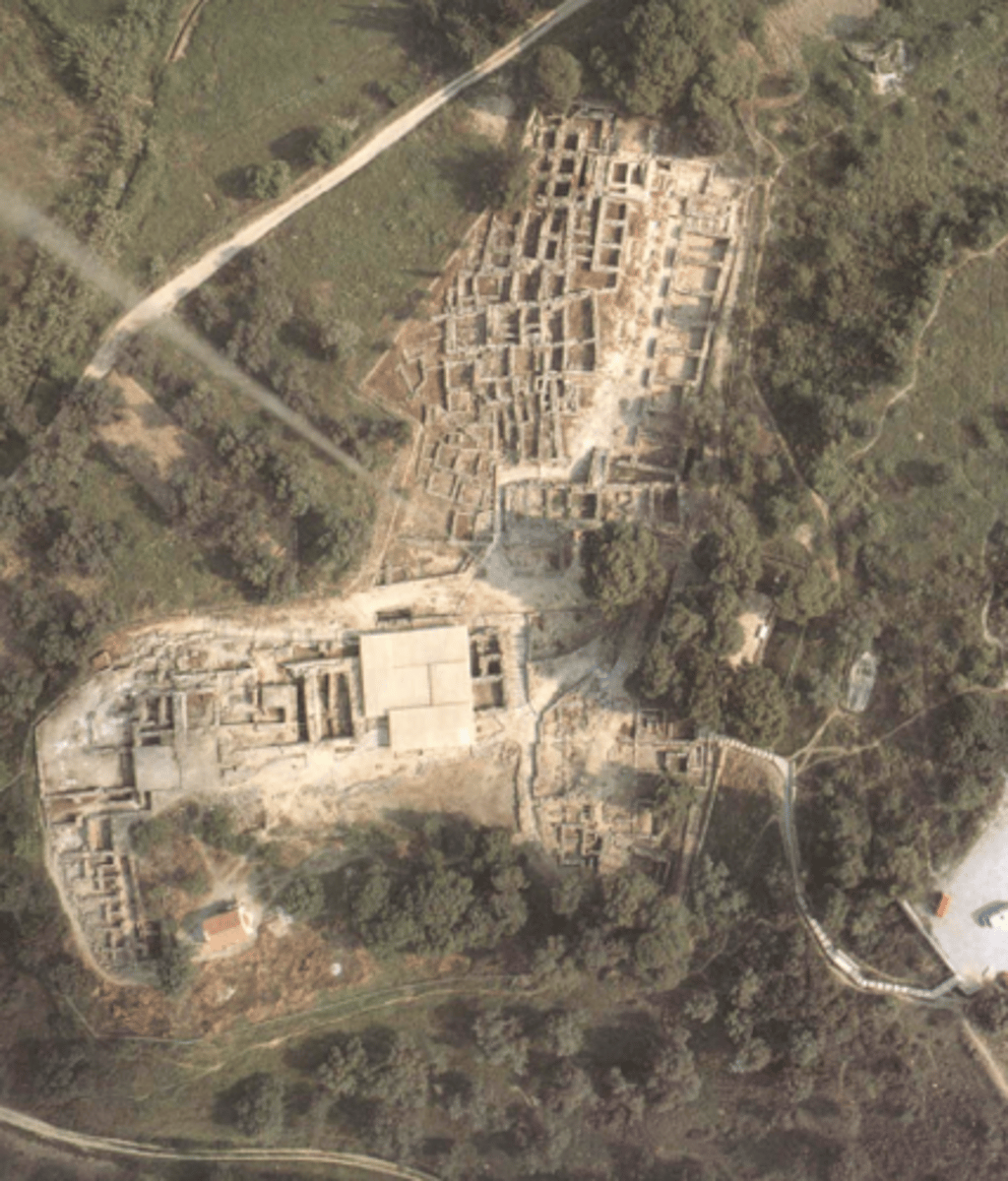
Plan of the Mycenaean Palace at Pylos, LH IIIA, c. 1300-1200 BC
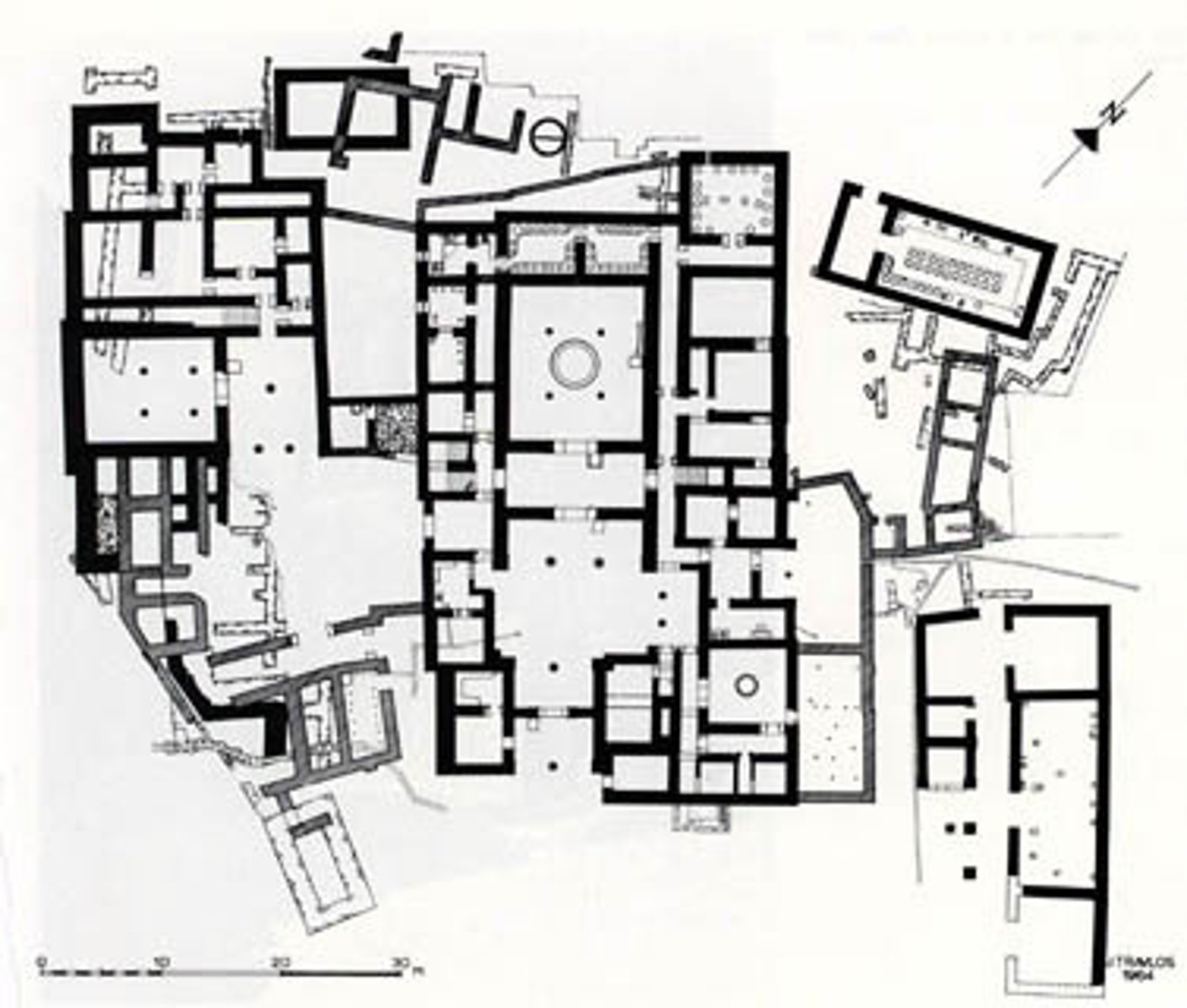
The "Lyre-Player" Fresco from the Central Hall of Throne Room at Pylos,13th century BC (reconstruction by Piet de Jong)
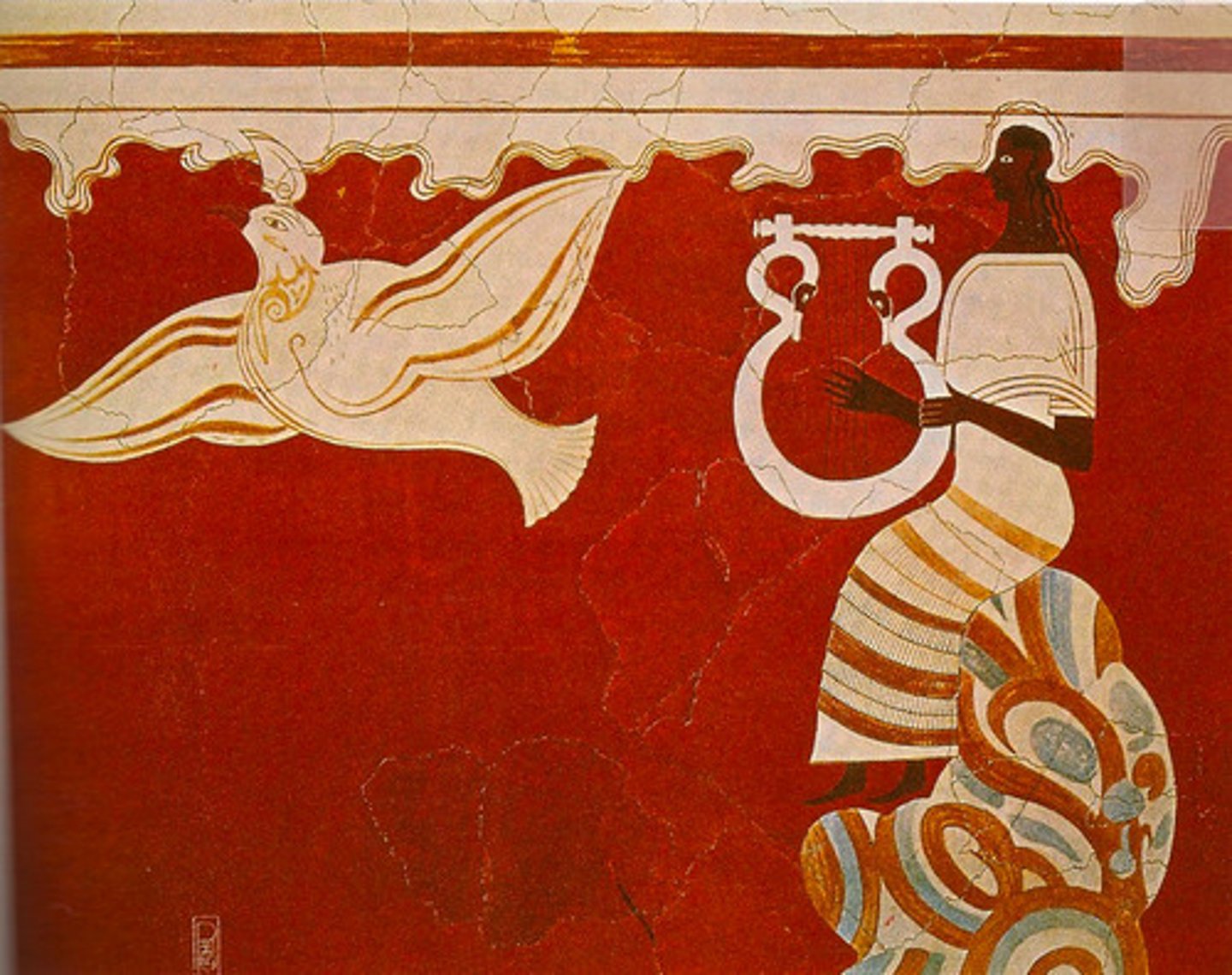
View of the Citadel at Mycenae with Grave Circle A excavated by Heinrich Schliemann shown in the foreground
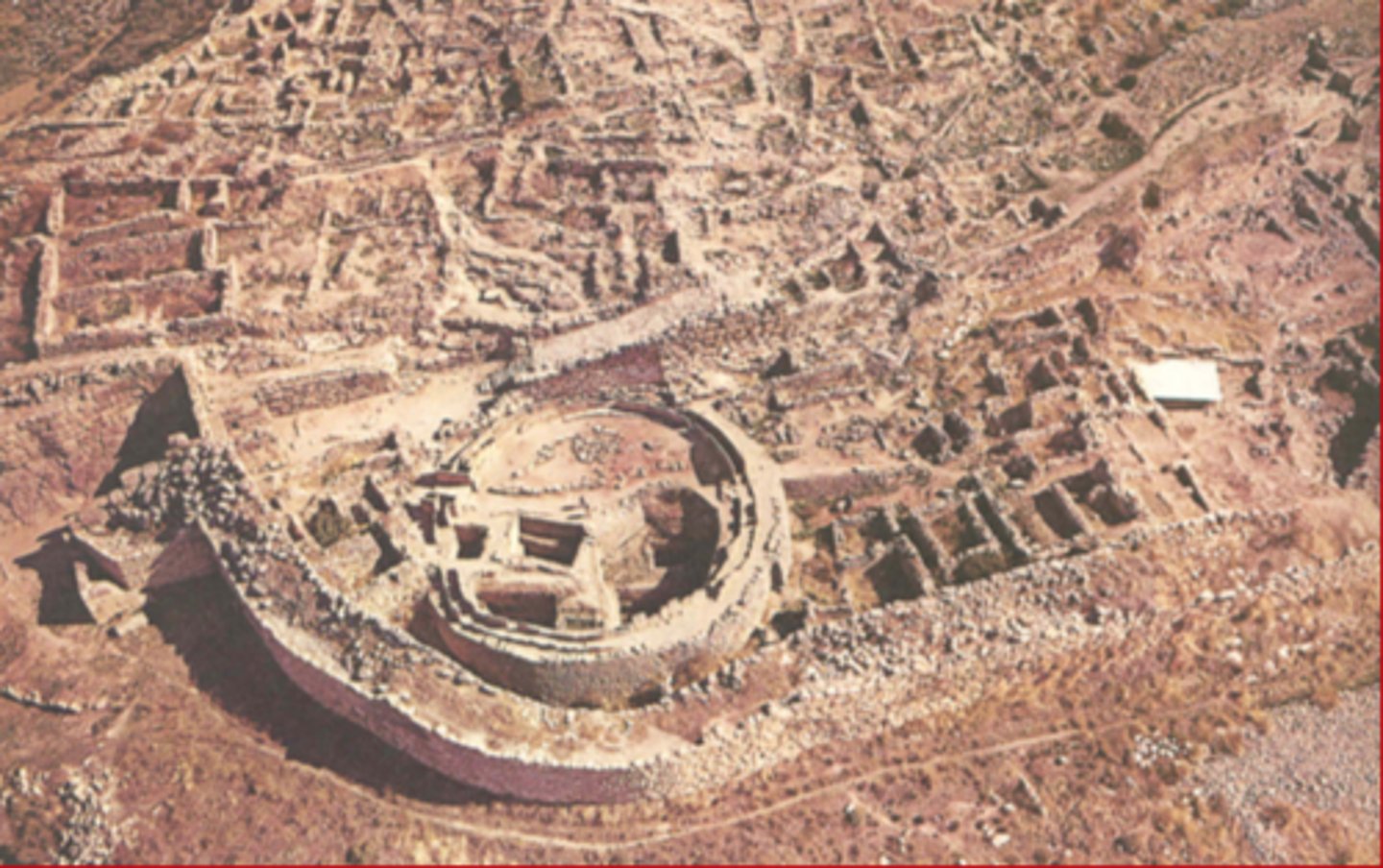
Four bronze daggers with inlaid decoration of gold, silver,and niello from Shaft Graves IV& V of Grave Circle A, c. 1550BC
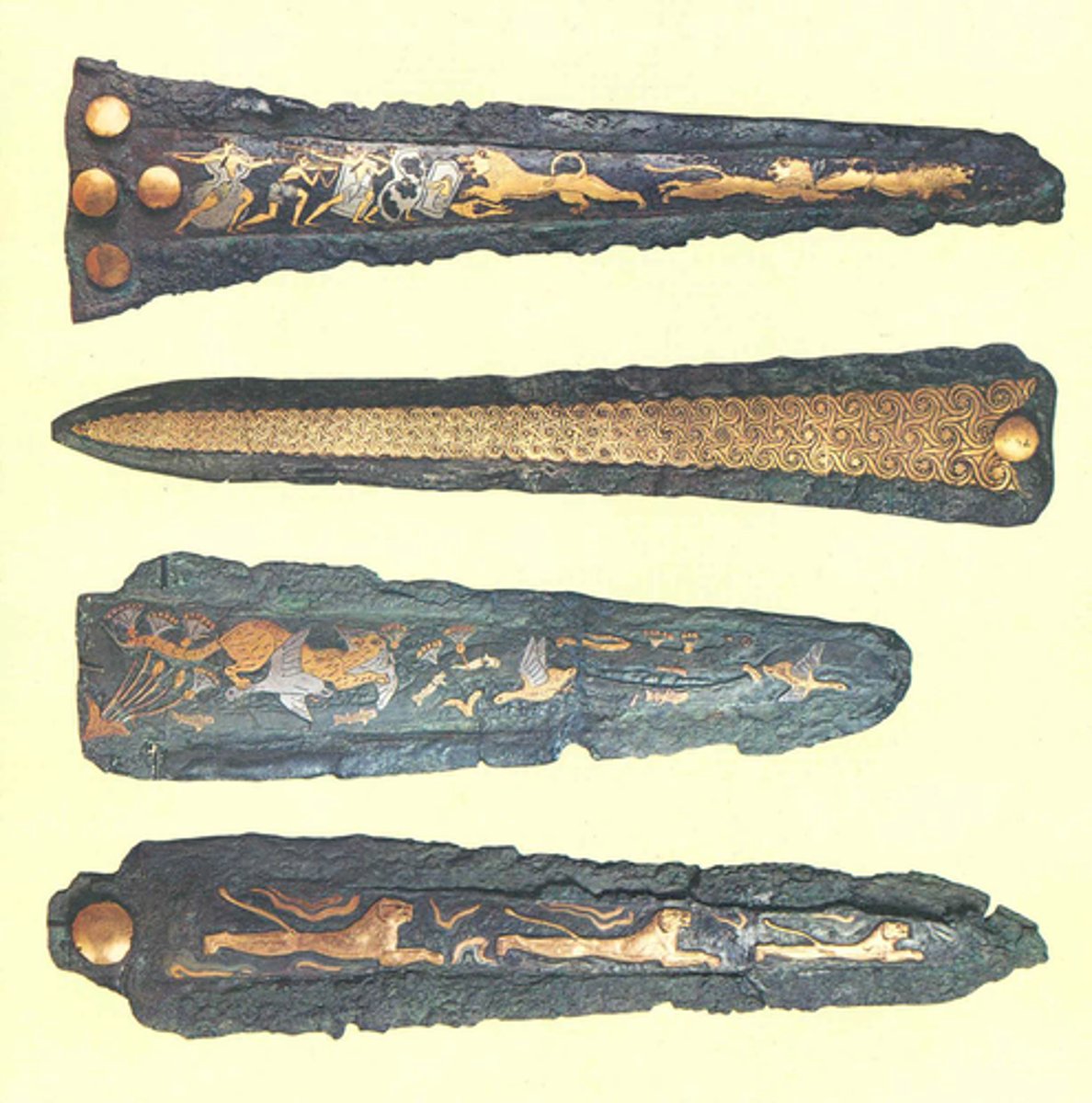
Five gold masks from Graves IV &V of Grave Circle A, dated to the 16thcentury BC
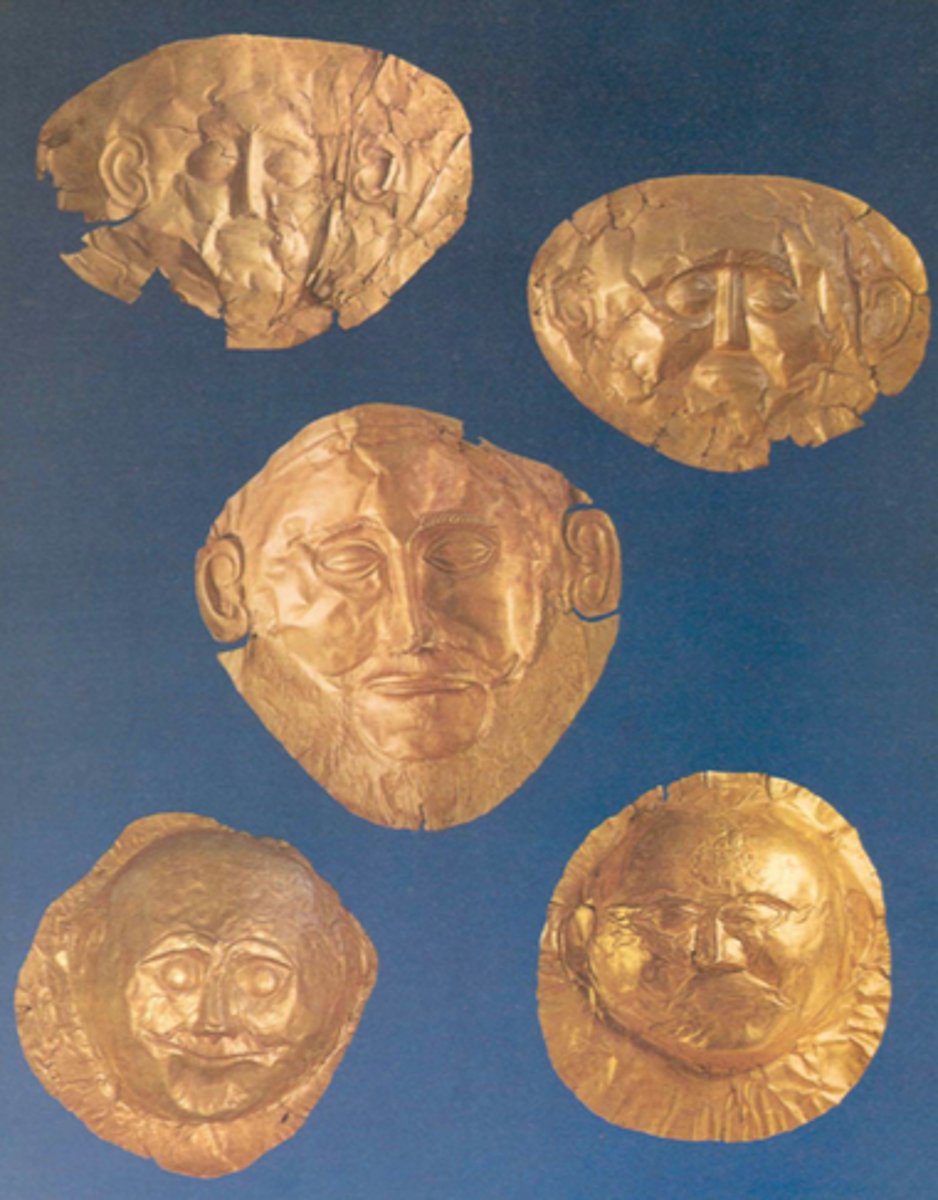
Limestone stele (tomb stone) from Grave V of Grave Circle A decorated with running spirals & a chariot scene,16th century BC
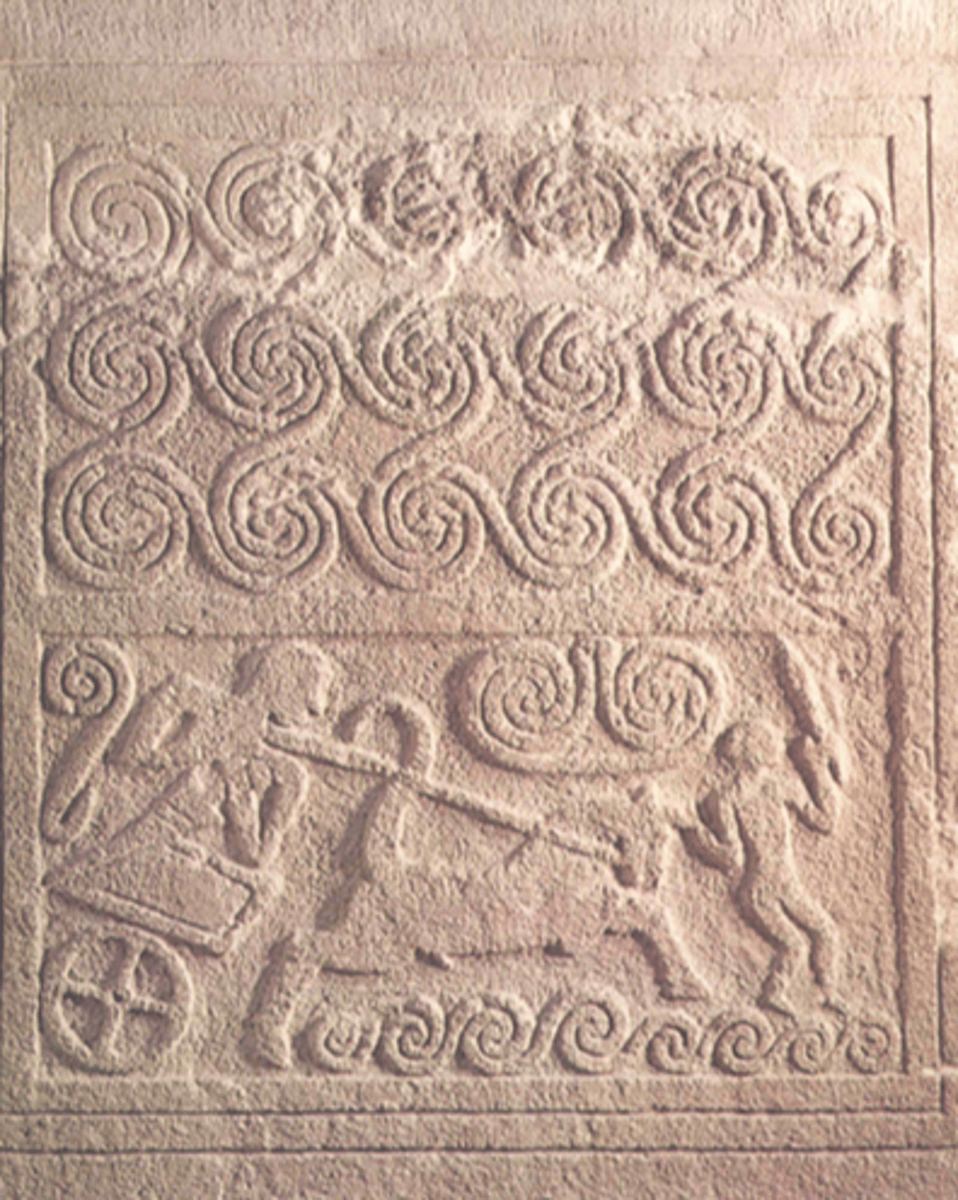
The Lion's Gate at Mycenae, variously dated between 1350 and 1200 BC
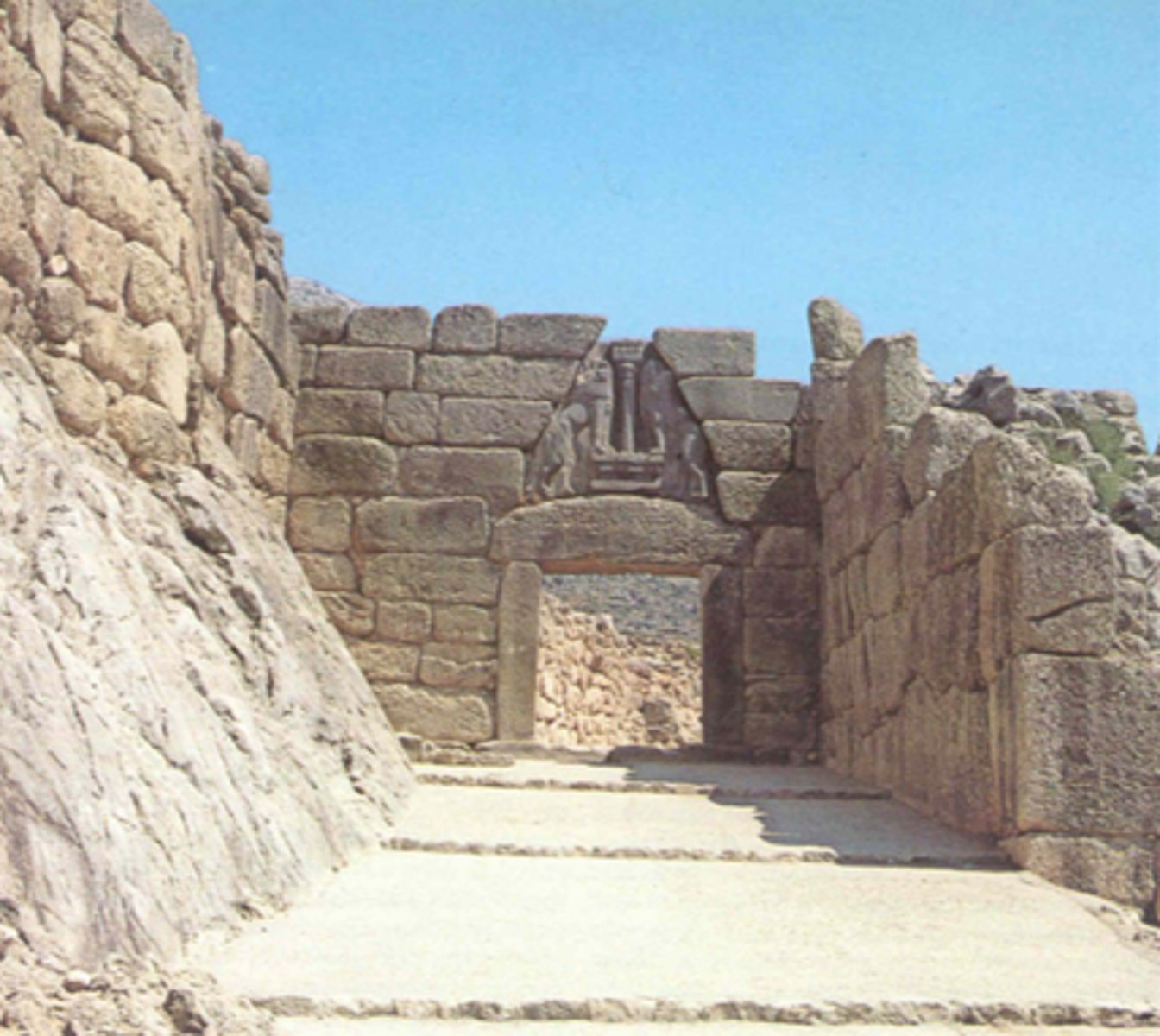
Fresco known as the "Mycenaean Lady" of "Goddess" from the so-called "House of the High Priest" at Mycenae, c. 1200 BC
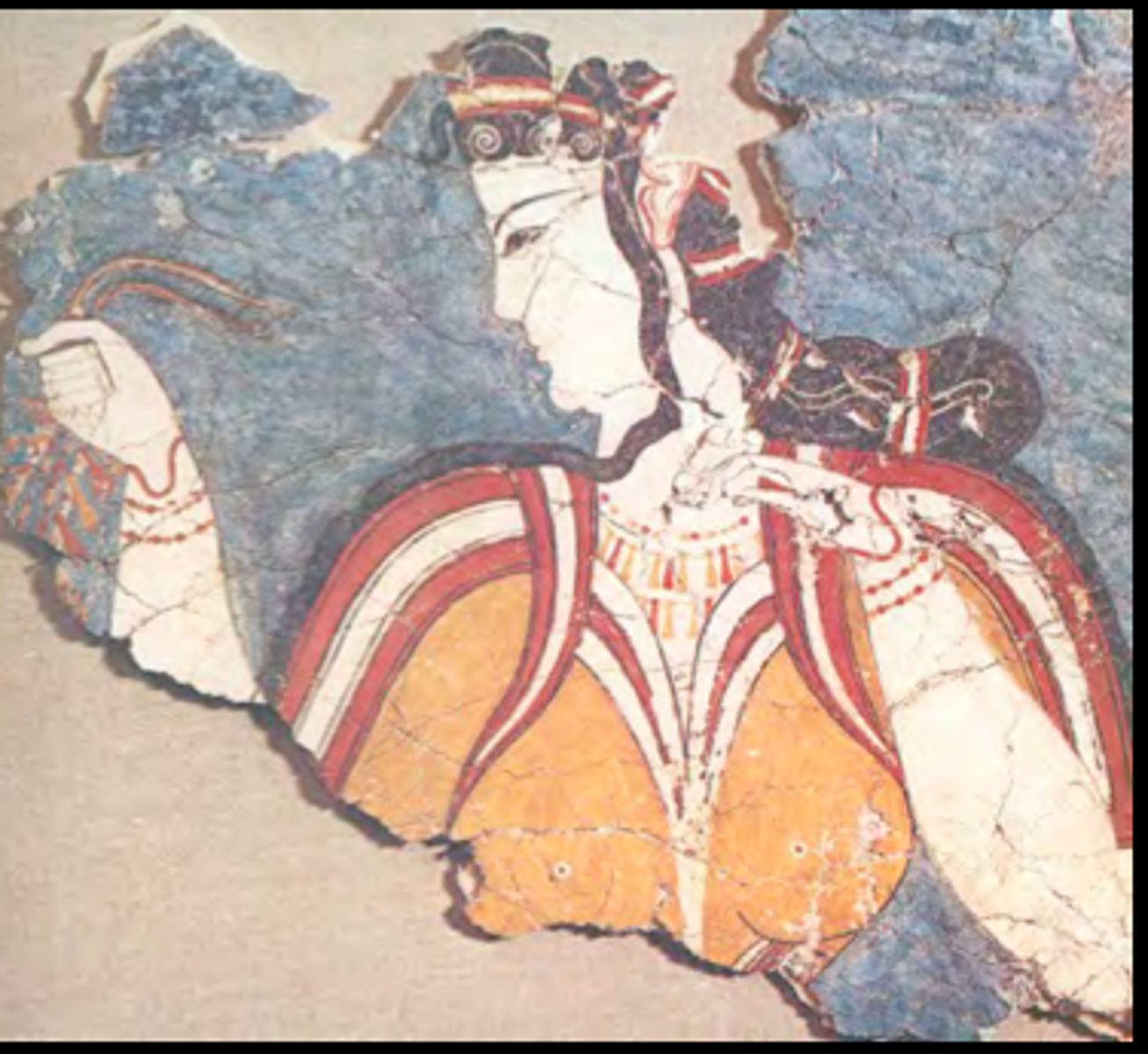
Ivory head of a warrior wearing a helmet covered with boars' tusks, from a chamber tomb at Mycenae
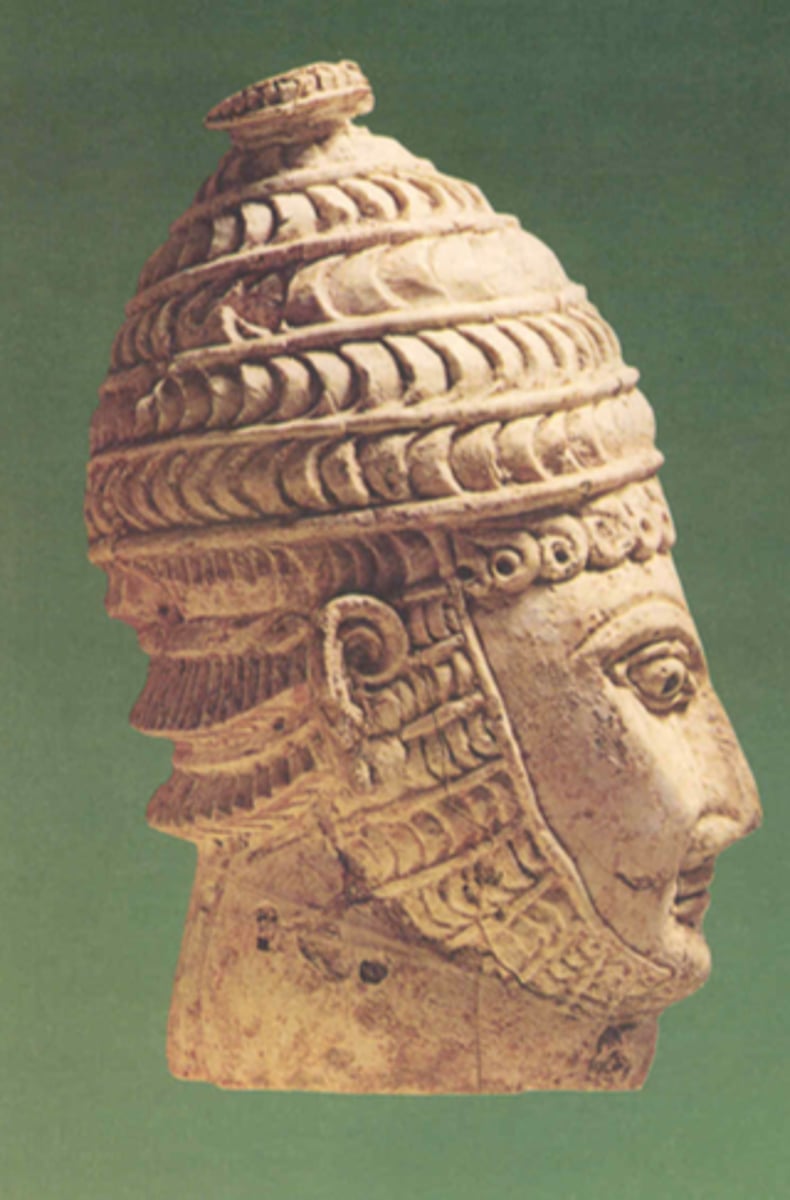
Typical Mycenaean terracotta figurines, two of the psi type and one (in the center) of the phi type, 13th century BC
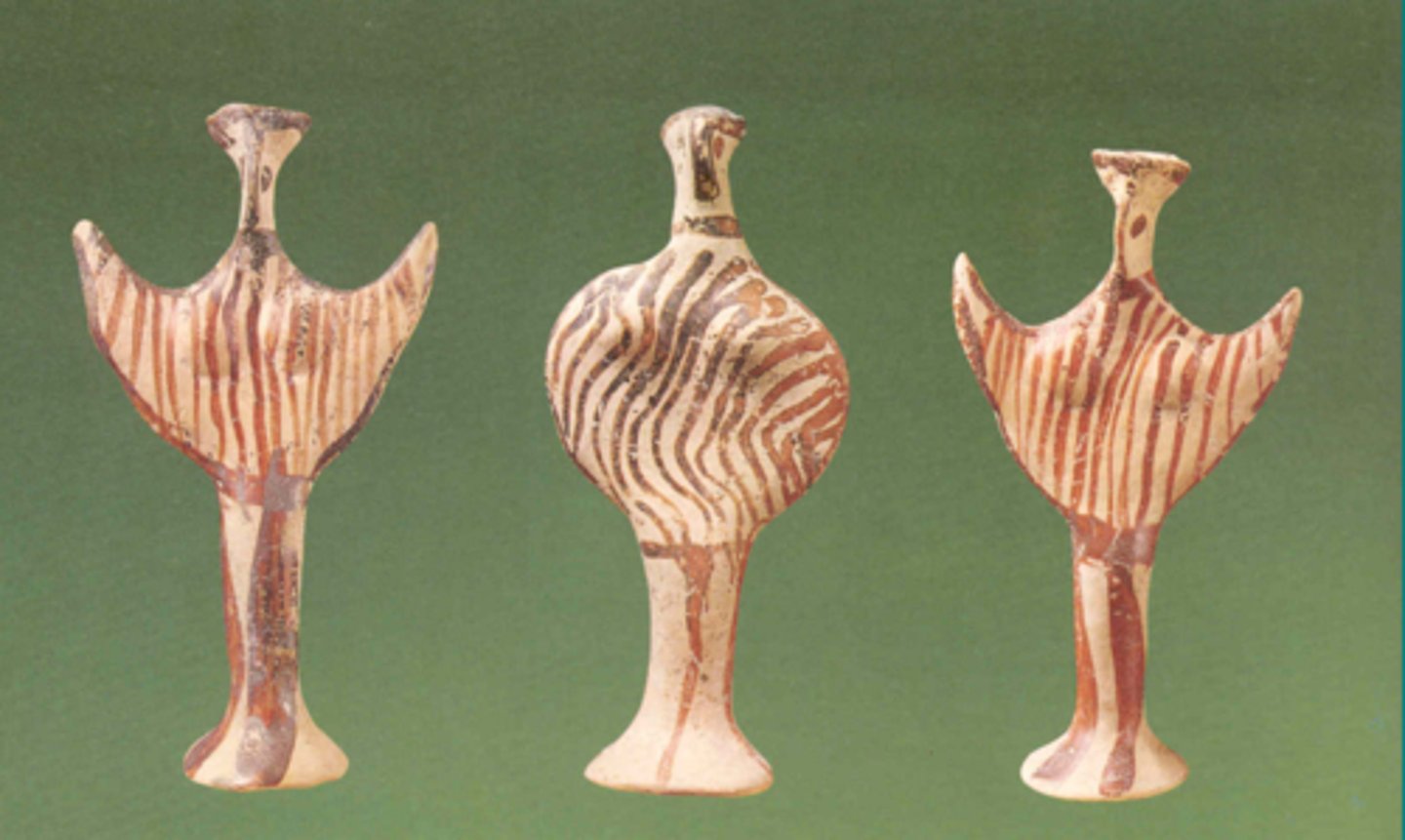
The largest of the Tholos Tombs at Mycenae, known as the Treasury of Atreus, constructed sometime after 1250 BC. Left: the dromos & façade; right:the interior
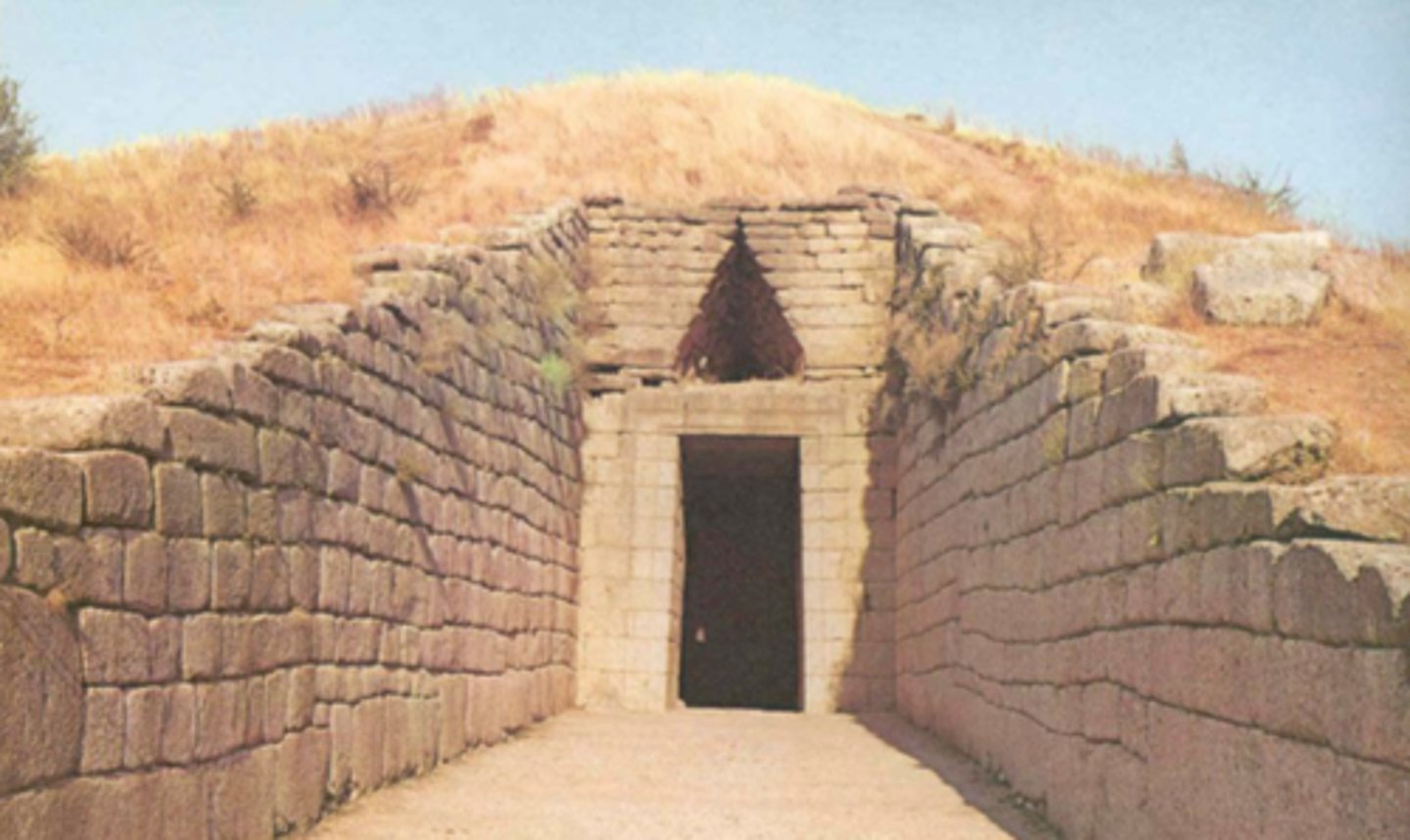
Plaster female head from Mycenae, possibly of a sphinx or goddess, c. 13th century
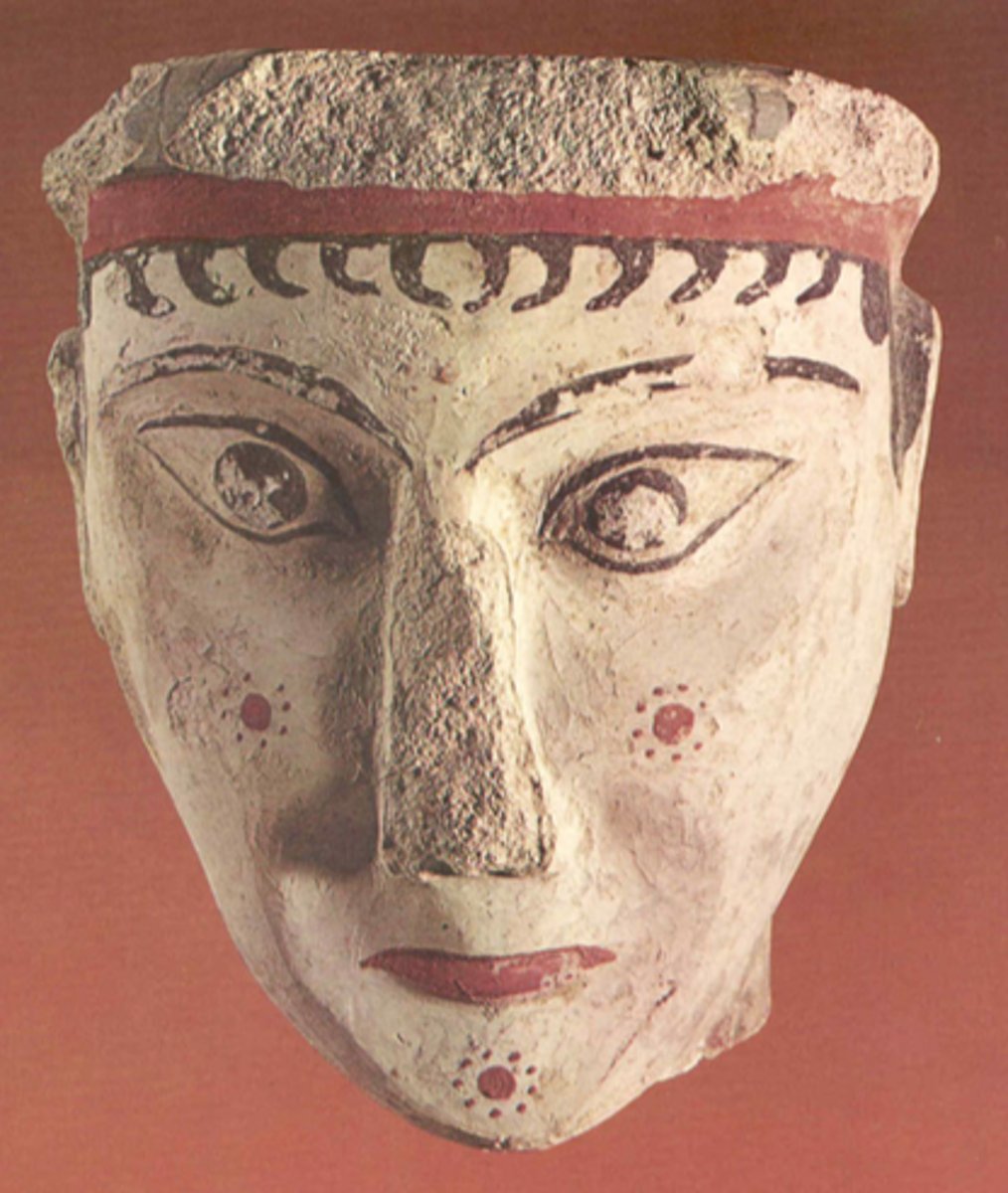
Gold signet ring from the acropolis of Mycenae that looks very Minoan in style; is it Minoan or Mycenaean?
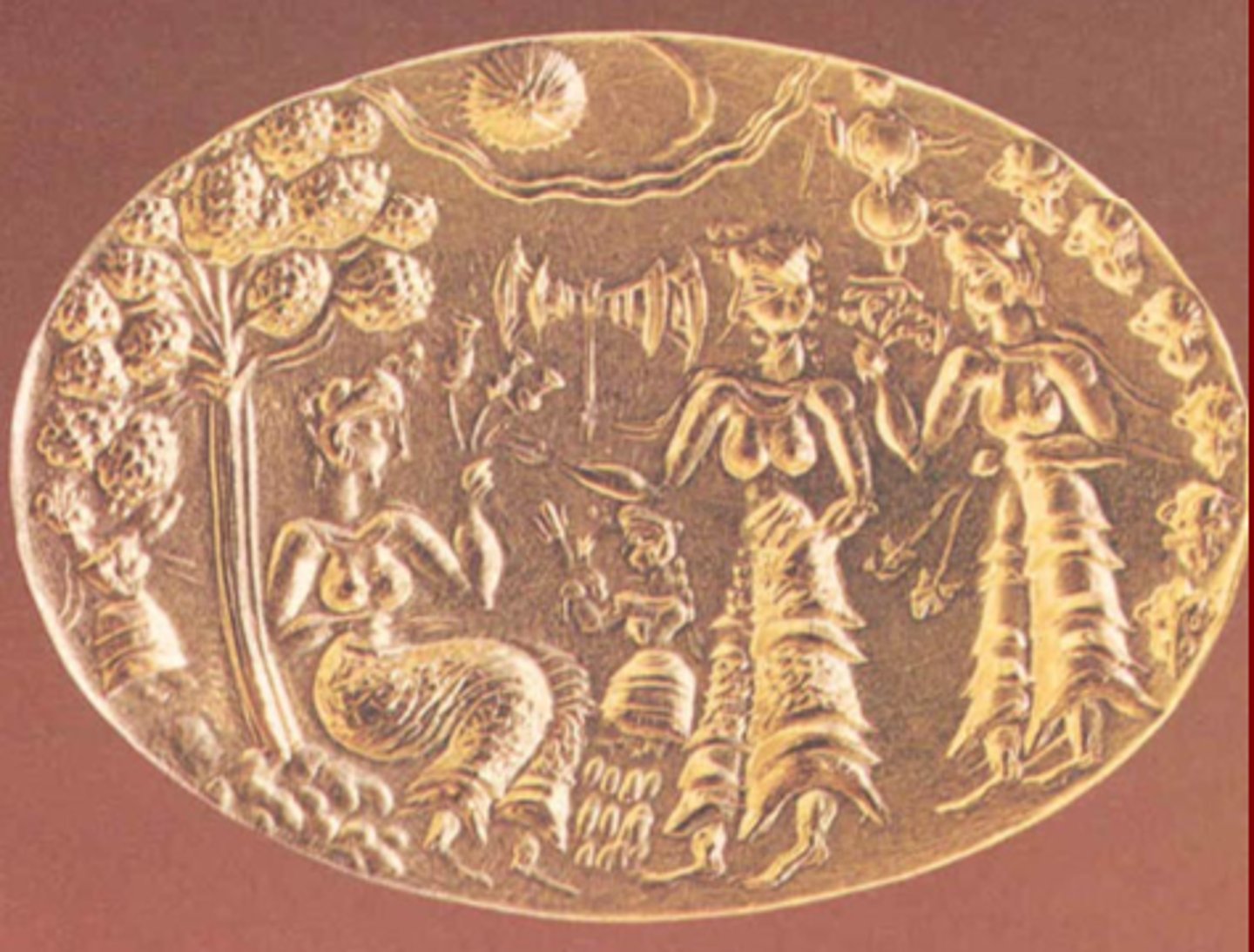
One of the two gold cups found by Tsountas at Vapheio, near Sparta,known as the Vapheio Cups, ca. 1450 BC or slightly earlier
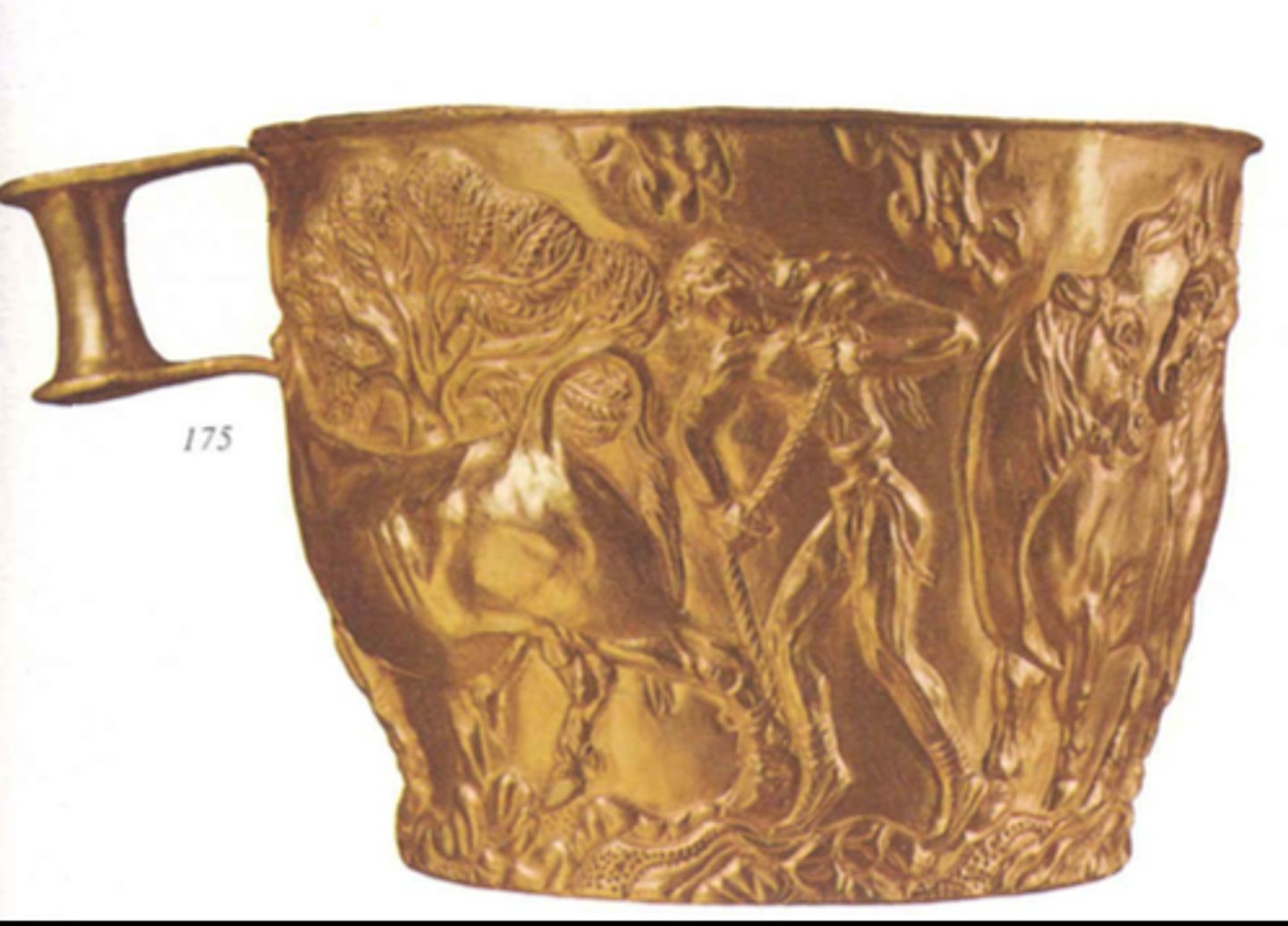
Complete Late Bronze Age corselet of bronze, with a boars' tusk helmet, from a chamber tomb at Dendra in the Argolid
